Сообщение TOP 50 legendary LIFE magazine photographs появились сначала на Old Pictures.
]]>LIFE magazine always managed to onboard the best photographers. Starting from the first issue that hit the shelves on November 23, 1936, the continuously surprised the public with their sharp and unforgettable photographs. No surprise, the LIFE magazine was the top illustrated US publication for decades.
LIFE magazine was published weekly from 1936 to 1972. Nonetheless, competitors (TV, mostly) took their readers’ share and forced the glorious publication to switch to a monthly basis. The magazine stood tall from 1978 to 2000.
But we still remember the LIFE magazine! We continue to dig through its archives and find new and new amazing photographs that deserve the fresh publication. This publication covers the LIFE magazine photographs that became an integral part of the photo history. Many of these pictures starred the 100 most important pictures in history.
Here you can check our selection of the Best LIFE magazine’s covers.
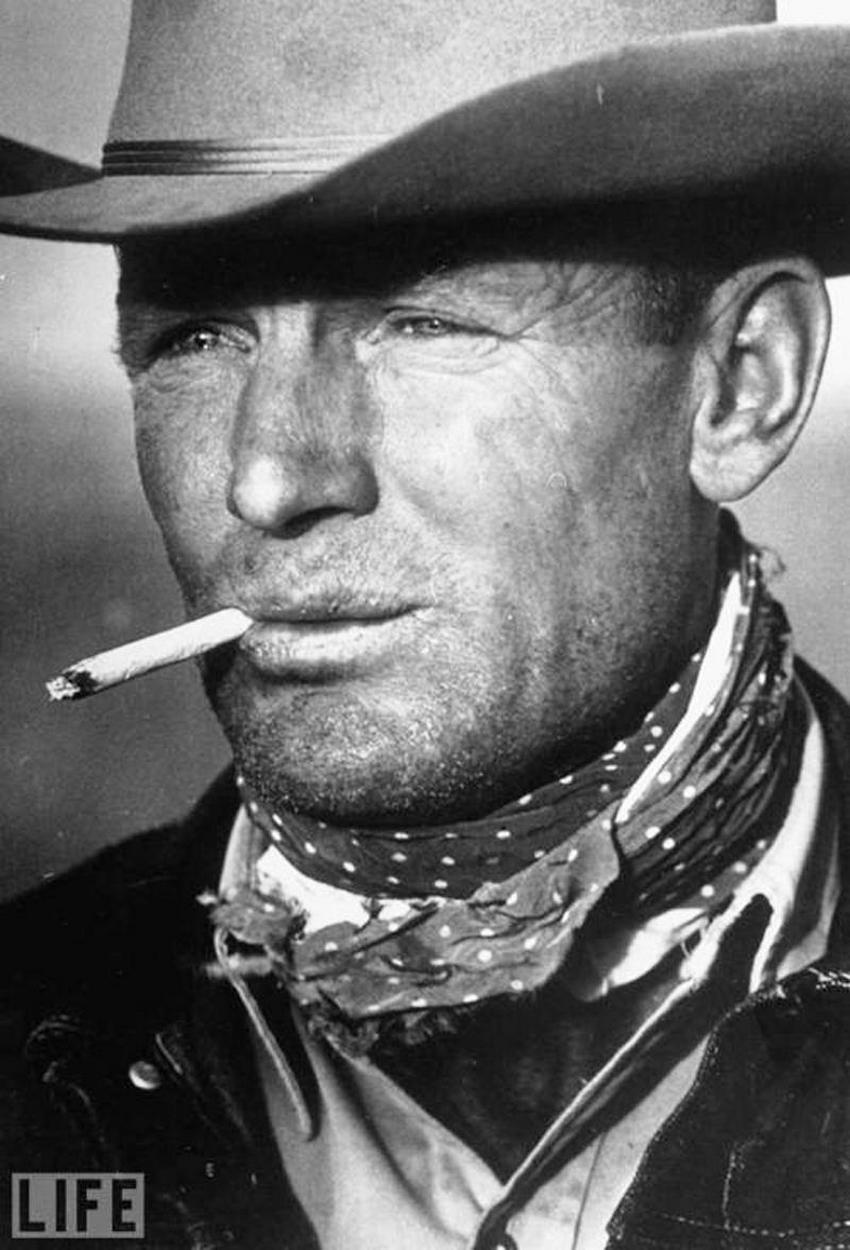
The Marlboro Man.
Photo by Leonard McCombe, 1949.
39-year-old Texas cowboy Clarence Hailey. This image became the best-known cigarette advertisement.
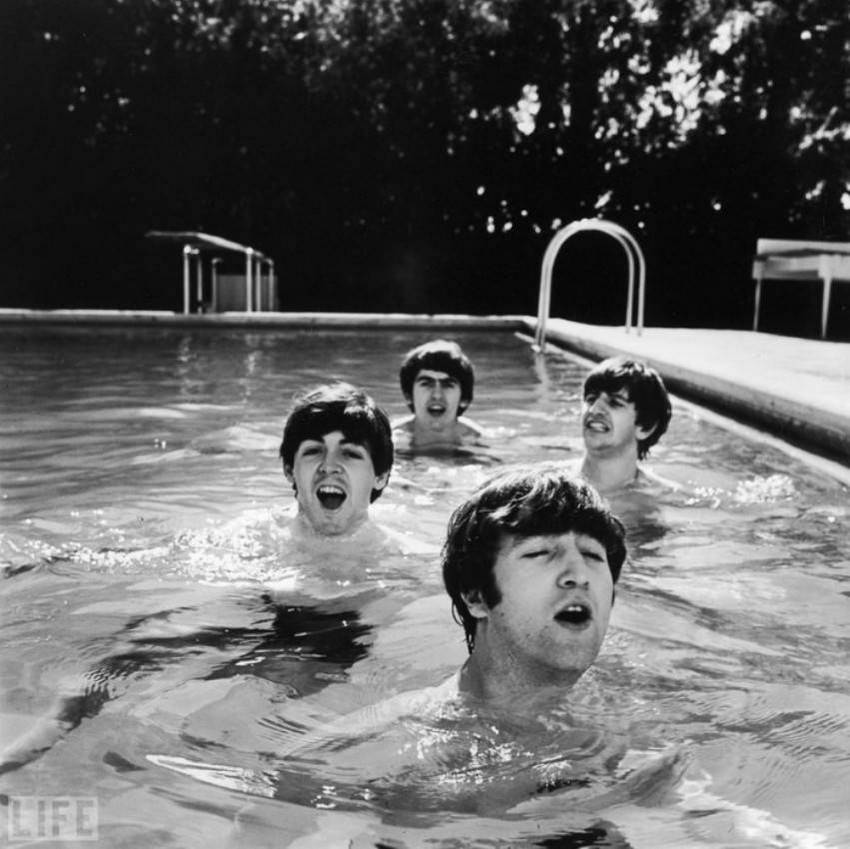
The Beatles in Miami
Photo by John Loengard, 1964.
The Beatles on their famous American Tour. The pool water was quite cold that day, as Ringo’s grimace tells.
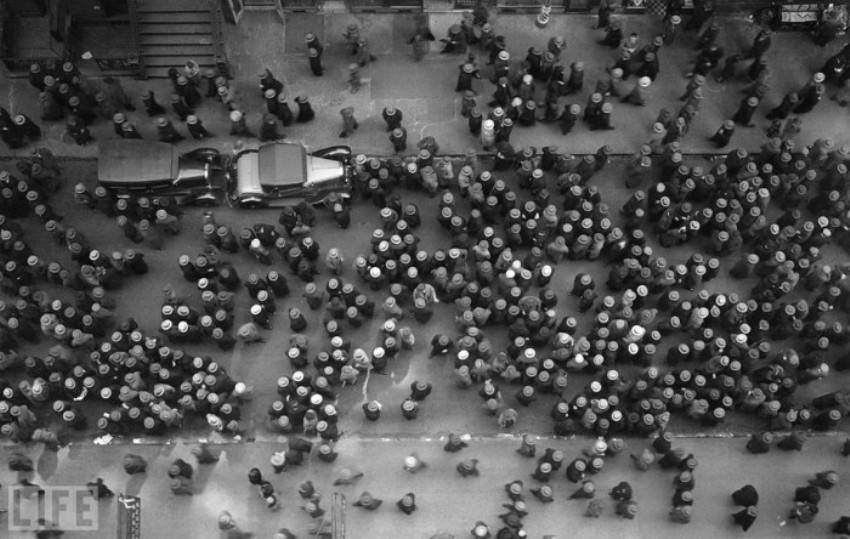
Sea of Hats
Photo by: Margaret Bourke-White, 1930.
A crowd wearing hats on the streets of New York. Interestingly, Margaret Bourke-White captured this image before the LIFE publication started. It looks like magazine editors took this picture and published it later just for its artistic value.
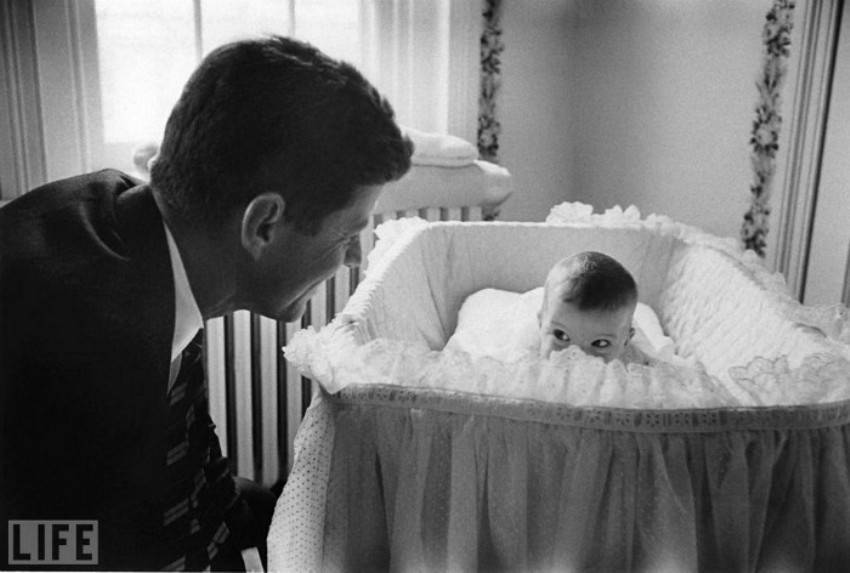
Peek-A-Boo
Photo by Ed Clark, 1958.
John F. Kennedy plays hide-n-seek with his daughter Caroline.
Read more: Rosemary Kennedy: the tragedy of JFK’s sister lobotomy in pictures.
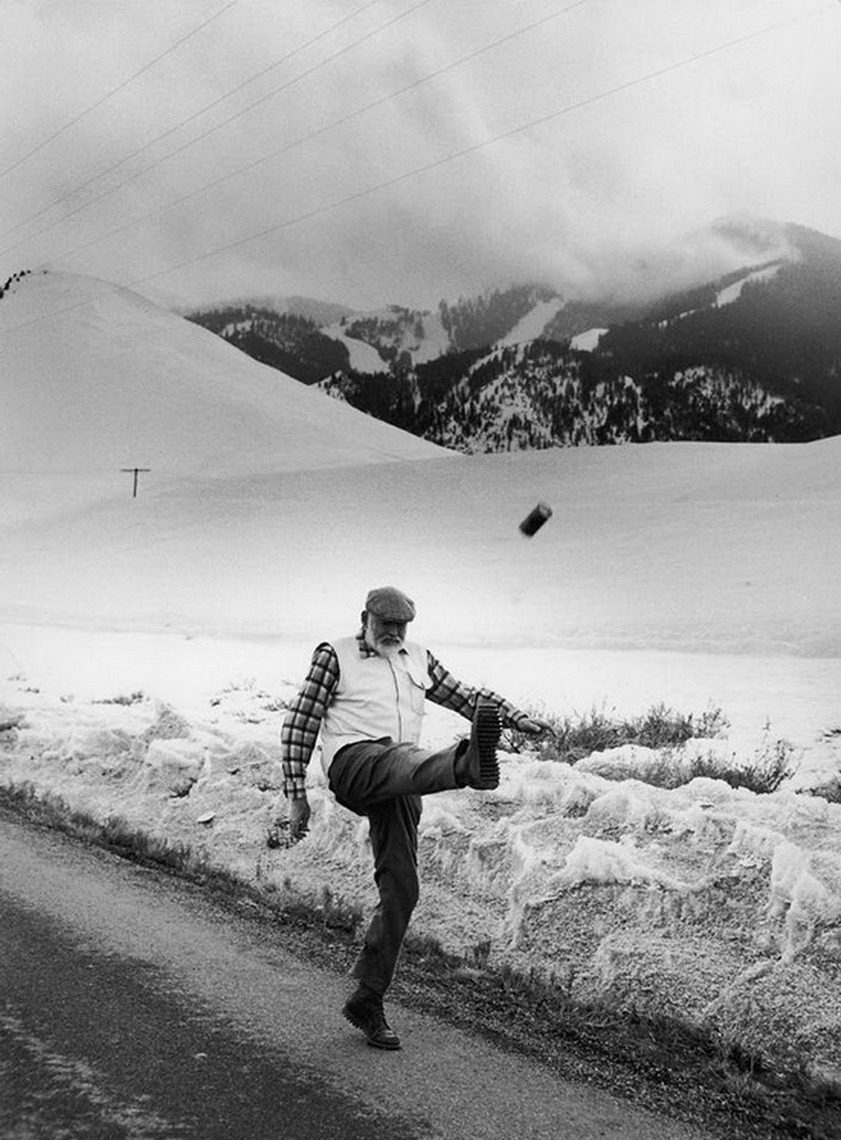
Lion in Winter
Photo by: John Bryson, 1959.
Hemingway near his home in Ketchum, Idaho. This picture was featured in our Hemingway and Alcohol selection.
In 20 months, Ernest Hemingway will pass away.
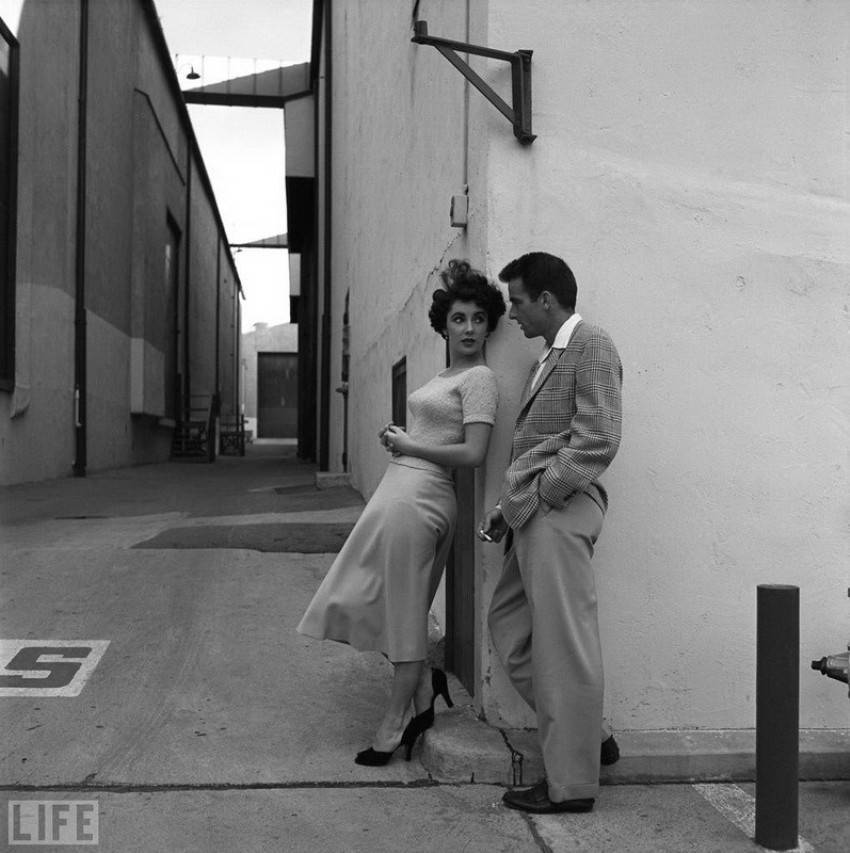
Liz and Monty
Photo by Peter Stackpole, 1950.
Elizabeth Taylor and Montgomery Clift take a break during filming “A Place in the Sun” at Paramount Studios.
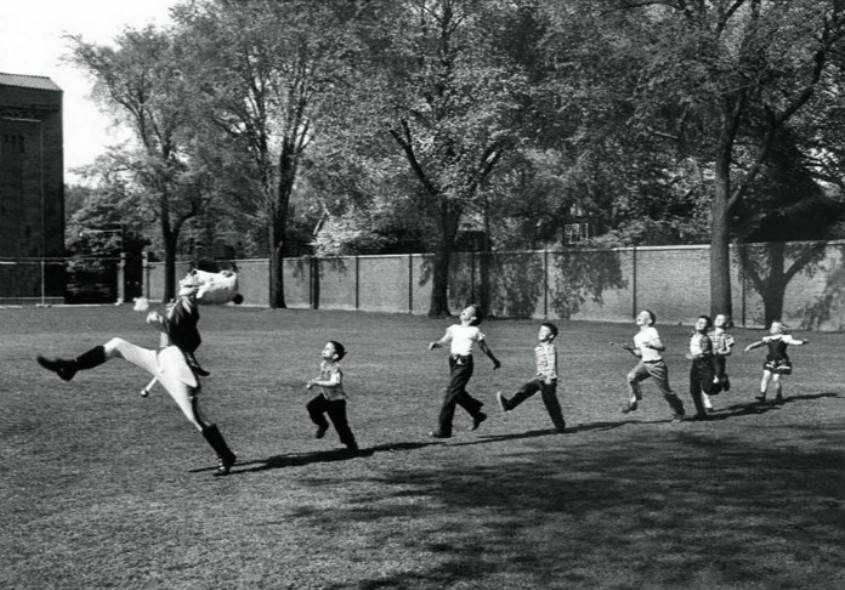
Pied Piper of Ann Arbor
Photo by: Alfred Eisenstaedt, 1950.
A drummer from the University of Michigan marches with children. See more beautiful photographs by Alfred Eisenstaedt.
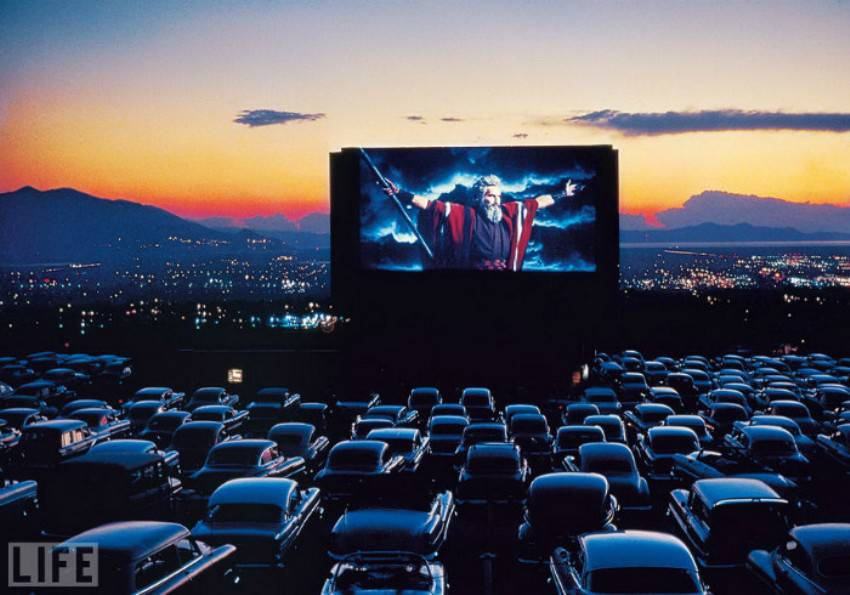
Parting the Sea in Salt Lake City
Photo by J.R. Eyerman, 1958.
The auto movie theater in the capital of Utah, Salt Lake City. Moses, in front of the parting Red Sea in the film “The Ten Commandments.”
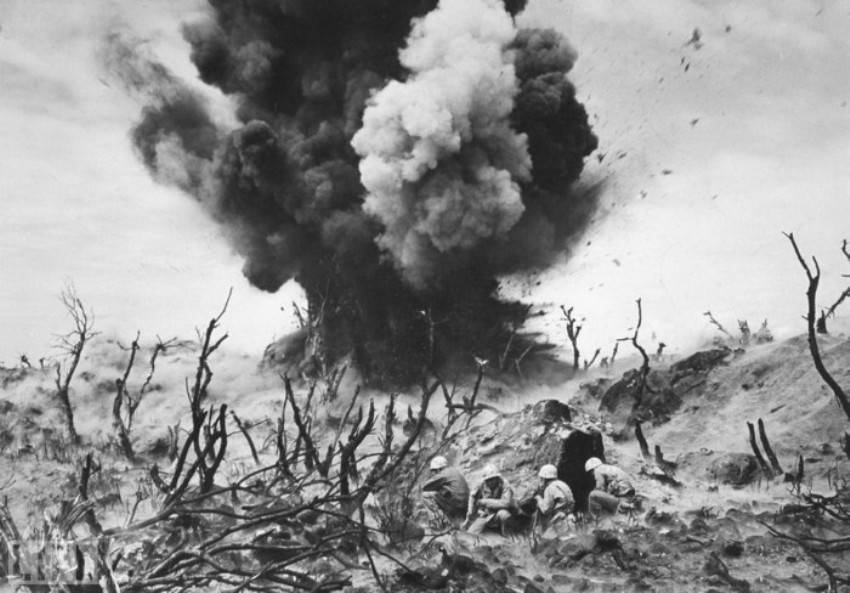
The sand of Iwo Jima
Photo by: W. Eugene Smith, 1945.
American Marines during the Battle of Iwo Jima in the spring of 1945. See more amazing WW2 photography by Eugene Smith.

Picasso and Centaur
Author of the photo: Gjon Mili, 1949.
Ephemeral drawing in the air.
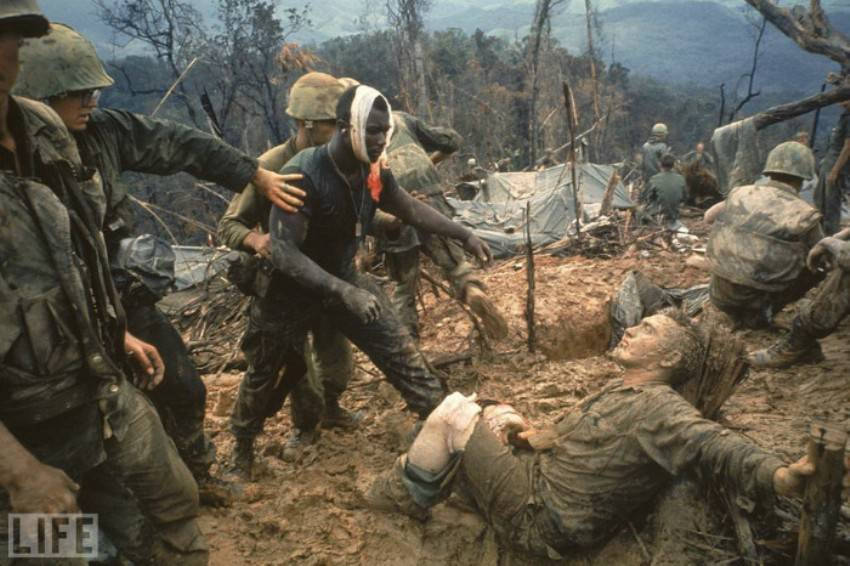
Reaching Out
Photo by Larry Burrows, 1966.
Marines during the Vietnam War. The black soldier reaches out to his wounded, white comrade.
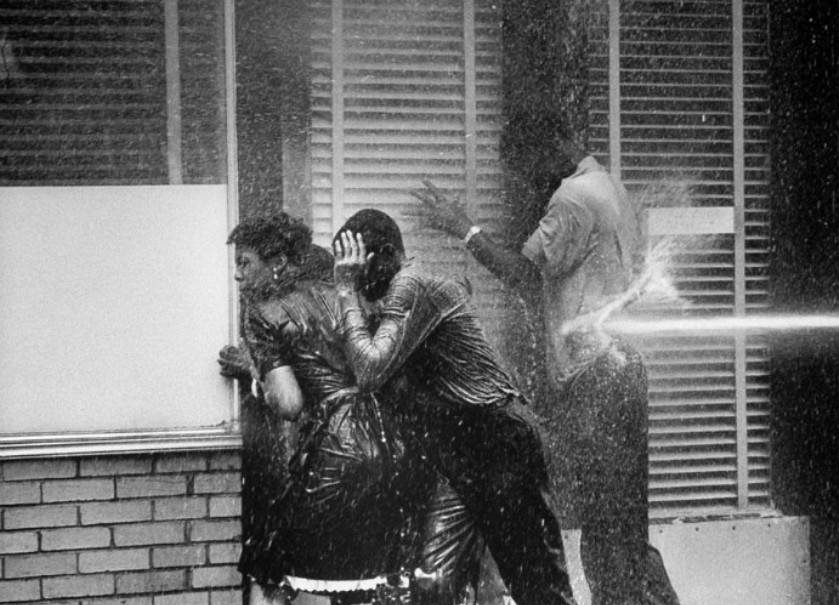
Meeting peace With fire hoses.
Photo by: Charles Moore, 1963.
Fire hoses were used to disperse a peaceful anti-segregation rally in Birmingham, Alabama.
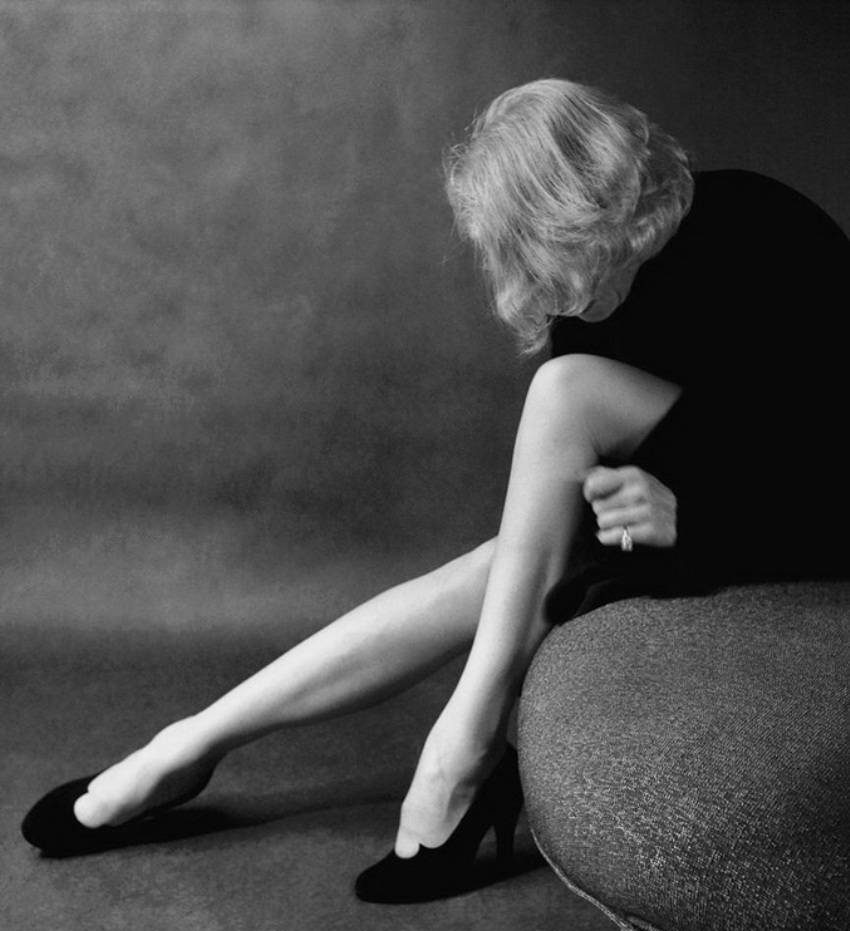
Marlene Dietrich
Photo by: Milton Greene, 1952.
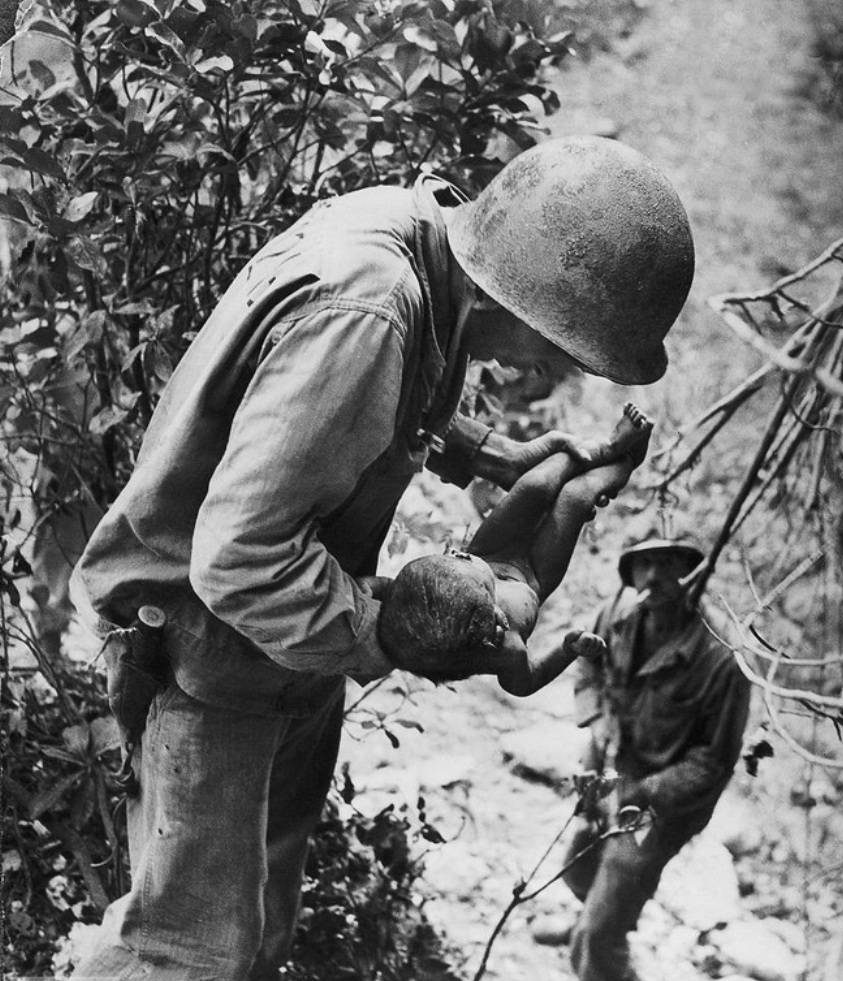
Littlest Survivor
Photo by W. Eugene Smith, 1943.
Another WW2 masterpiece of Eugene Smith. During World War II, hundreds of Japanese were besieged on Saipan’s island and committed mass suicide to avoid Americans’ surrender. When American Marines examined the island, they found a barely alive child in one of the caves. Here’s a story behind this stunning photograph.
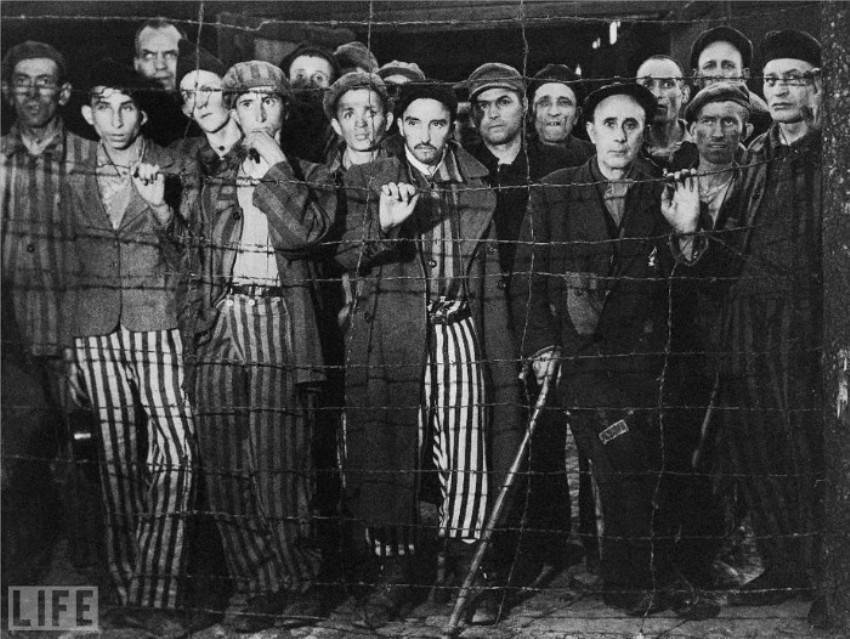
Liberation of Buchenwald
Photo by: Margaret Bourke-White, 1945.
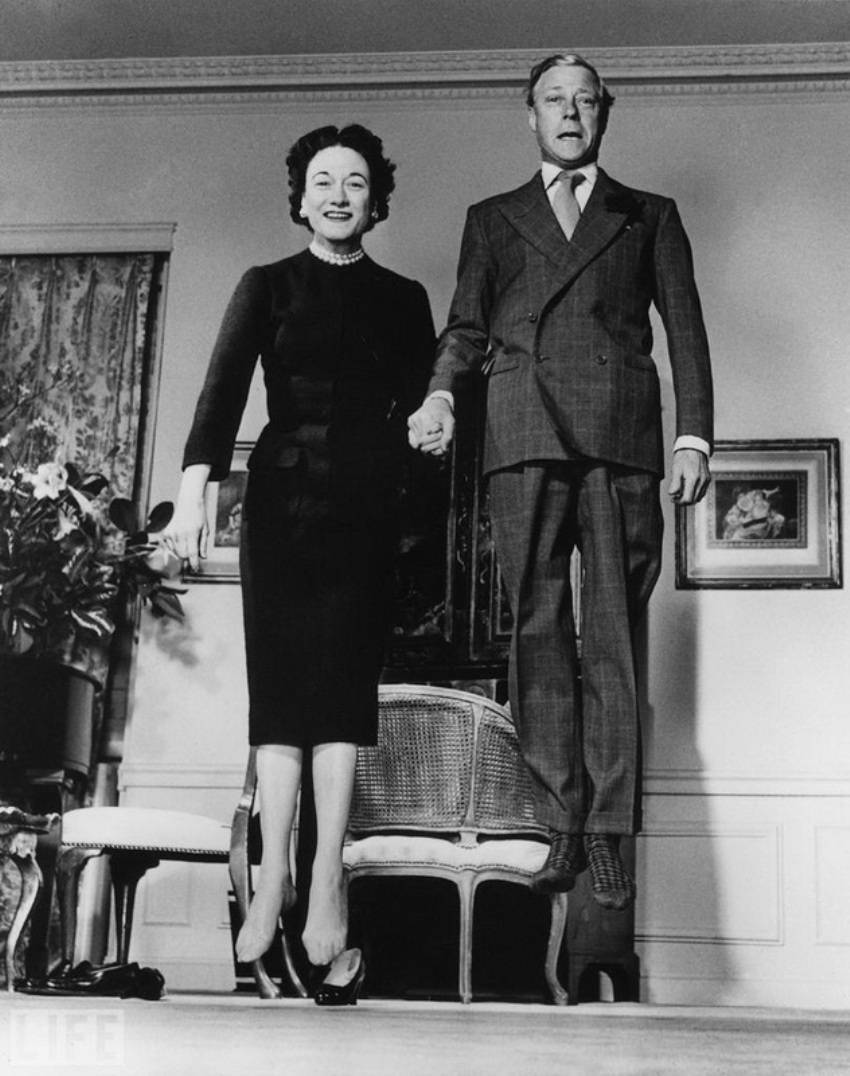
Jumping Royals
Photo by Philippe Halsman, 1959.
Duke and Duchess of Windsor.
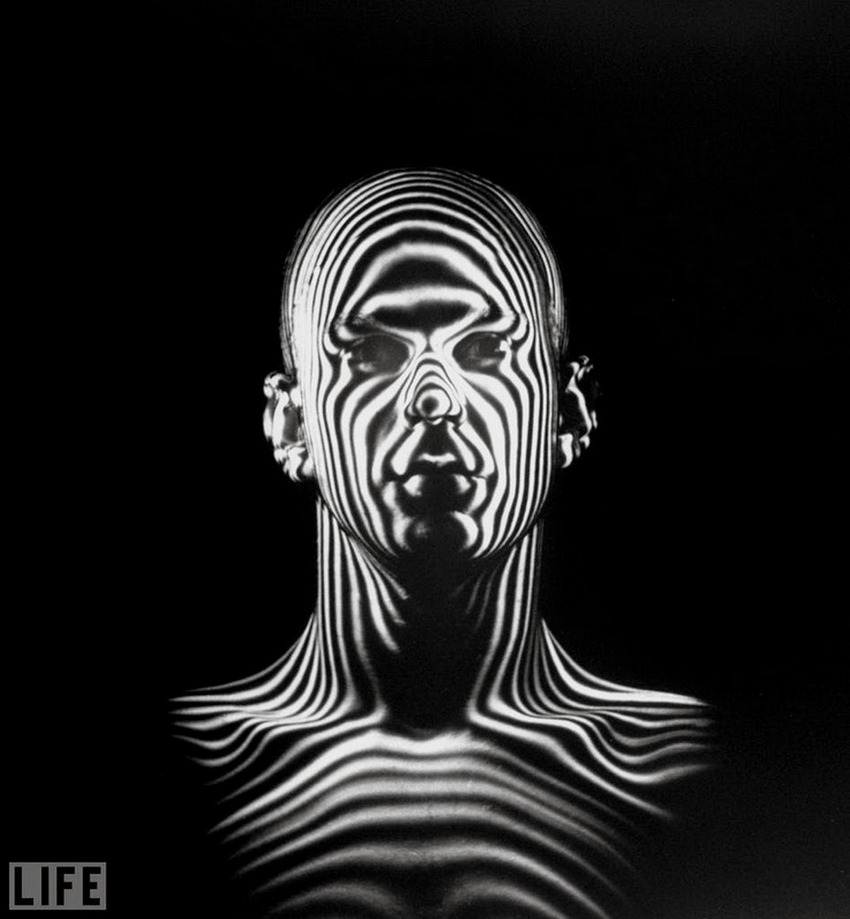
Jet Age Man
Photo by Ralph Morse, 1954.
Measurement of the pilot’s anthropological data with special lighting from alternating bands of light and shadow of various thicknesses. That was the key ingredient for the new flight helmet design by the US Air Force.
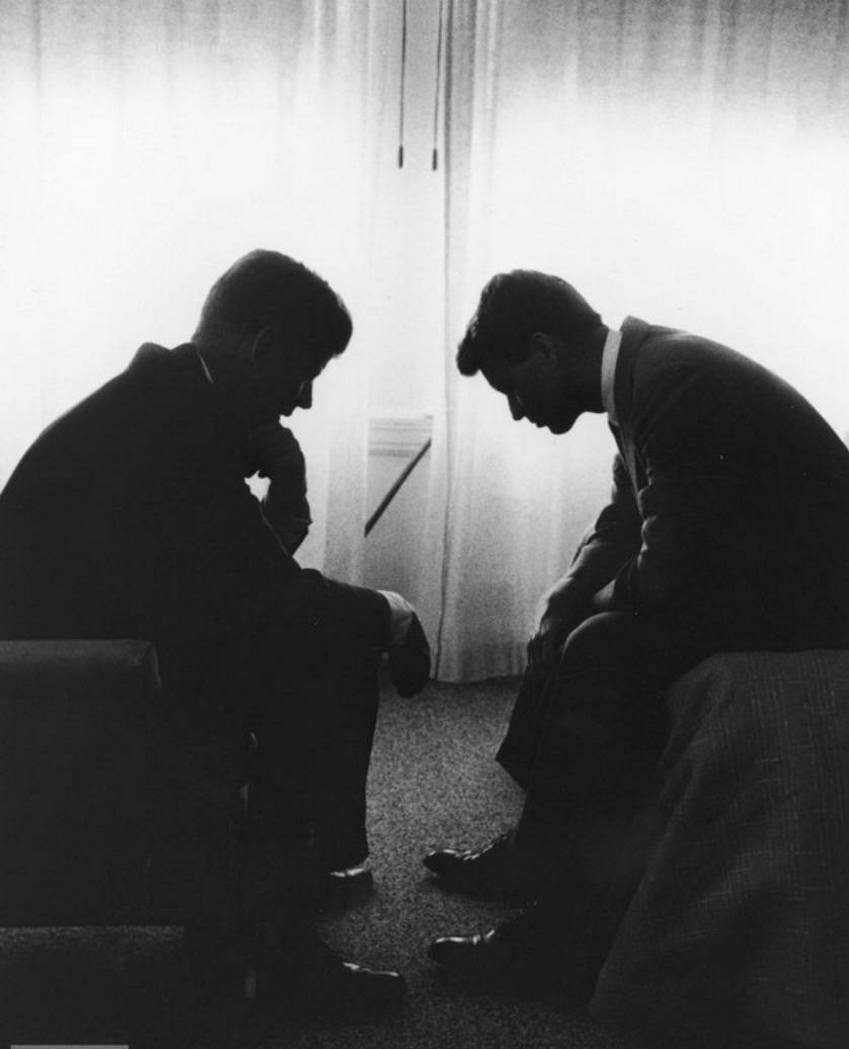
Jack and Bobby
Photo by Hank Walker, 1960.
John F. Kennedy (still a Senator) with his brother Robert at a hotel during the Democratic convention in Los Angeles.
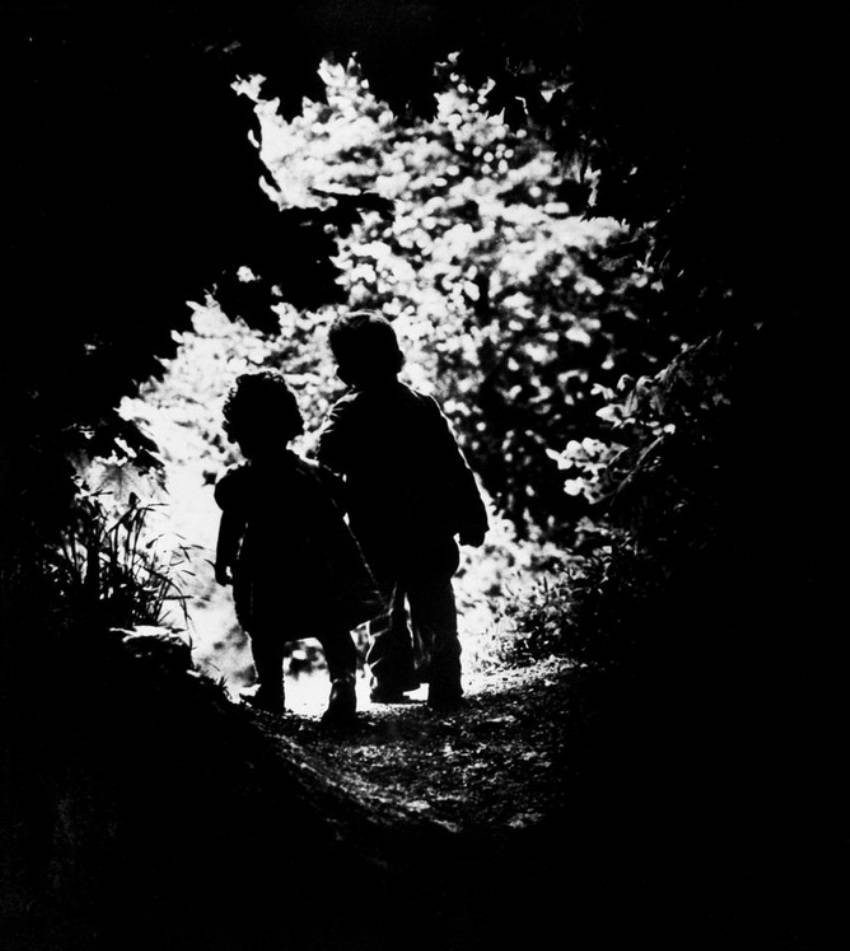
Into the Light
Photo by: William Eugene Smith, 1946.
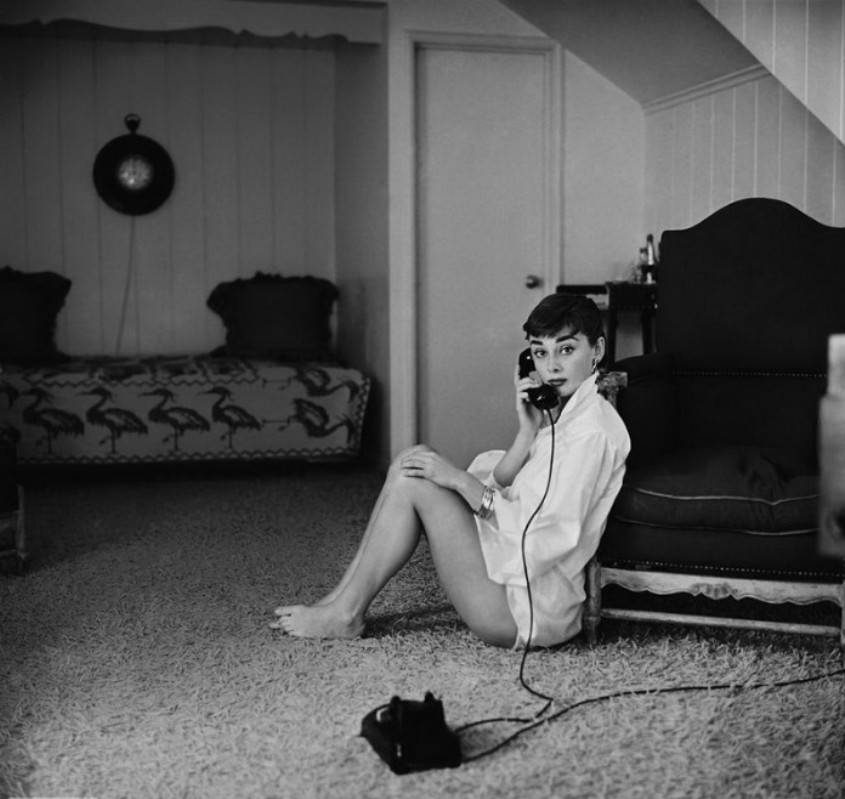
Ingenue Audrey
Photo by: Mark Shaw, 1954.
25-year-old star Audrey Hepburn while filming Roman Holiday.
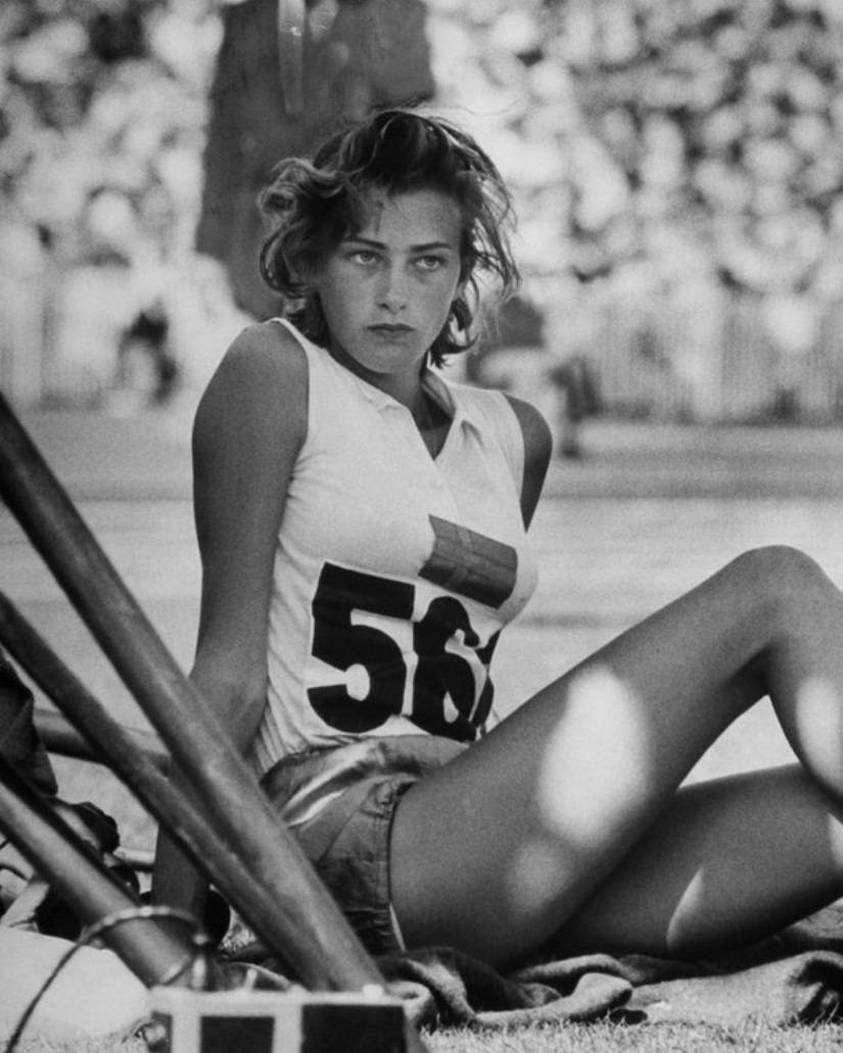
Gunhild Larking
Photo by George Silk, 1956.
Swedish high jumper Gunhild Larking at the 1956 Olympic Games in Melbourne.
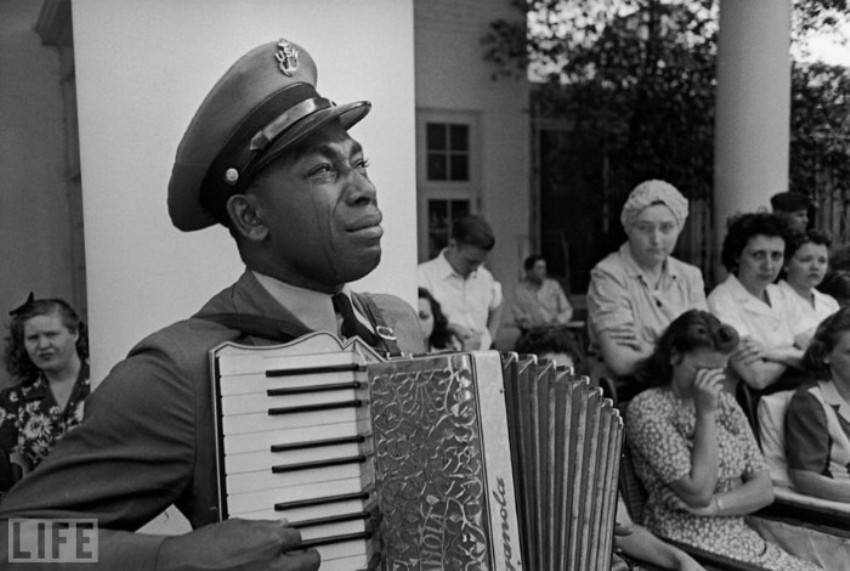
Goin’ Home
Officer Graham Jackson plays the song “Goin ‘Home” at President Roosevelt’s April 12, 1945 funeral.
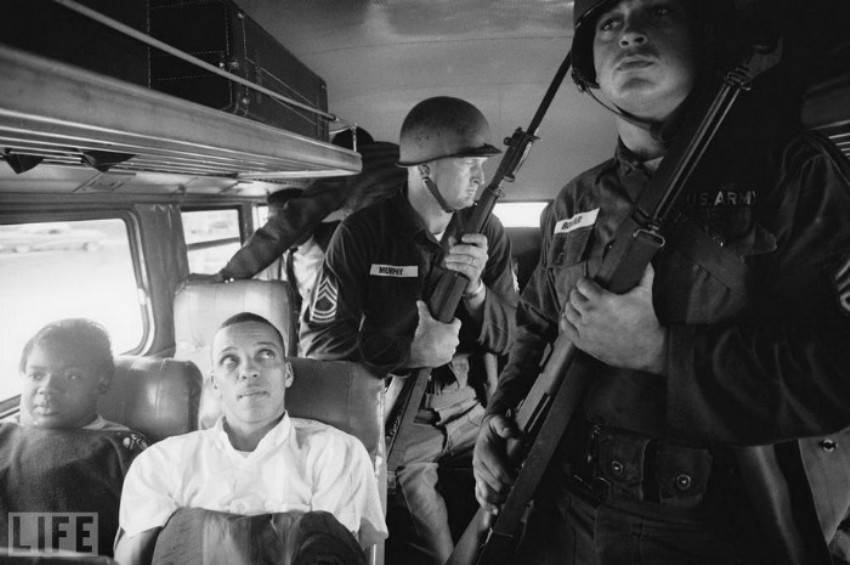
Freedom Riders
Photo by Paul Schutzer, 1961.
“Riders of Freedom” called the joint bus trips of black and white activists who protested against the violation of black people’s rights in the southern states of the United States. In 1961, activists rented buses and traveled around the southern states. No surprise, they were repeatedly attacked and arrested by southern whites. During a trip from Montgomery, Alabama, to Jackson, Mississippi, National Guard soldiers were assigned to protect the riders.
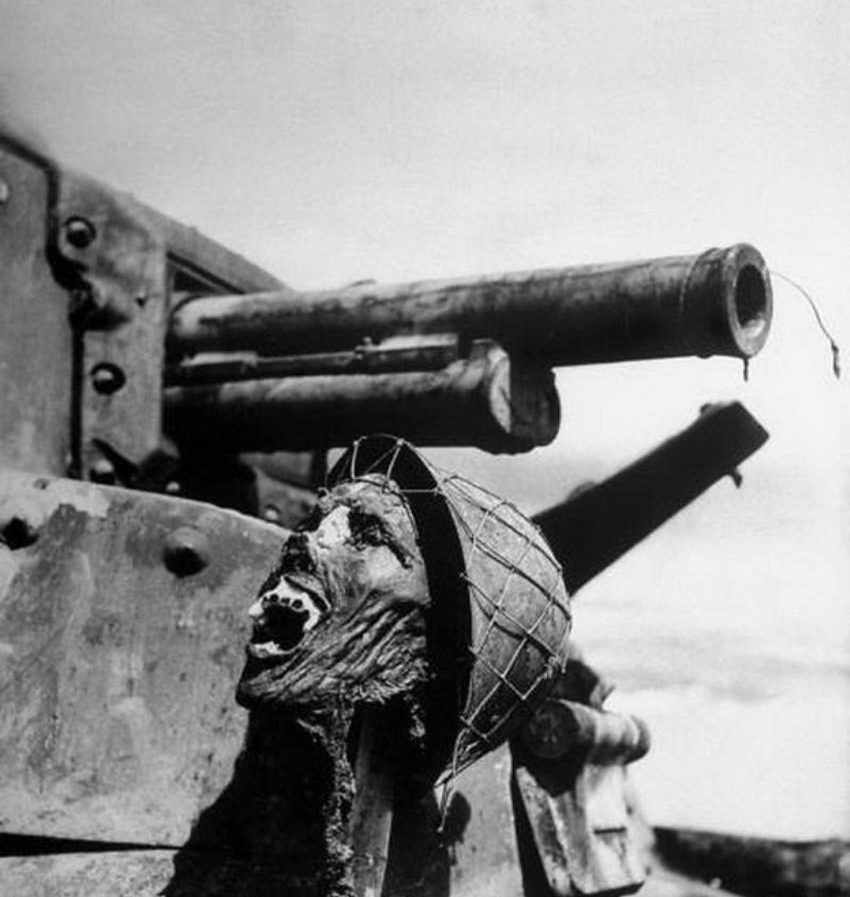
Face of Death
Photo by: Ralph Morse, 1943.
The head of a Japanese soldier on a tank.
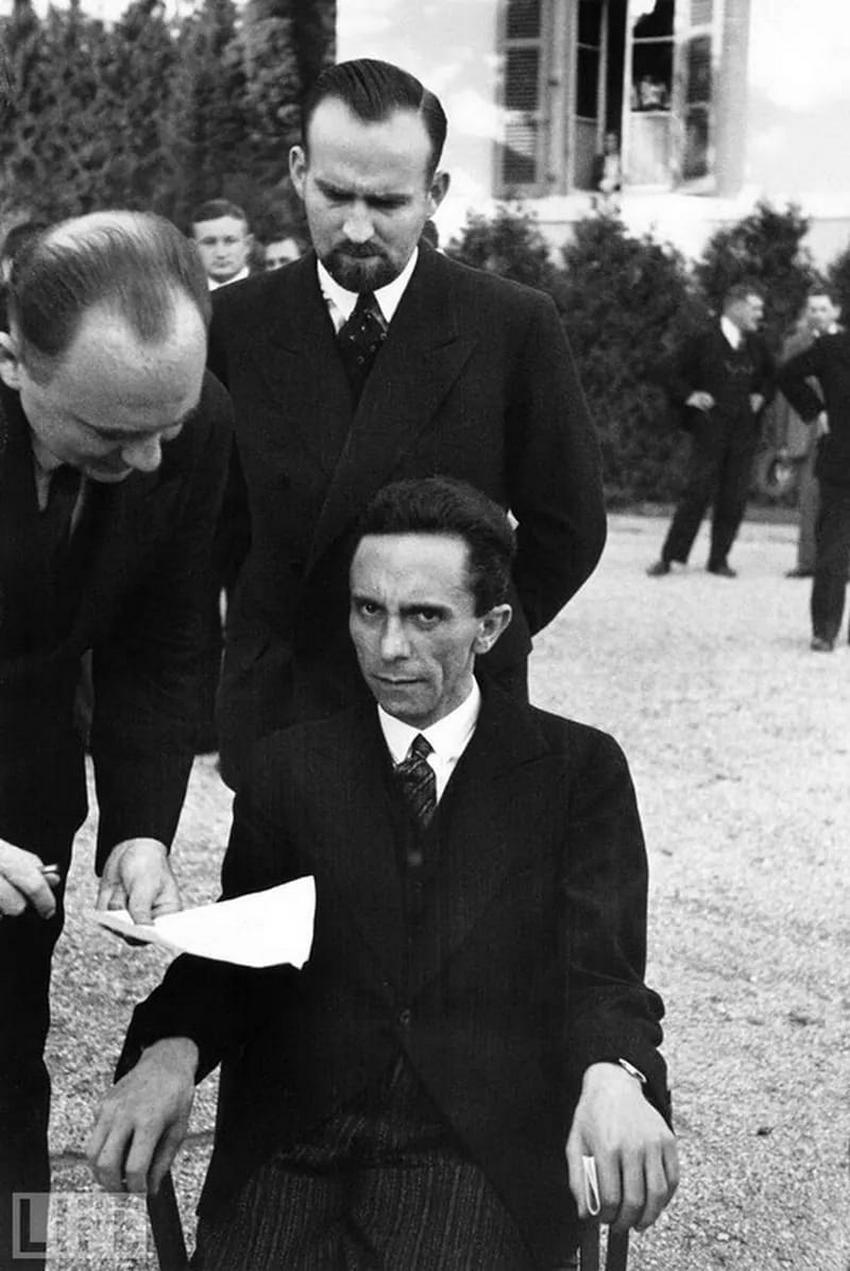
Eyes of Hate
Photo by: Alfred Eisenstaedt, 1933.
The moment when Goebbels (sitting) found that his photographer was a Jew and he stopped smiling. The full story behind Eyes of hate pictures.
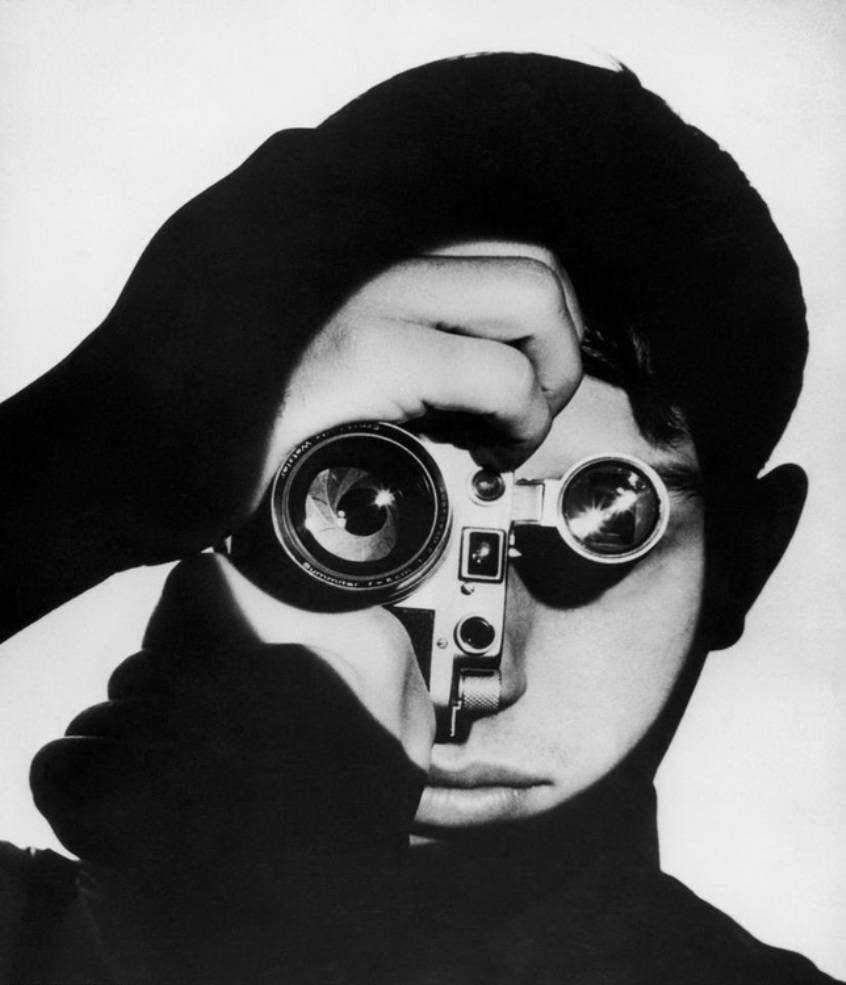
Dennis Stock
Photo by Andreas Feininger, 1951.
Portrait of the photographer Dennis Stock.
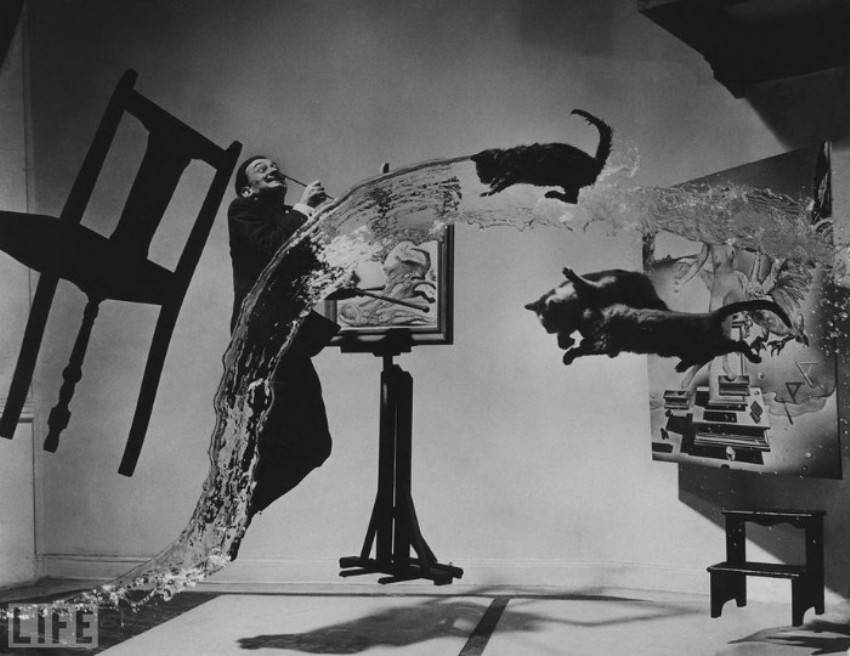
Dali Atomicus
Photo by Philippe Halsman, 1948.
Six hours and 28 throws (water, chair, and three cats). According to the photographer, he and his assistants were wet, dirty, and completely exhausted when the shot was successful. The Dali Atomicus is among the 100 most important pictures in history.
Read more: All Pulitzer Prize photos (1942-1967)
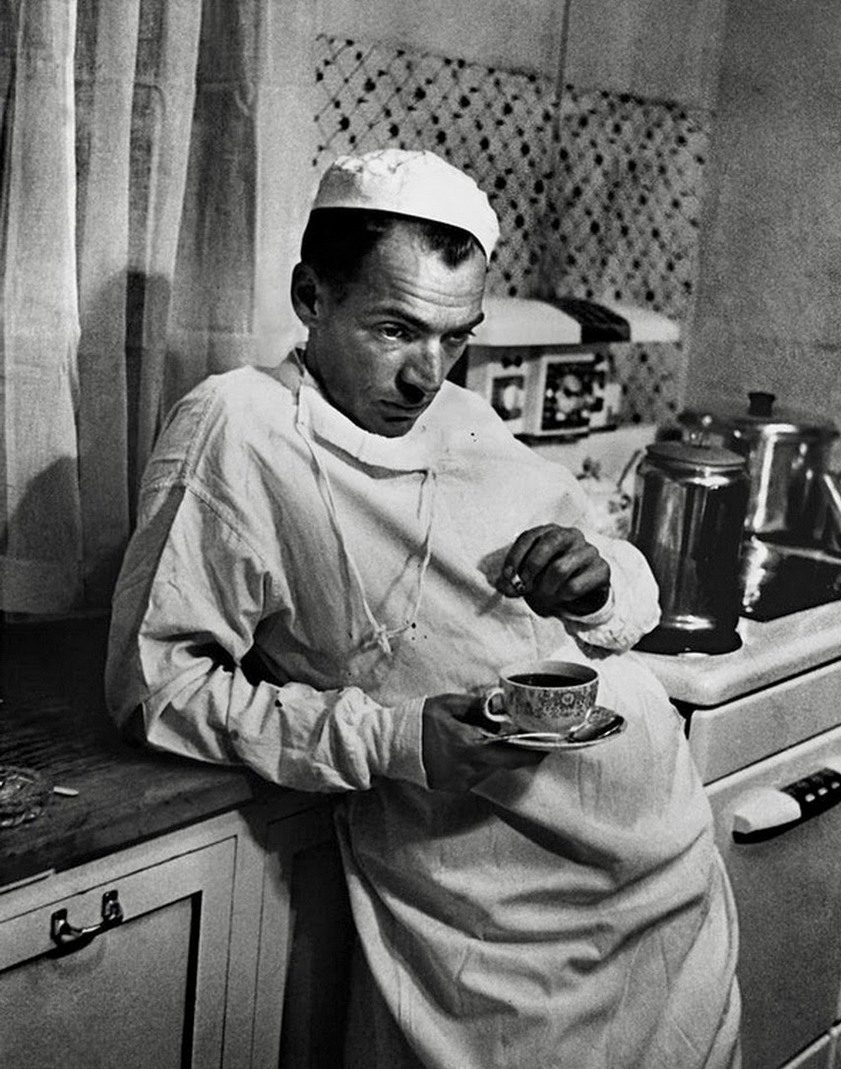
Country Doctor
Photo by W. Eugene Smith, 1948.
Rural doctor Ernest Ceriani, the only doctor in the 1200 square miles area. In this photo, Eugene Smith captured a moment after a botched cesarean section that killed a mother and child due to complications. See more pictures and a full story behind the Country Doctor photo.
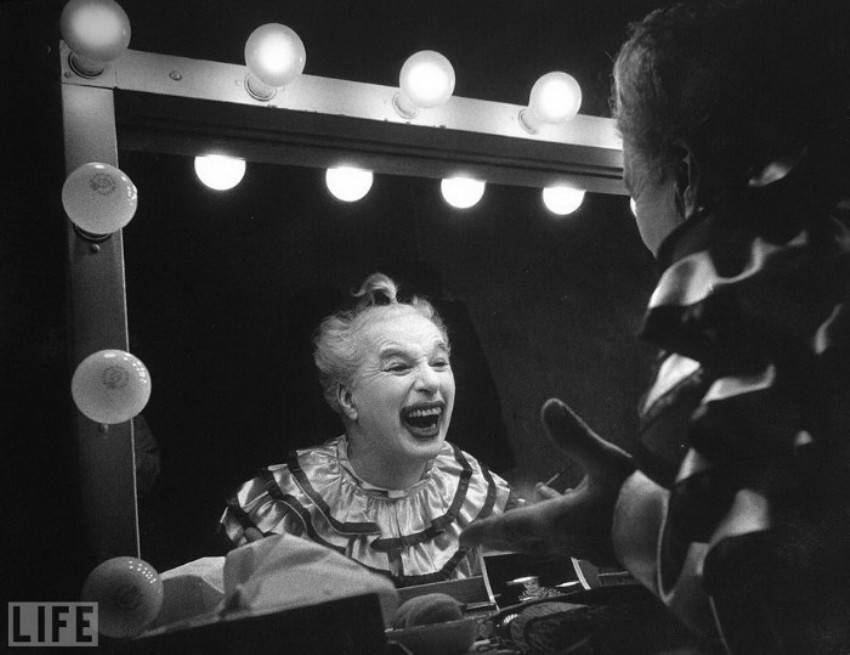
Charlie Chaplin
Photo by W. Eugene Smith, 1952.
Charlie Chaplin, 63.
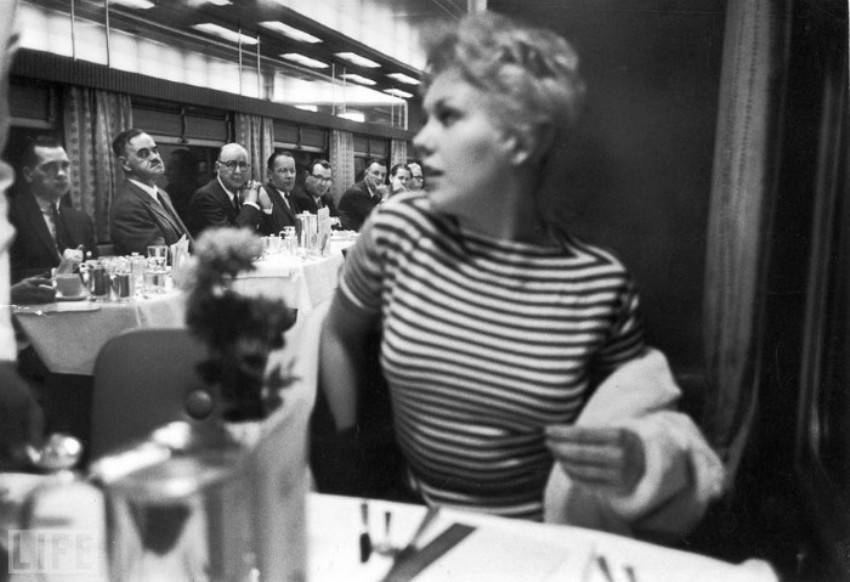
Center of Attention
Photo by: Leonard McCombe, 1956.
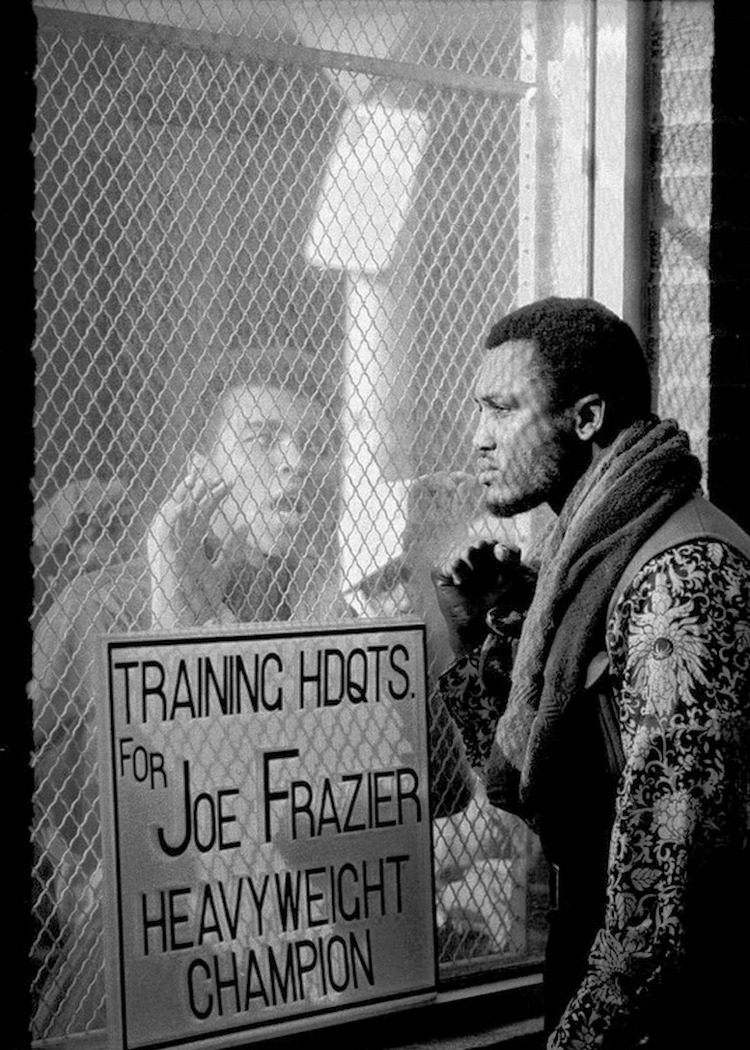
Both Sides Now
Photo by: John Shearer, 1971.
Muhammad Ali before his fight with Joe Fraser in March 1971. Ali loved to tease opponents. Before the fight with Fraser, he questioned the latter’s masculinity, intellectual abilities, and even his “black skin”.
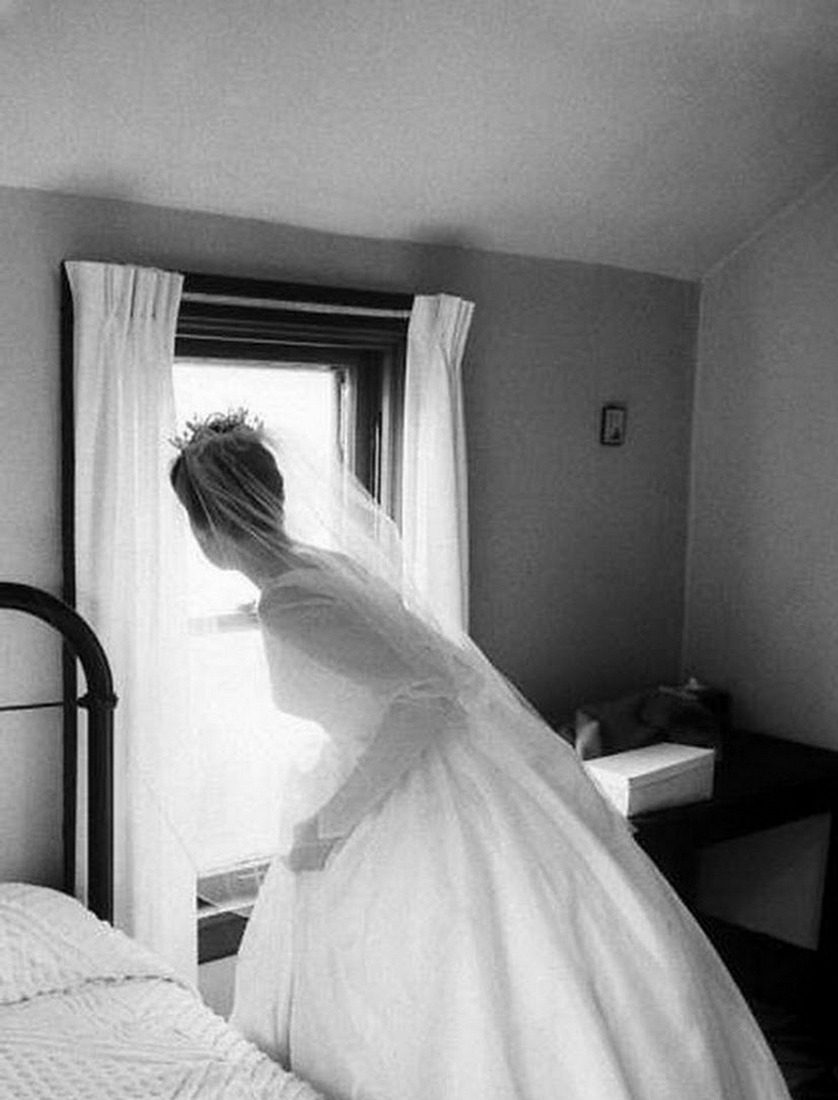
Before the Wedding
Photo by: Michael Rougier, 1962.

Before Camelot, a Visit to West Virginia
Photo by Hank Walker, 1960.
John F. Kennedy speaks during the election campaign in an American town.
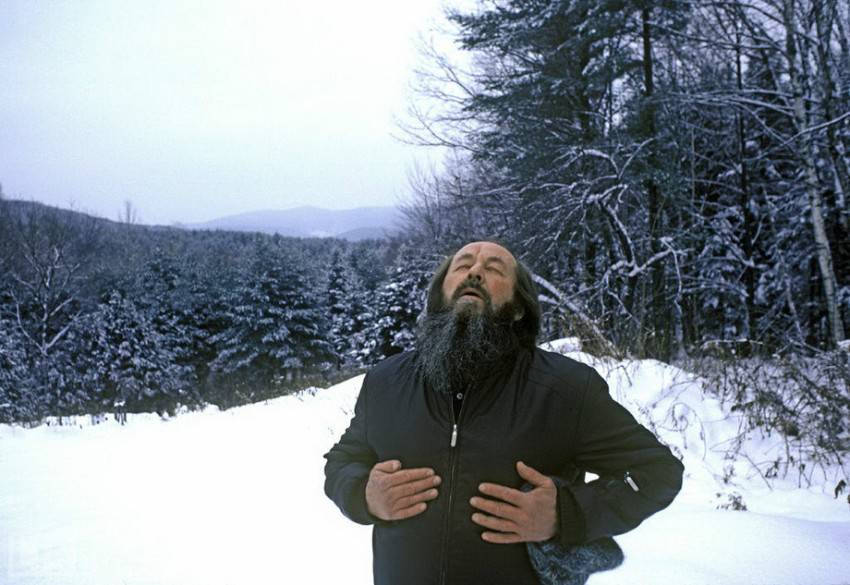
Alexander Solzhenitsyn Breathes Free
Photo by Harry Benson.
Free-breathing. Alexander Solzhenitsyn in Vermont.
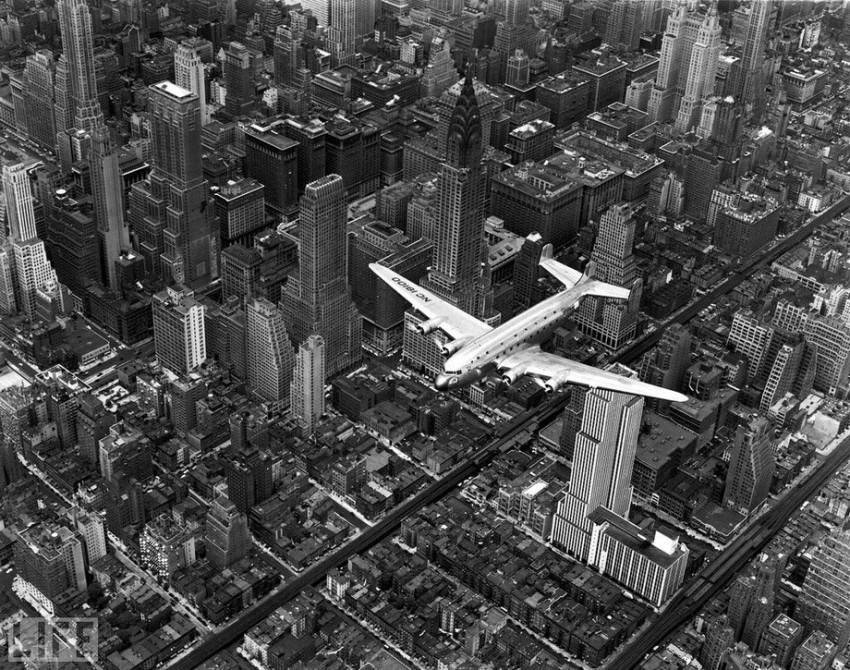
Airplane Over Manhattan.
Photo by: Margaret Bourke-White, 1939.
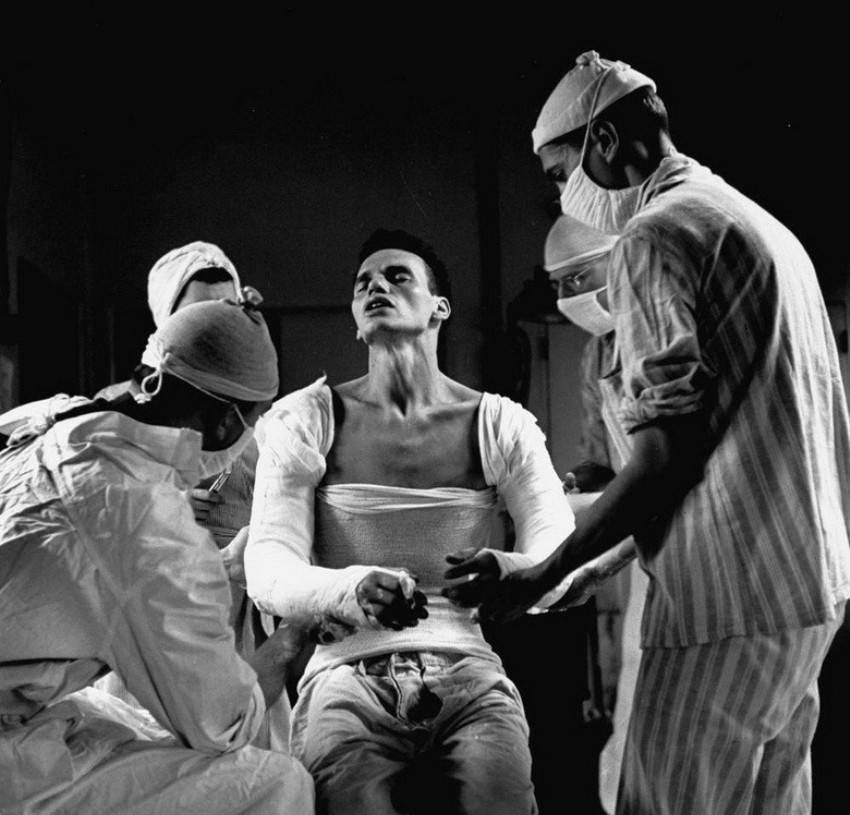
Agony
Photo by: Ralph Morse, 1944.
Army medic George Lott, badly wounded in both arms.
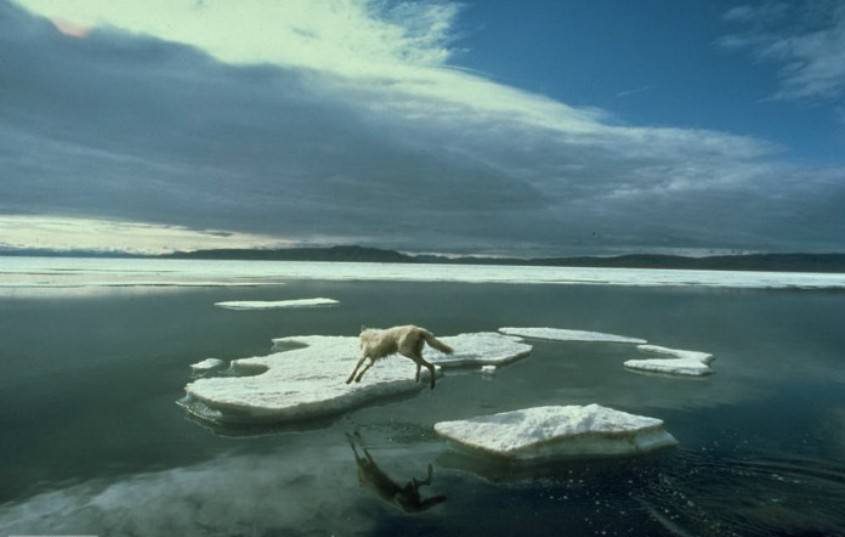
A Wolf’s Lonely Leap
Photo by Jim Brandenburg, 1986.
The polar wolf fights for survival in northern Canada.

A Leopard’s Kill
Photo by: John Dominis, 1966.
Leopard with a victim.

A Child Is Born
Photo by: Lennart Nilsson, 1965.
The first-ever picture of a baby in the womb.
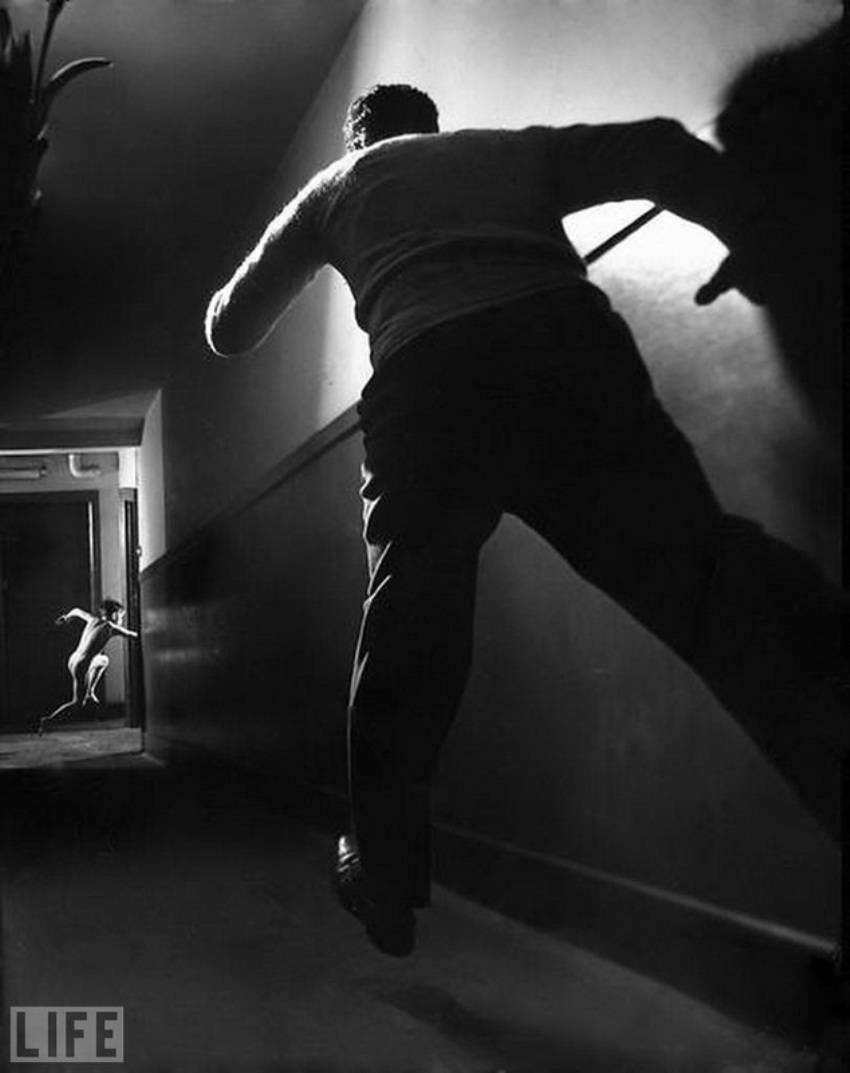
A Boy’s Escape
Photo by: Ralph Crane, 1947.
This staged photo depicts a boy escaping from an orphanage.
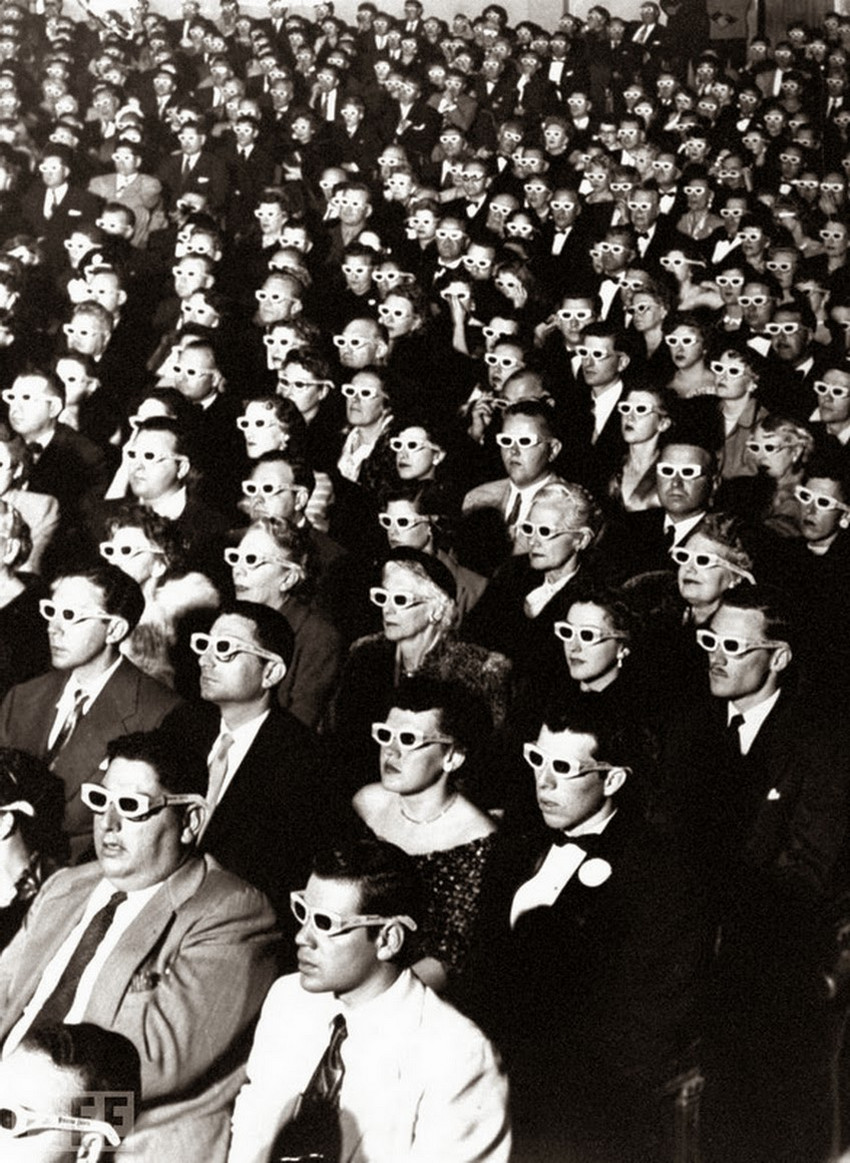
3D Movie Audience
Photo by: J.R. Eyerman, 1952.
The first full-length stereo film Bwana Devil.
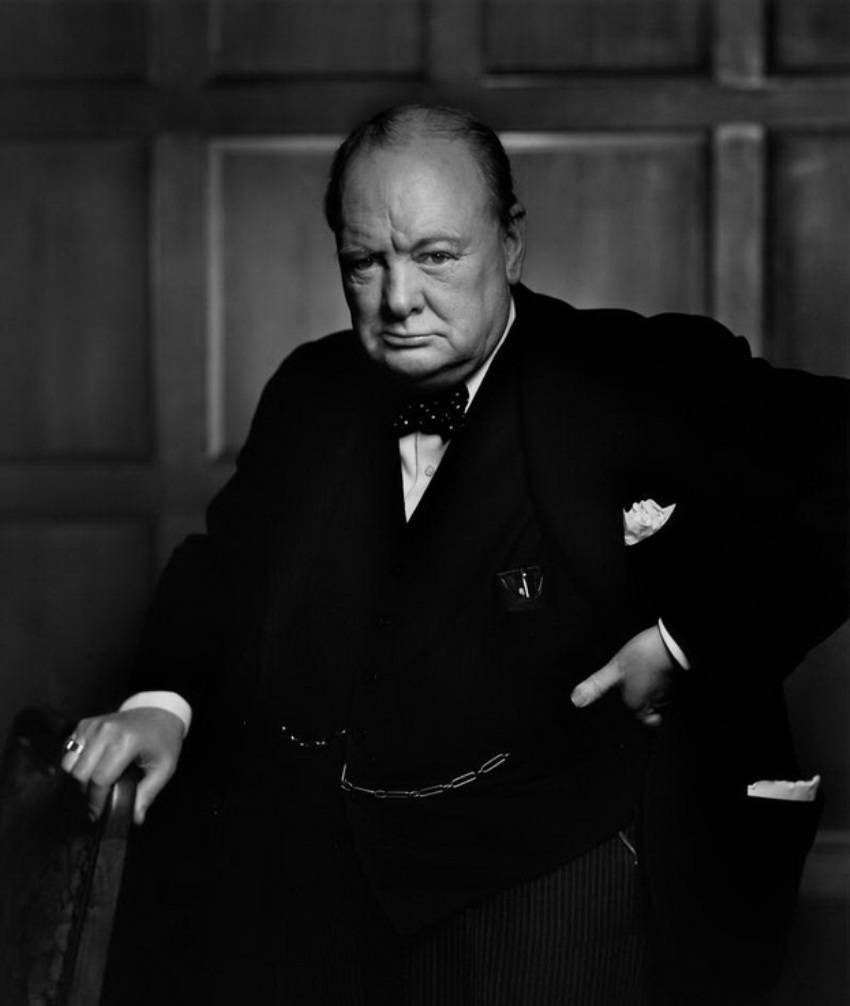
Winston Churchill
Author photo: Yousuf Karsh, 1941.
Prime Minister of Great Britain in 1940-1945 and 1951-1955. Politician, military man, journalist, writer, laureate of the Nobel Prize in Literature.
See more: Winston Churchill as an artist and his other leisure pictures.
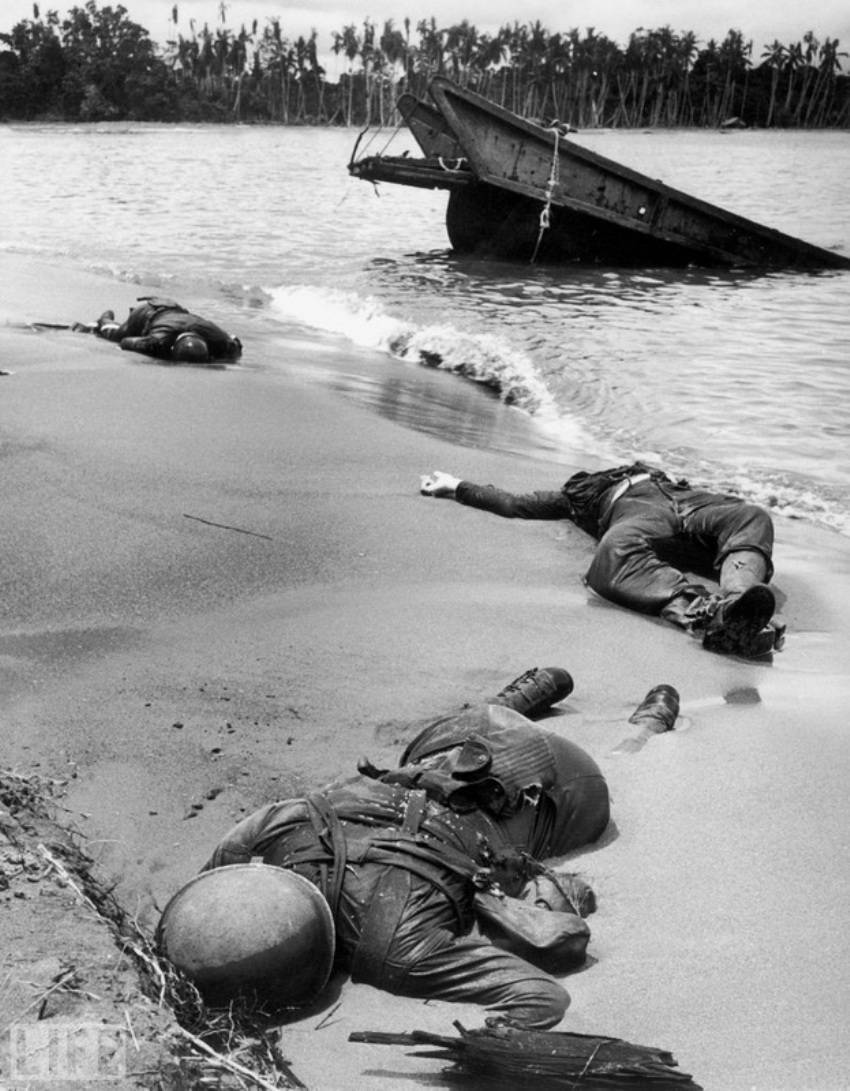
Three Americans
Photo by: George Strock, 1943.
American soldiers were killed in battle with the Japanese on a beach in New Guinea. The first shot of dead American soldiers on the battlefield during World War II.
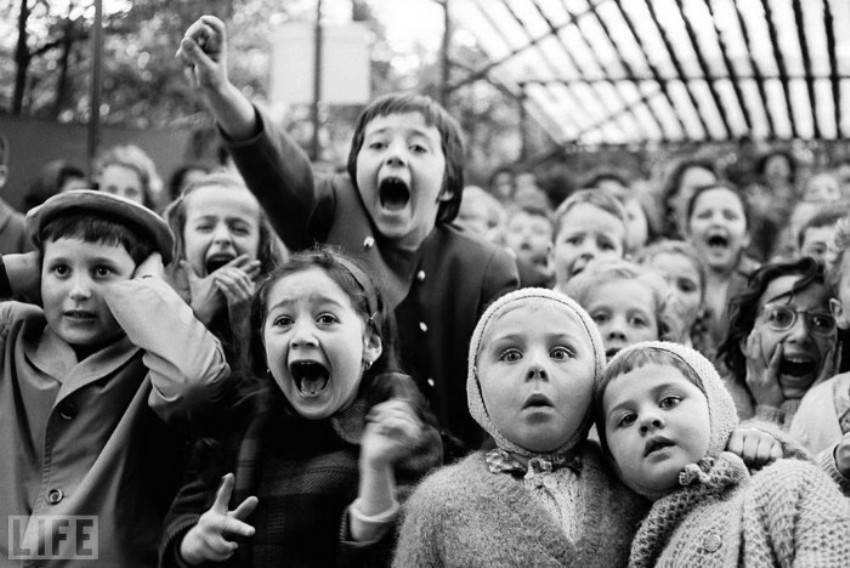
The Puppet Show
Photo by Alfred Eisenstaedt, 1963.
At a puppet show in a Parisian park. The moment of the killing of the serpent by Saint George.
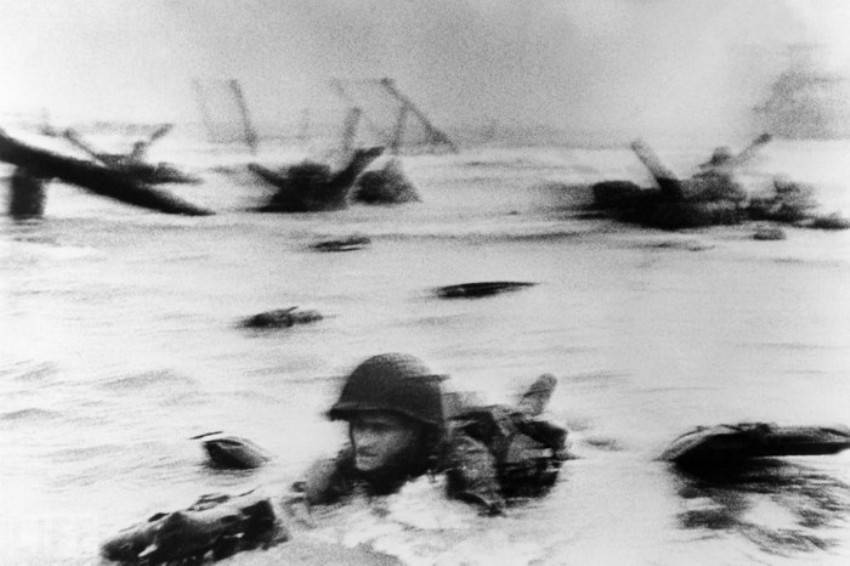
The Longest Day
Photo by Robert Capa, 1944.
The landing of the American army on Omaha Beach in Normandy on June 6, 1944. It was also depicted in the film “Saving Private Ryan” by Steven Spielberg.

The Kiss
Photo by Alfred Eisenstaedt, 1945.
One of the most famous photographs. Kiss of a sailor and a nurse after the end of the war.
The story ‘V-J Day in Times Square’ by Alfred Eisenstaedt
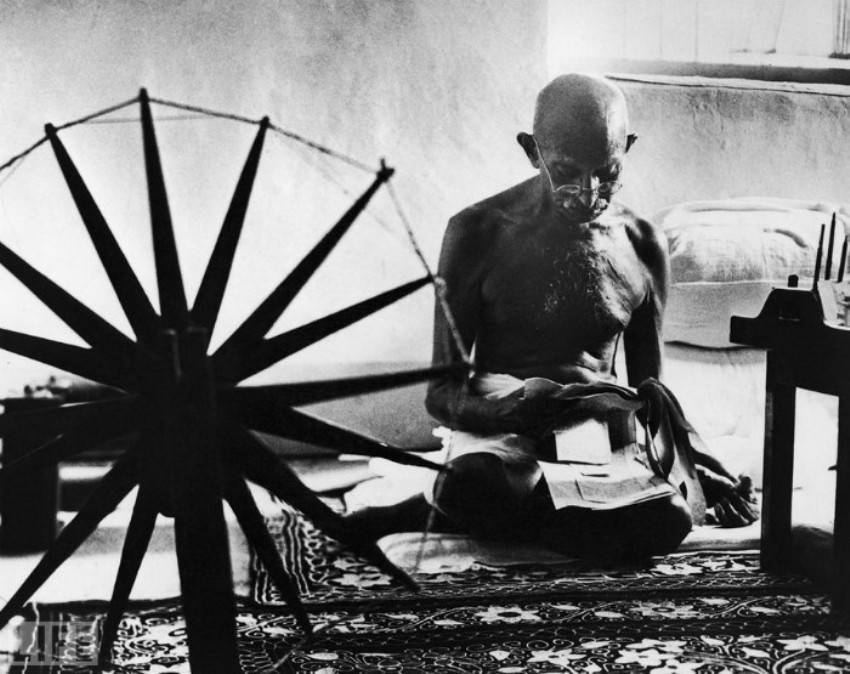
The Great Soul
Photo by: Margaret Bourke-White, 1946.
Mahatma Gandhi, next to his spinning wheel, symbolizes the non-violent movement for Indian independence from Britain.
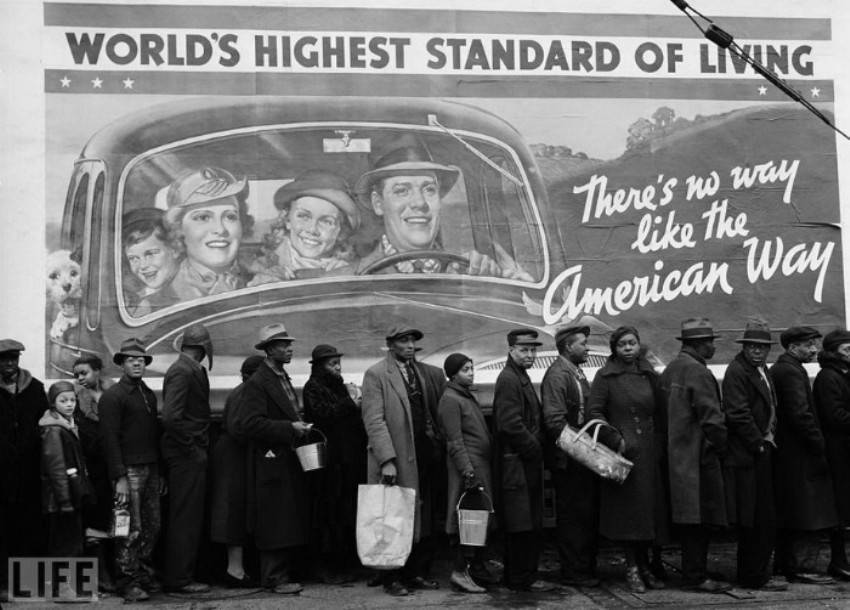
The American Way
Photo by: Margaret Bourke-White, 1937.
Food queue during the Great Depression with a poster reading, “There is way like the American way.”
The story of the American way photo by Margarett Bourke-White
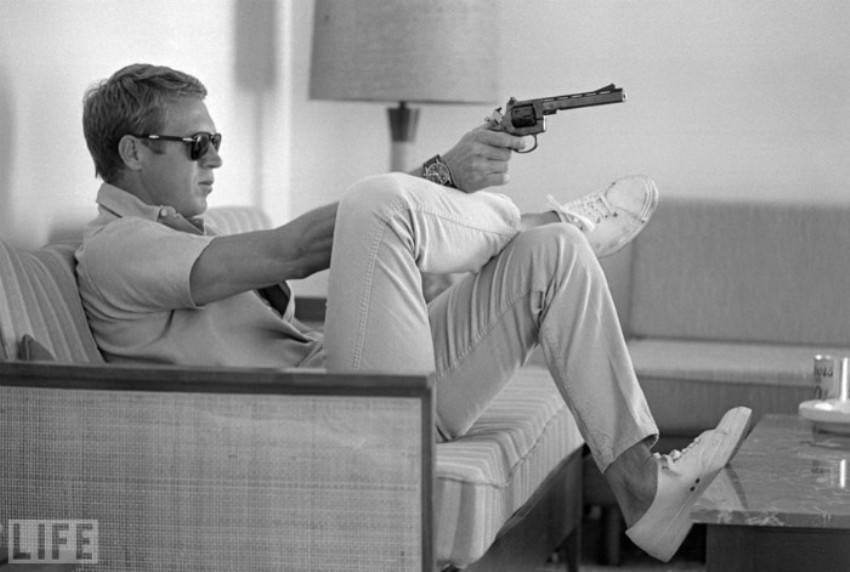
Steve McQueen
Photo by: John Dominis, 1963.
Actor Steve McQueen, who starred in The Magnificent Seven.
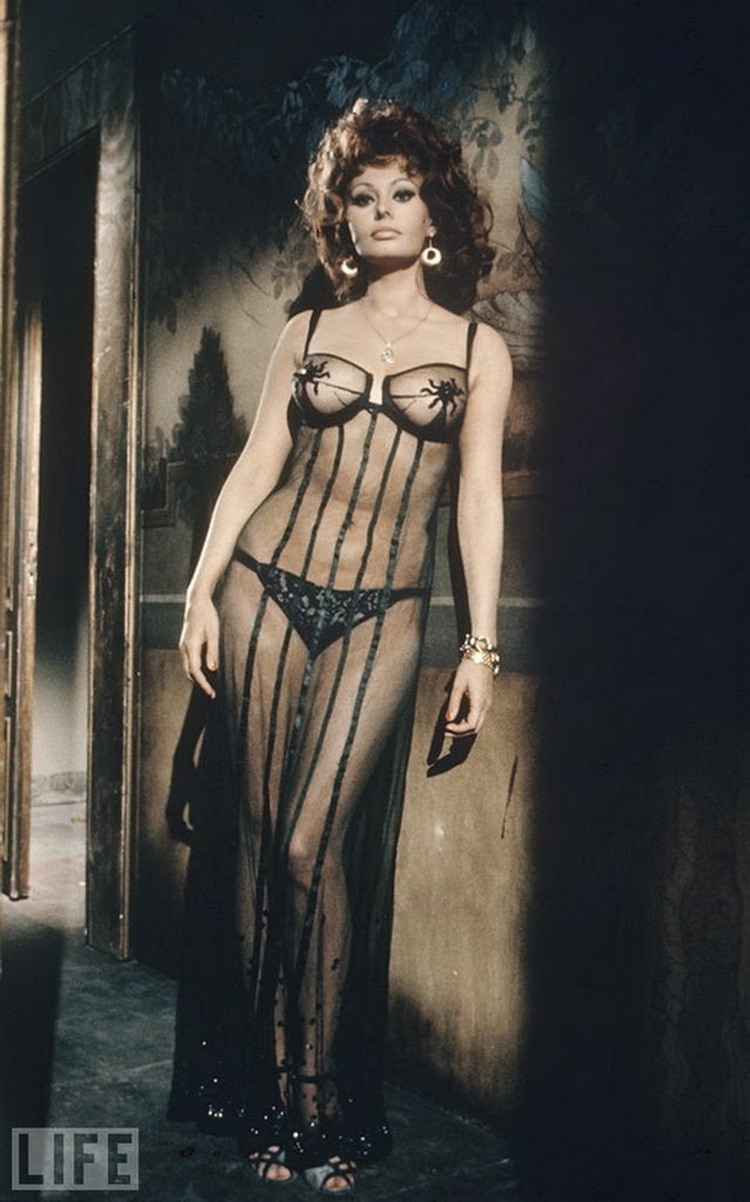
Sophia Loren
Photo by Alfred Eisenstaedt, 1966.
Sophia Loren, in the movie “Italian Marriage.” When this candid snapshot took the cover of LIFE, many criticized the magazine for “going into pornography.” One reader wrote, “Thank God the postman comes at noon when my kids are at school.”
Сообщение TOP 50 legendary LIFE magazine photographs появились сначала на Old Pictures.
]]>Сообщение Adolf Hitler trains body language – unique historical photos появились сначала на Old Pictures.
]]>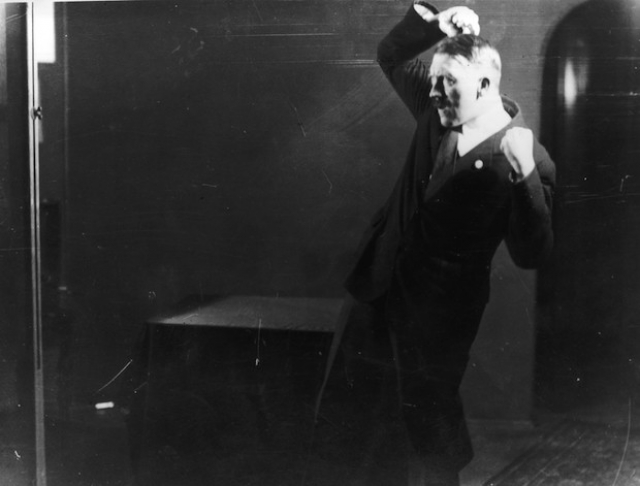 The infamous Adolf Hitler was an inspiring speaker and turned out to train his body language for this. Gestures accompany a good persuasive speech. Adolf Hitler knew it well, as his prominent public speaking was supported by body language. But few people know that Fuhrer carefully practiced gestures, postures, and diction. The preparation for the performances took so many resources that Hitler involved a personal photographer for his sessions.
The infamous Adolf Hitler was an inspiring speaker and turned out to train his body language for this. Gestures accompany a good persuasive speech. Adolf Hitler knew it well, as his prominent public speaking was supported by body language. But few people know that Fuhrer carefully practiced gestures, postures, and diction. The preparation for the performances took so many resources that Hitler involved a personal photographer for his sessions.
Heinrich Hoffmann (also known for these Fuhrer’s WWI photos) photographed Hitler view the footage, and evaluate his own image. Here’s how we’ve got this series of pictures in which dictator appears in very strange poses. Later, Heinrich Hoffmann used these portraits in his memoirs.
The photographs look almost photoshopped. Adolf Hitler looks more like a ballroom dancer or stage actor than a ruthless dictator. But it was a fair price for polishing his speaking skills that were so important during the elections’ campaign.
Let’s note that Adolf Hitler was a skillful politician and he was ready for some bold moves to get the voters’ sympathy. For example, he organized a very special photoshoot while wearing traditional Tyrollian shorts, very popular in Bavaria. Hitler didn’t like those shorts, that looked almost ridiculous. But he knew that people will pay attention and did to gain more popularity before the elections. A strong move that, among others, allowed the Nazi party to get absolute power.
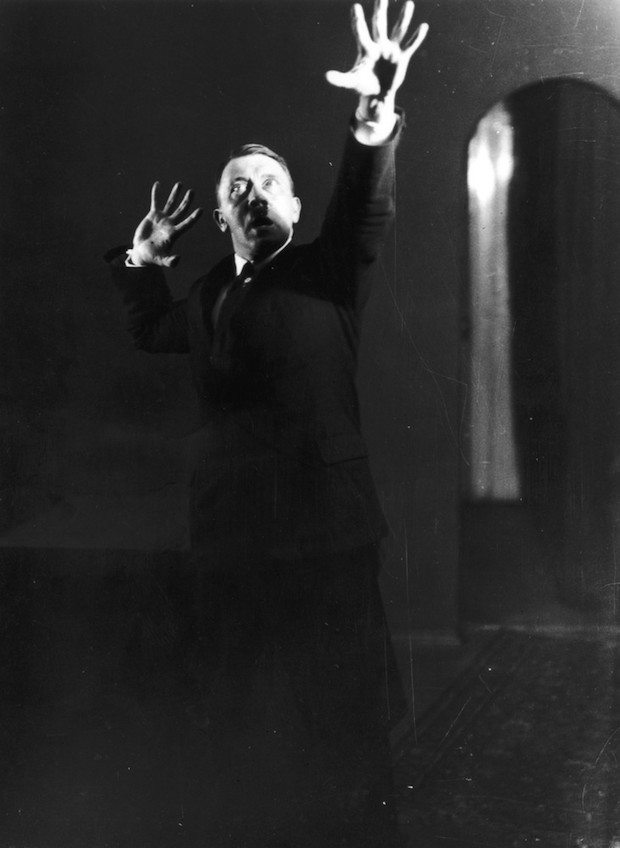
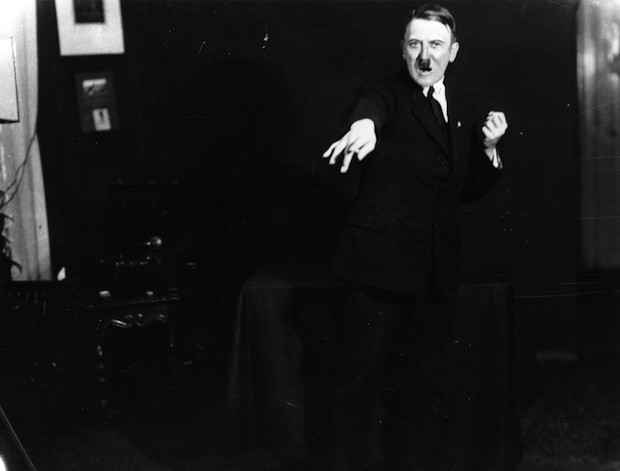
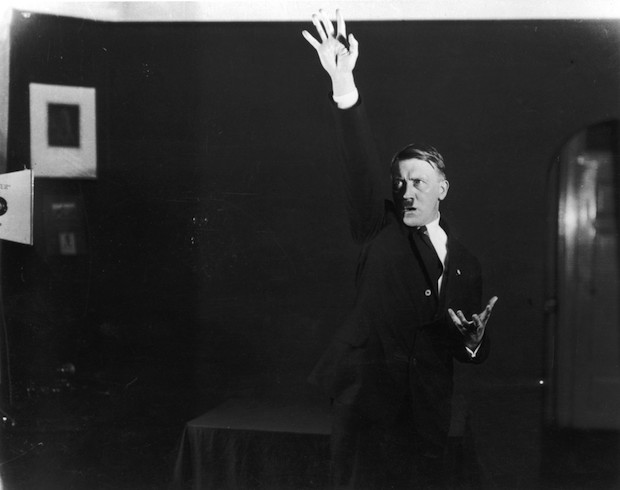
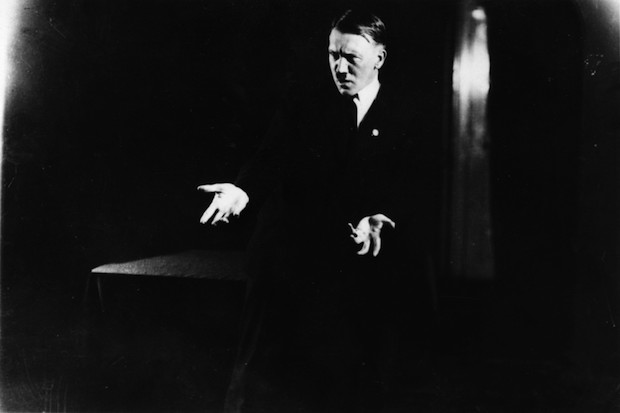
Сообщение Adolf Hitler trains body language – unique historical photos появились сначала на Old Pictures.
]]>Сообщение 64 Amazing photos by Alfred Eisenstaedt появились сначала на Old Pictures.
]]>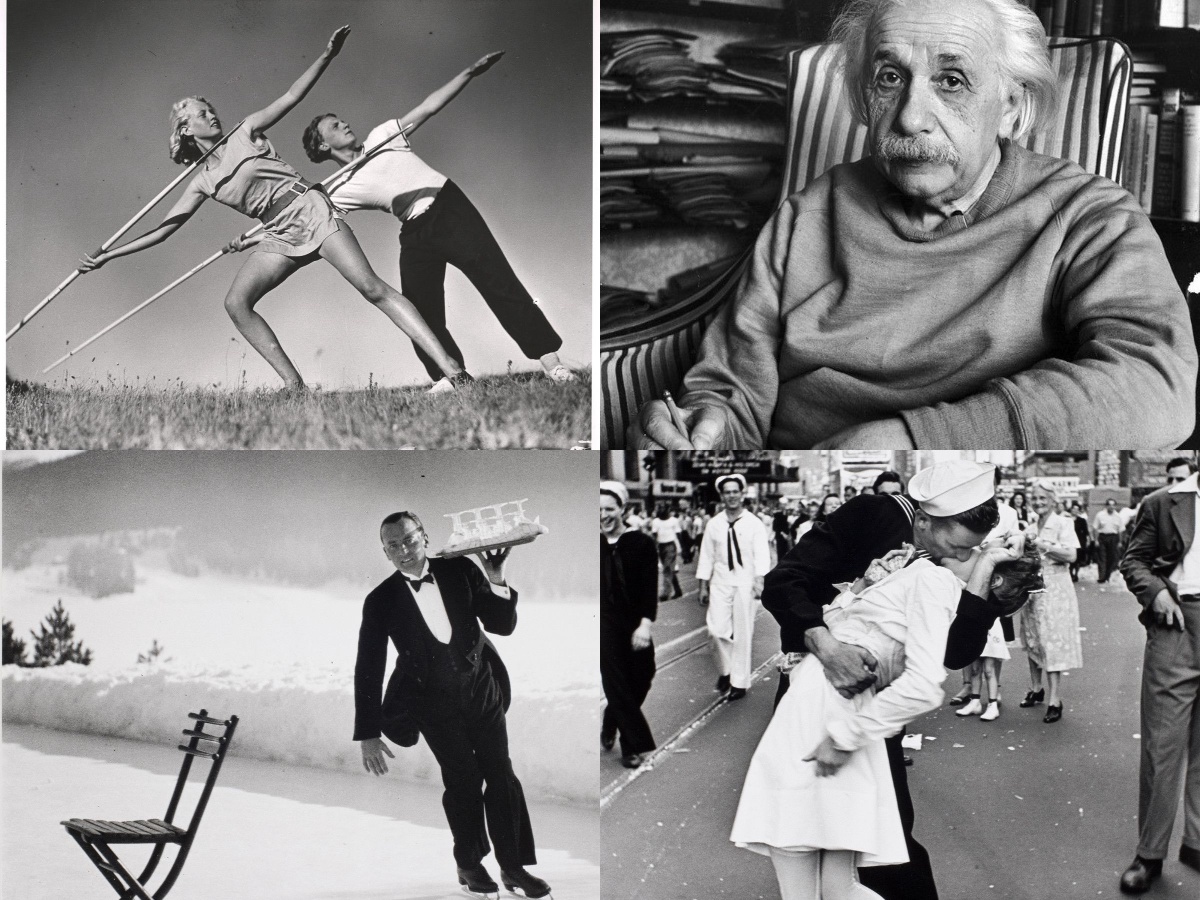 Alfred Eisenstaedt photos are an integral part of the history of photojournalism. He captured informal portraits of kings, dictators, scientists, athletes, and movie stars and sensitively portrayed ordinary people in everyday situations. Alfred Eisenstadt said that his goal was “to find and capture the moment of the story.”
Alfred Eisenstaedt photos are an integral part of the history of photojournalism. He captured informal portraits of kings, dictators, scientists, athletes, and movie stars and sensitively portrayed ordinary people in everyday situations. Alfred Eisenstadt said that his goal was “to find and capture the moment of the story.”
Oldpics has covered the ‘V-J Day,’ which is one of the most remarkable photos by Alfred Eisenstadt. It also hit the list of Top 100 most important photos in history. In this publication, we’ll show you his most brilliant photos.
Buttons and cameras
Alfred Eisenstaedt was born in 1898 in the city of Dirschau (then Eastern Germany, now it’s Tczew in Poland). He died at 96 and devoted more than 70 to photography. Eisenstaedt studied at the University of Berlin, joined the German Army during WWI. After the war, he sold buttons and belts in Berlin and started to freelance as a photojournalist. In 1929, he received his first photo assignment. It was the beginning of a professional career as a photojournalist: he was filming the Nobel Prize ceremony in Stockholm.
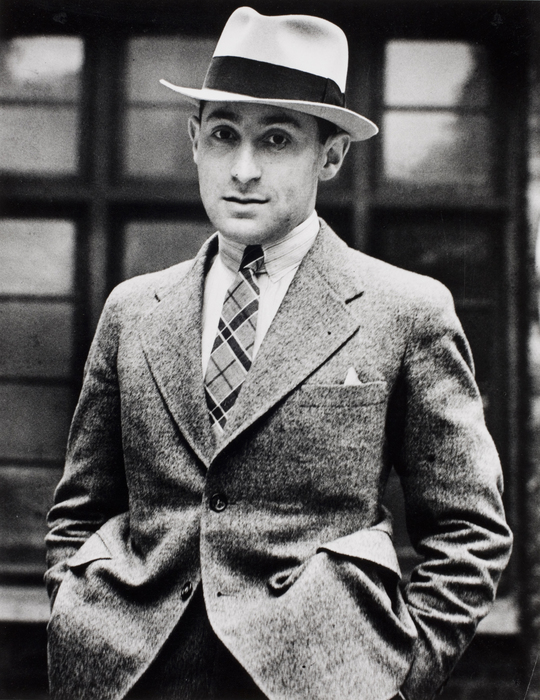
Alfred Eisenstaedt, 1930s
A new ‘LIFE’ in the US
From 1929 to 1935, Eisenstadt was a staff photojournalist for the Pacific and Atlantic agency, then a part of the Associated Press. While dodging the horrors of the jew-life in Nazi Germany, he emigrated to the United States in 1935. Alfred Eisenstaedt continued his photo career in New York, working for Harper’s Bazaar, Vogue, Town and Country, and other publications. In 1936, Henry Luce hired him as one of four photographers for LIFE magazine (the other three cameramen were Margaret Burke-White, Peter Stackpole, and Thomas McAvoy). Eisenstaedt stayed with this legendary magazine for the next four decades. His photographs have appeared on the LIFE magazine covers 90 times.
Alfred Eisenstaedt was among those Europeans who pioneered using the 35mm camera in photojournalism on American publications after WWI. He was also an early advocate of natural light photography. When photographing famous people, he tried to create a relaxed atmosphere to capture natural postures and expressions: “Don’t take me too seriously with my small camera,” Eisenstaedt said. – I’m here not as a photographer. I came as a friend. “
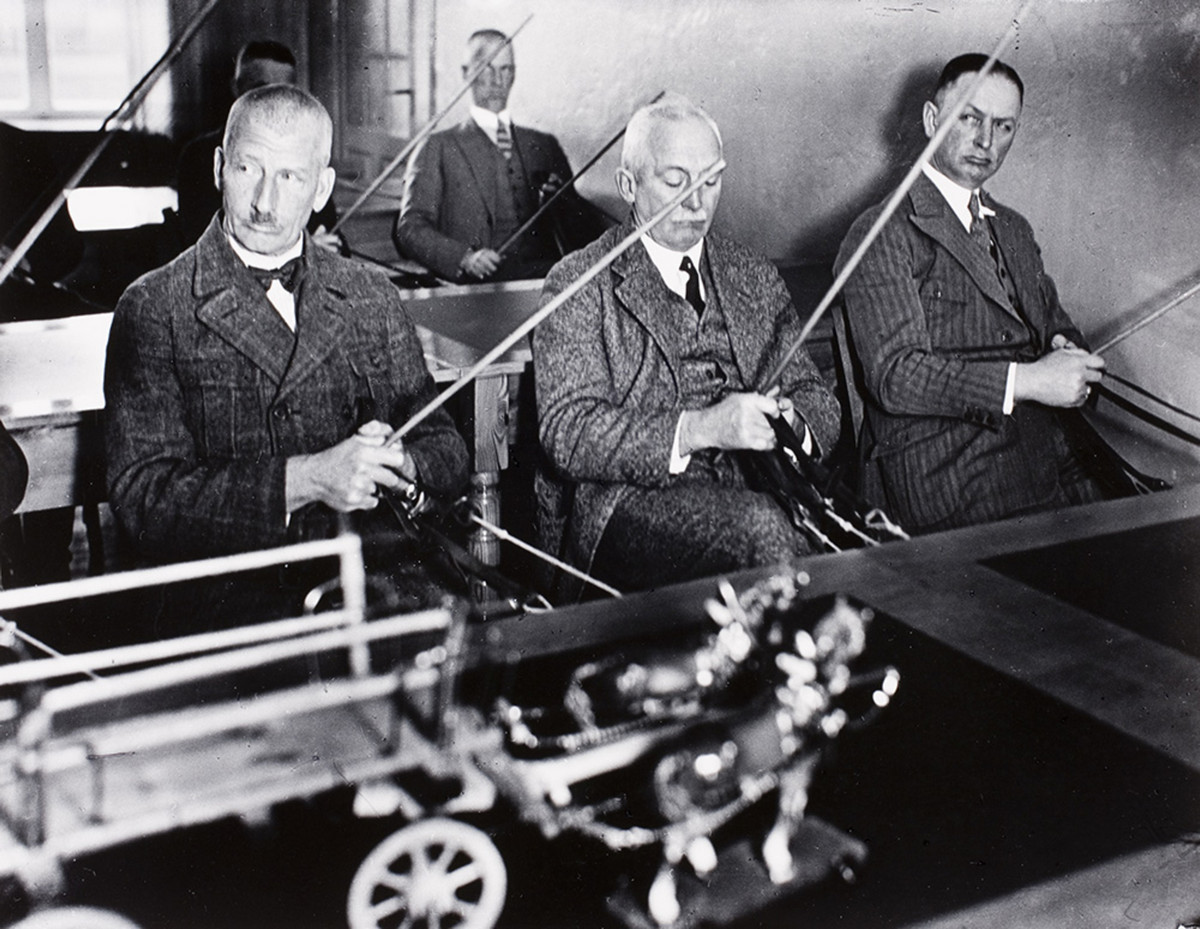
Agricultural school for Prussian coachmen trained to hold the reins. Neudeck, East Prussia, 1932.
Secret trick of Alfred Eisenstaedt
Creating a relaxed environment was not always easy. Let’s take a photoshoot with Ernest Hemingway in his boat in 1952. While establishing those special links between genius and the photographer, the writer tore his shirt in a rage and threatened to throw Alfred Eisenstaedt overboard. The photographer recalled that shooting in Cuba in 1952 more than once. “Hemingway nearly killed me,” the photographer said.
Unlike many photojournalists of the post-war period, Alfred Eisenstadt didn’t commit to any particular type of events or geographic area. He was a generalist. And he liked to capture people and their emotions than the news. Editors appreciated his eagle eye and his talent to take good photographs of any situation or event. Eisenstadt’s skill set a perfect composition that turned his photos into the era’s memorable documents in historical and aesthetic contexts.
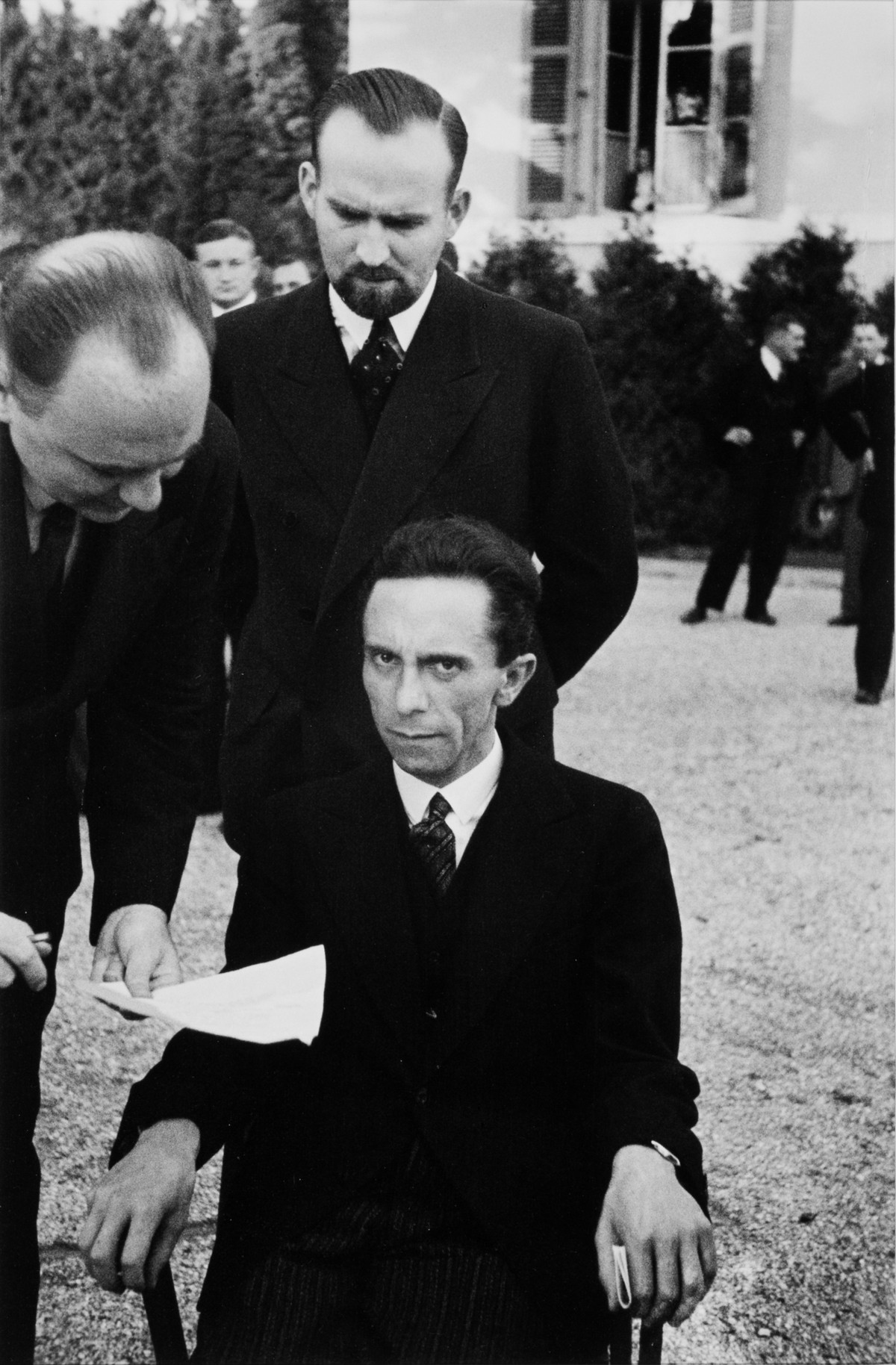
Nazi Germany’s propaganda minister Joseph Goebbels at the 1933 League of Nations conference in Geneva. He had just found out that the photographer was Jewish and stopped smiling. This photo was one of the first shots of Alfred Eisenstadt that appeared on the cover of the LIFE magazine.
Eyes of hate: story behind iconic photo by Alfred Eisenstaedt
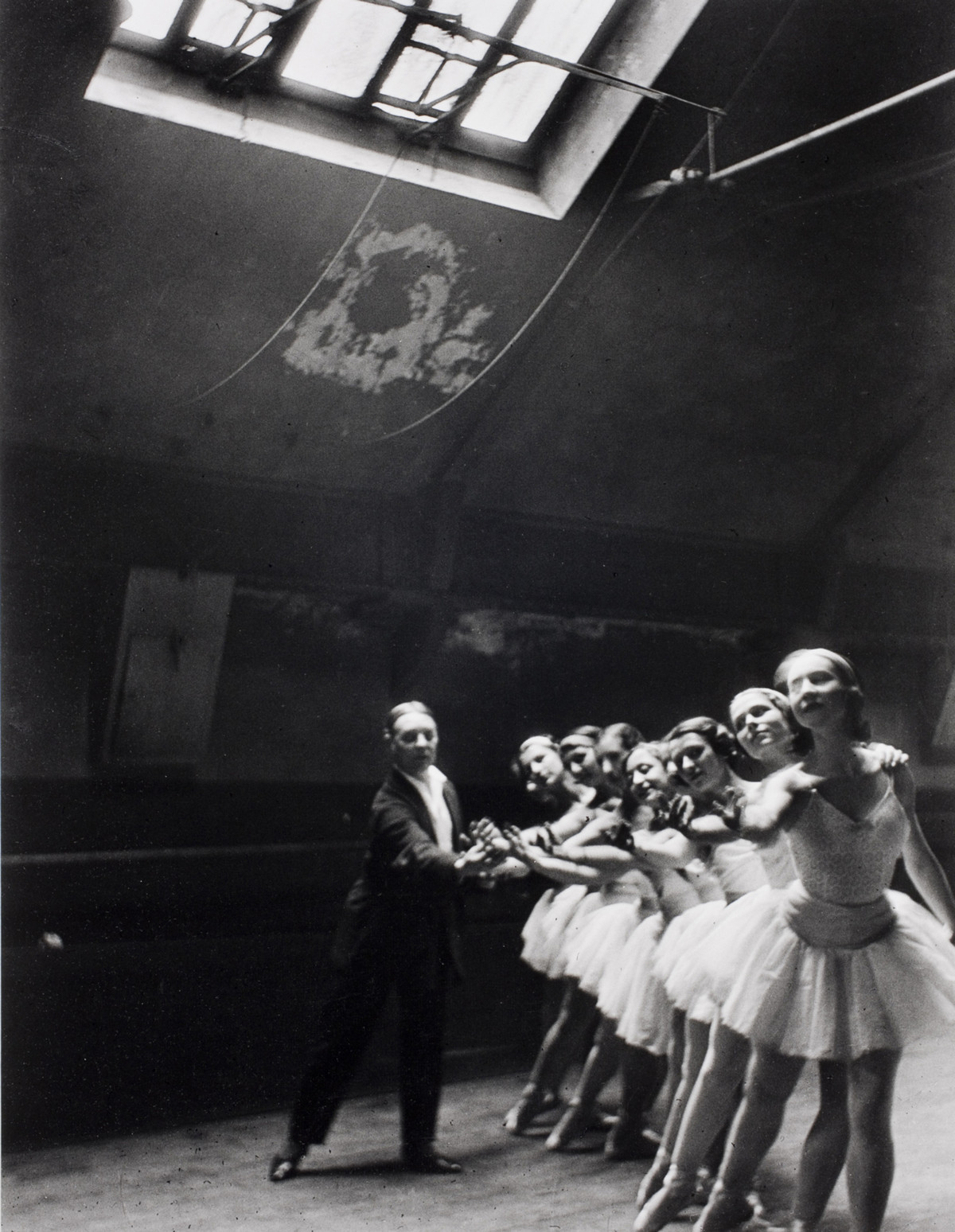
Ballerinas with a ballet master at a rehearsal at the Paris Opera. Paris, France, 1932.
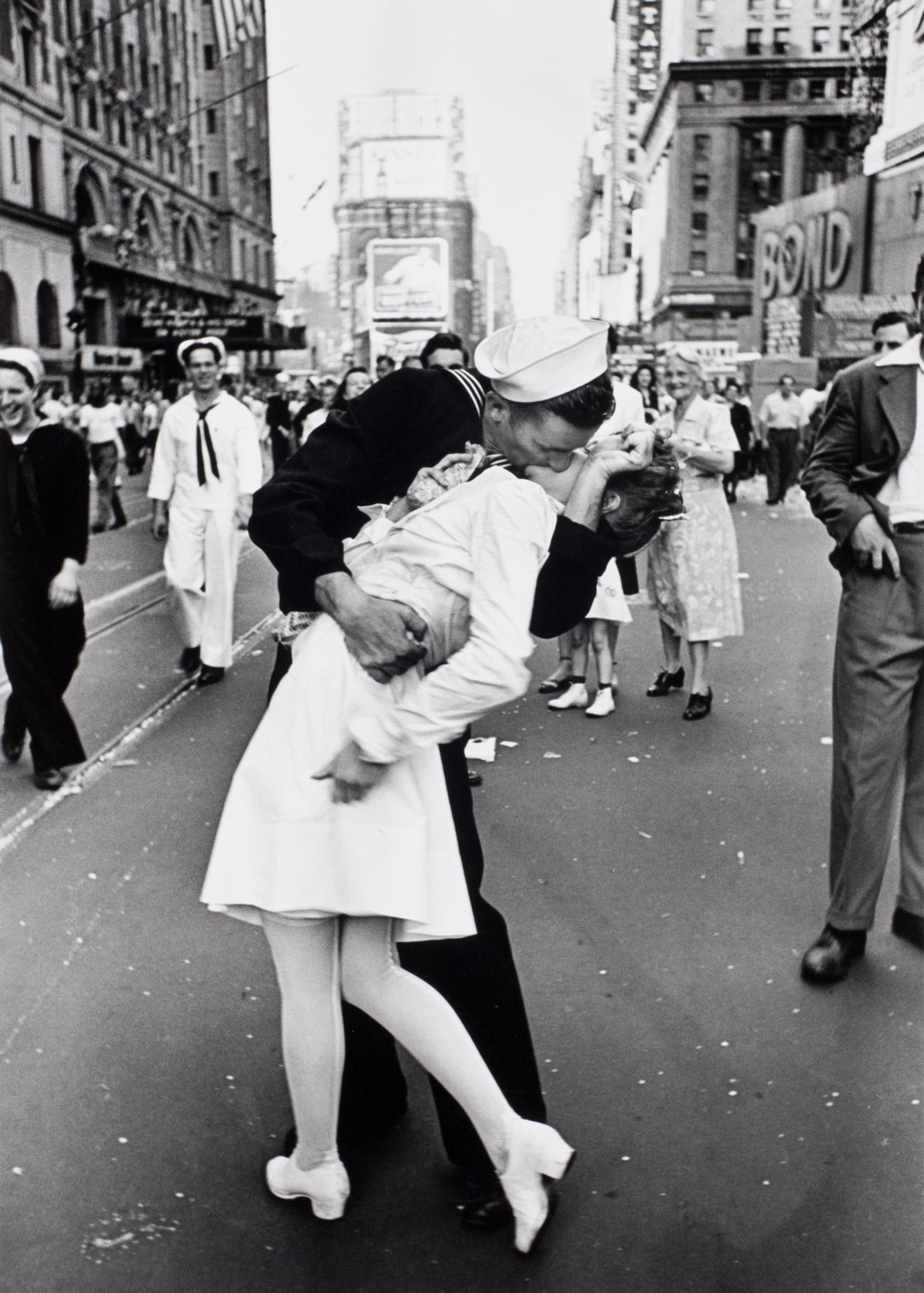
V-J Day, 1945
The story ‘V-J Day in Times Square’ by Alfred Eisenstaedt

Senior waiter René Breguet from the Grand Hotel serving ice skating cocktails. The commune of St. Moritz in Switzerland, 1932.
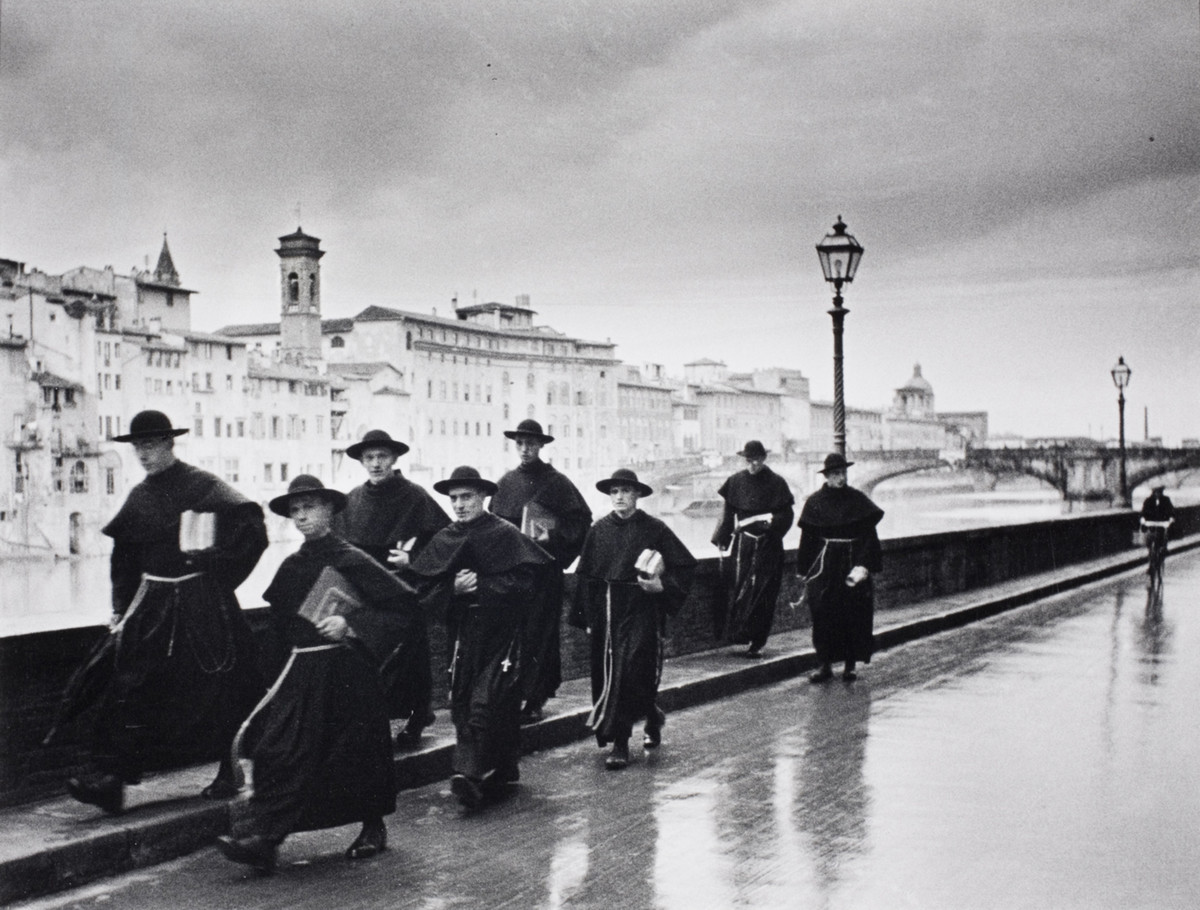
Young monks walk across the Ponte Vecchio in Florence, Italy, 1935.
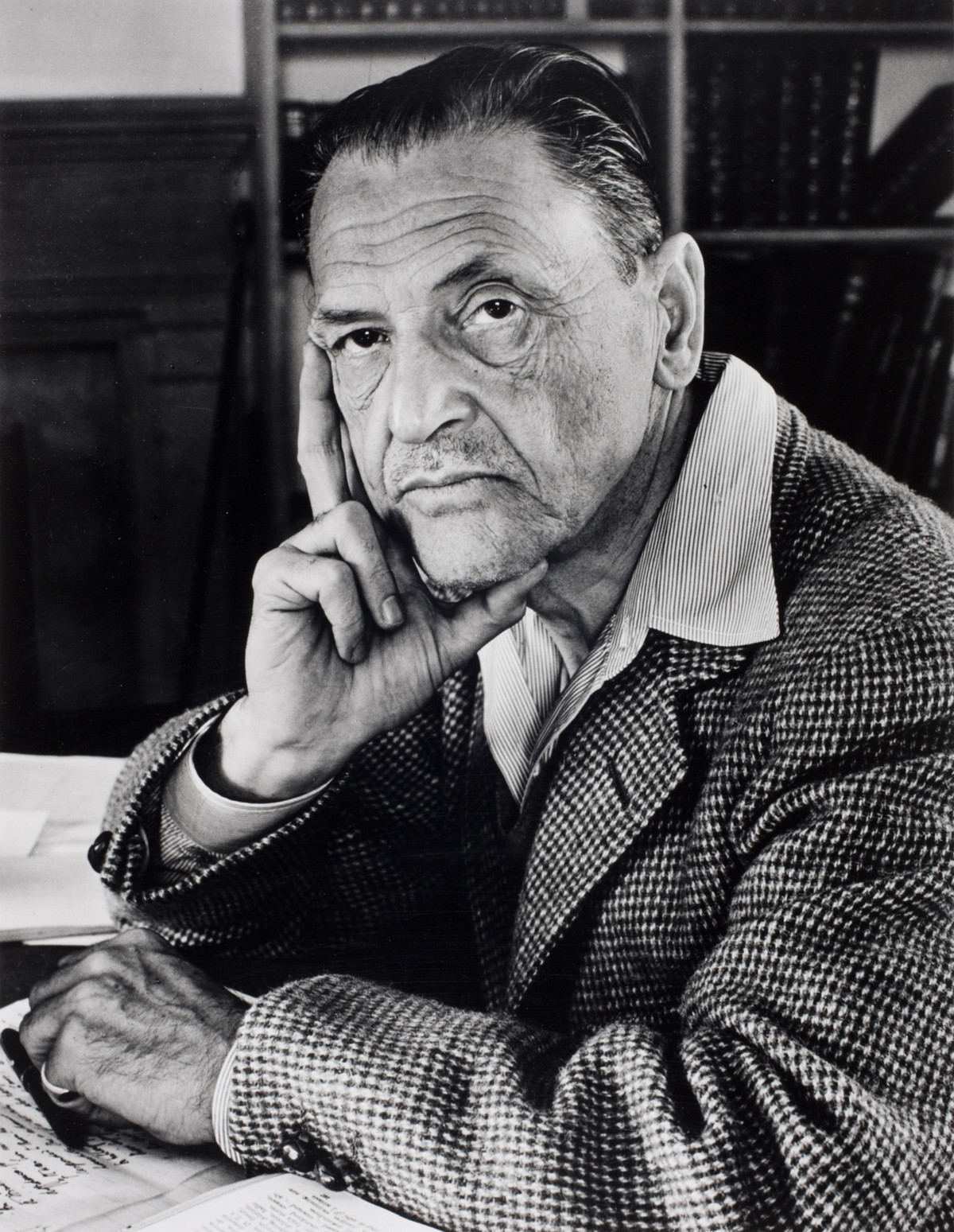
Writer William Somerset Maugham, South Carolina, USA, 1942.
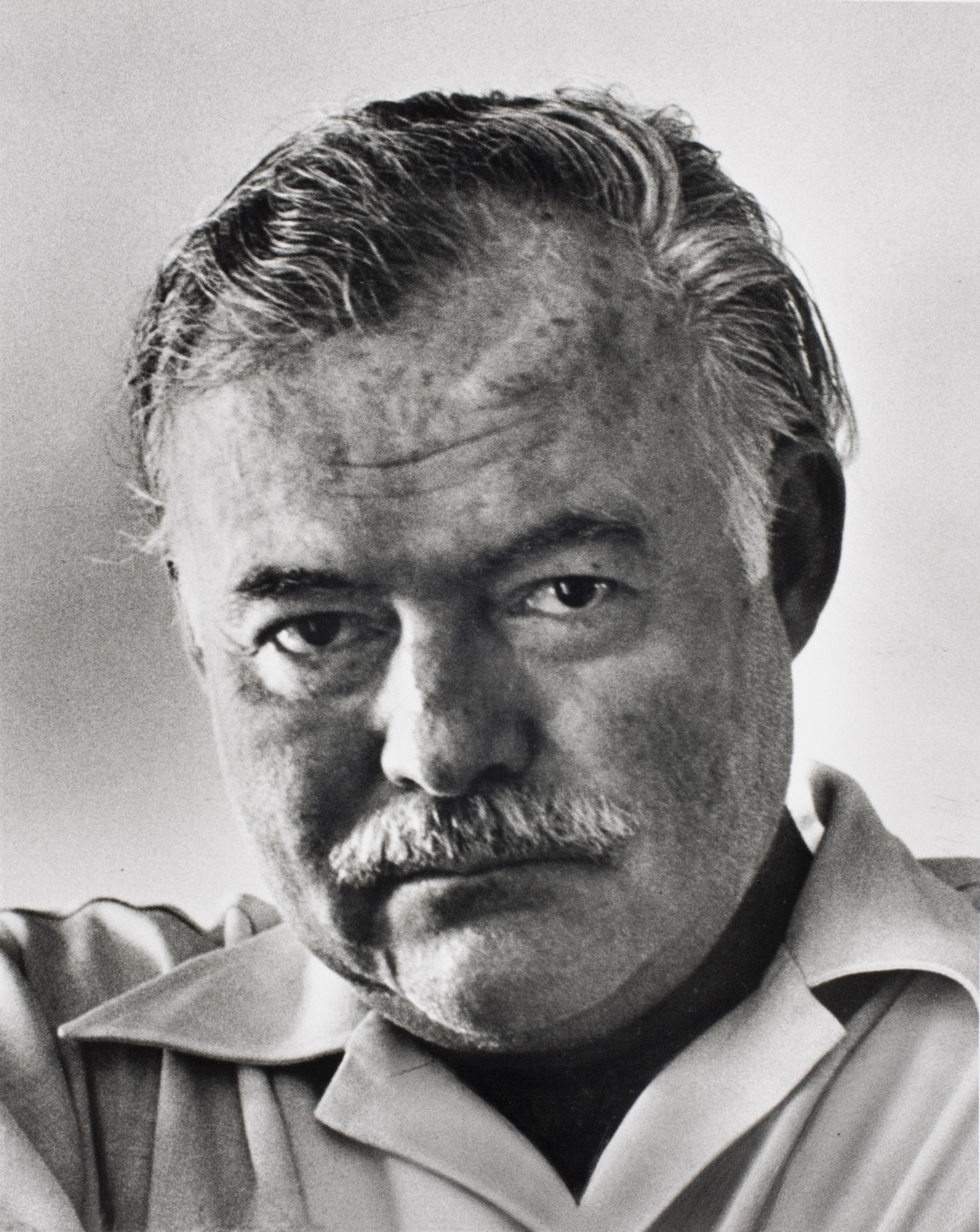
Writer Ernest Hemingway. Havana, Cuba, 1952.
Read more: Ernest Hemingway and a dead cat
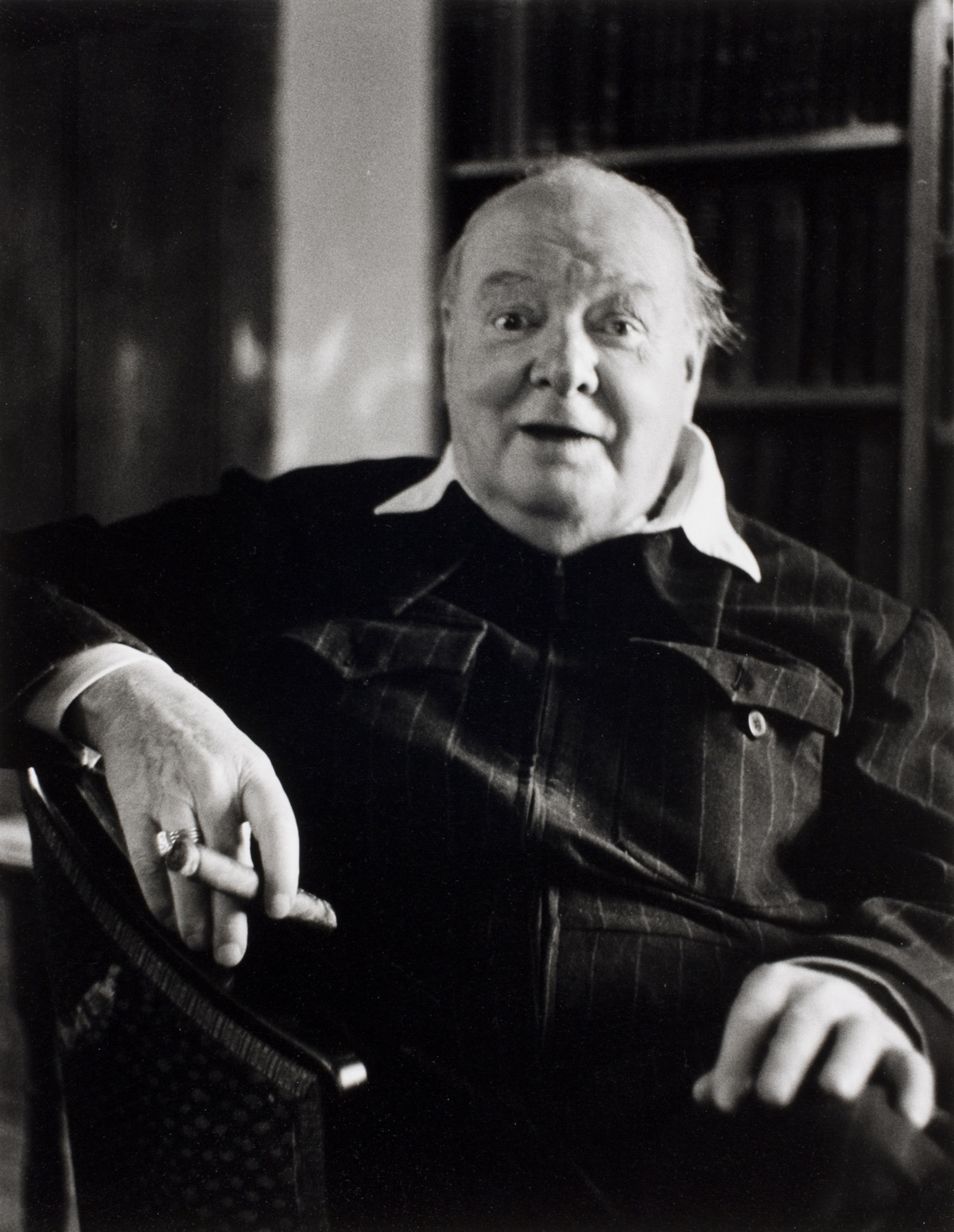
Winston Churchill, Chartwell, Kent, England, 1951.
Read more: Winston Churchill with a Tommy Gun, 1940
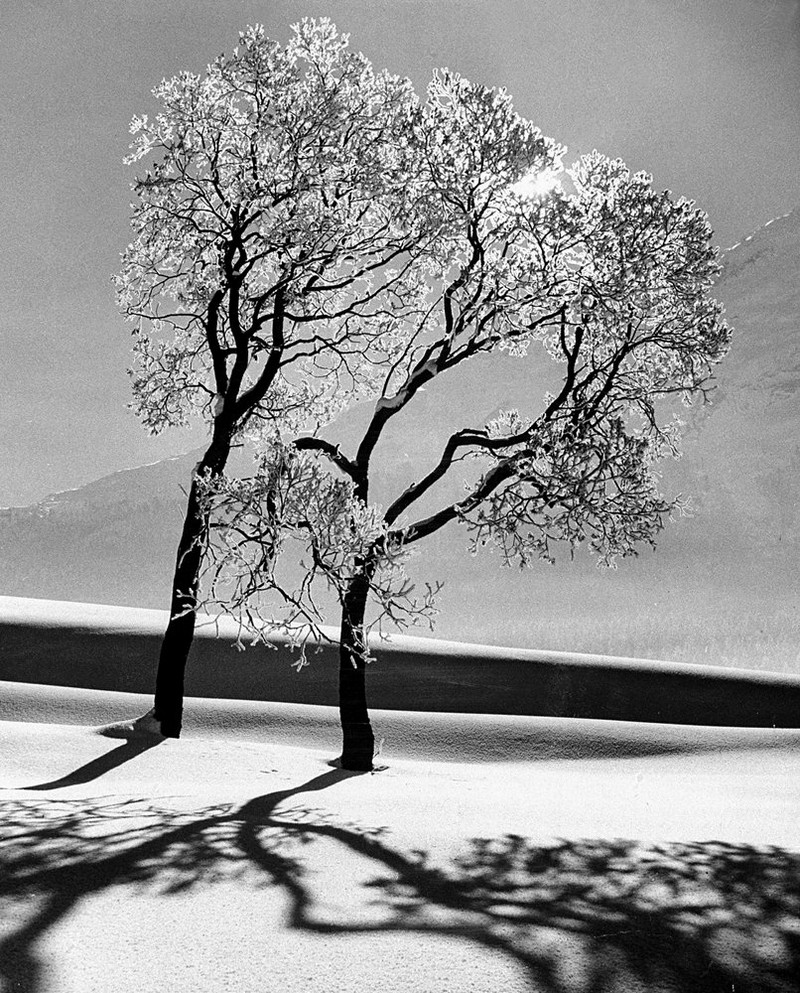
Trees in the snow, St. Moritz, 1947.
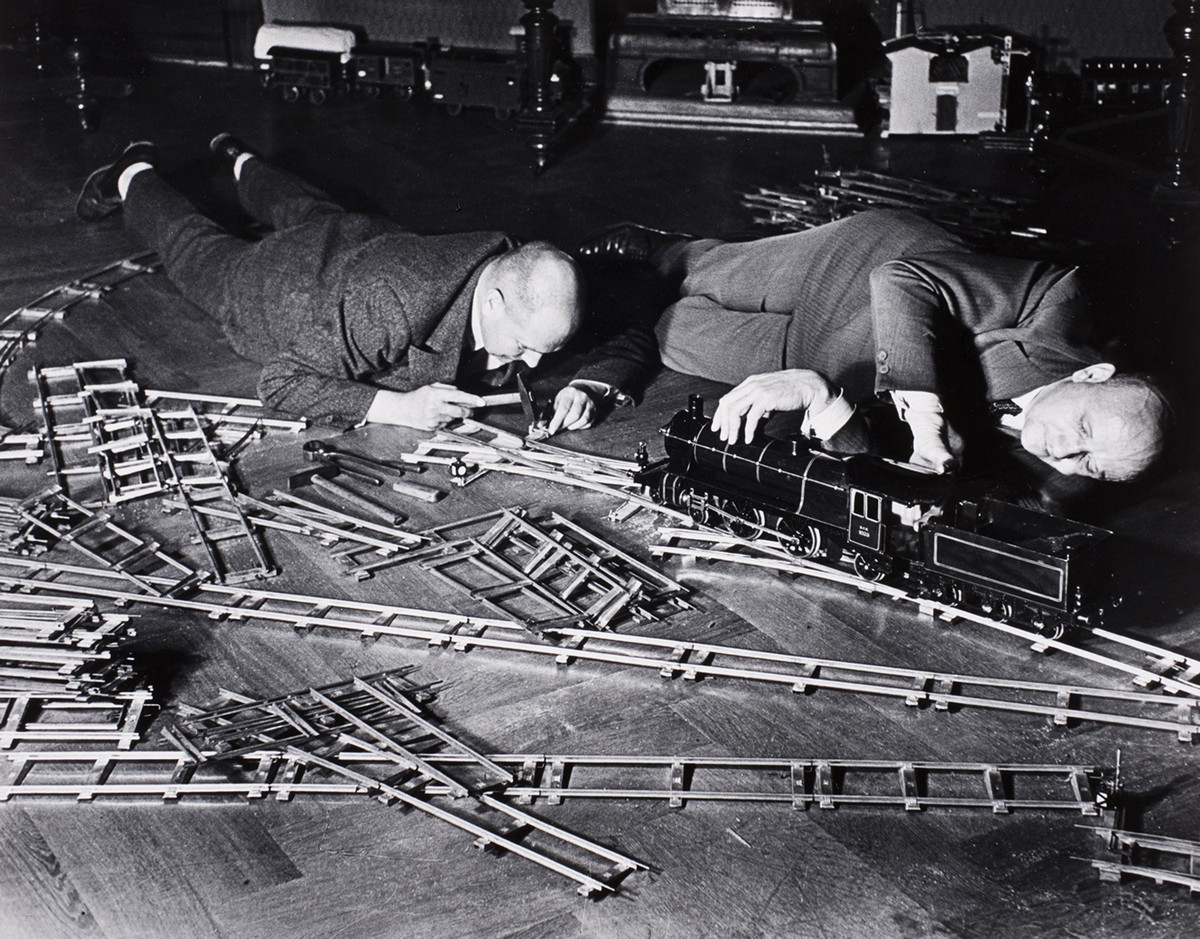
The room where Beethoven was born. Bonn, Germany, 1979.
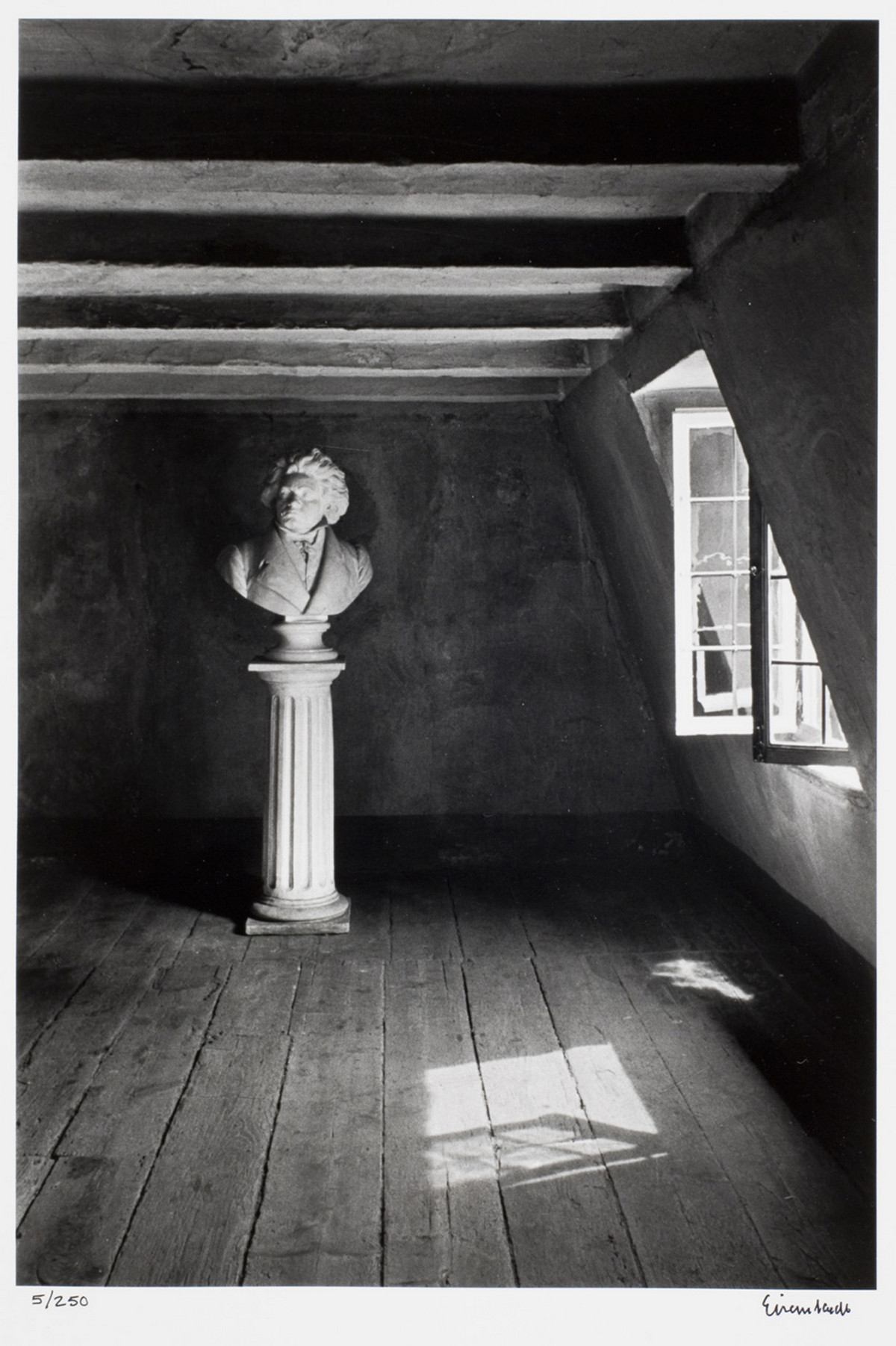
The room where Beethoven was born. Bonn, Germany, 1979.
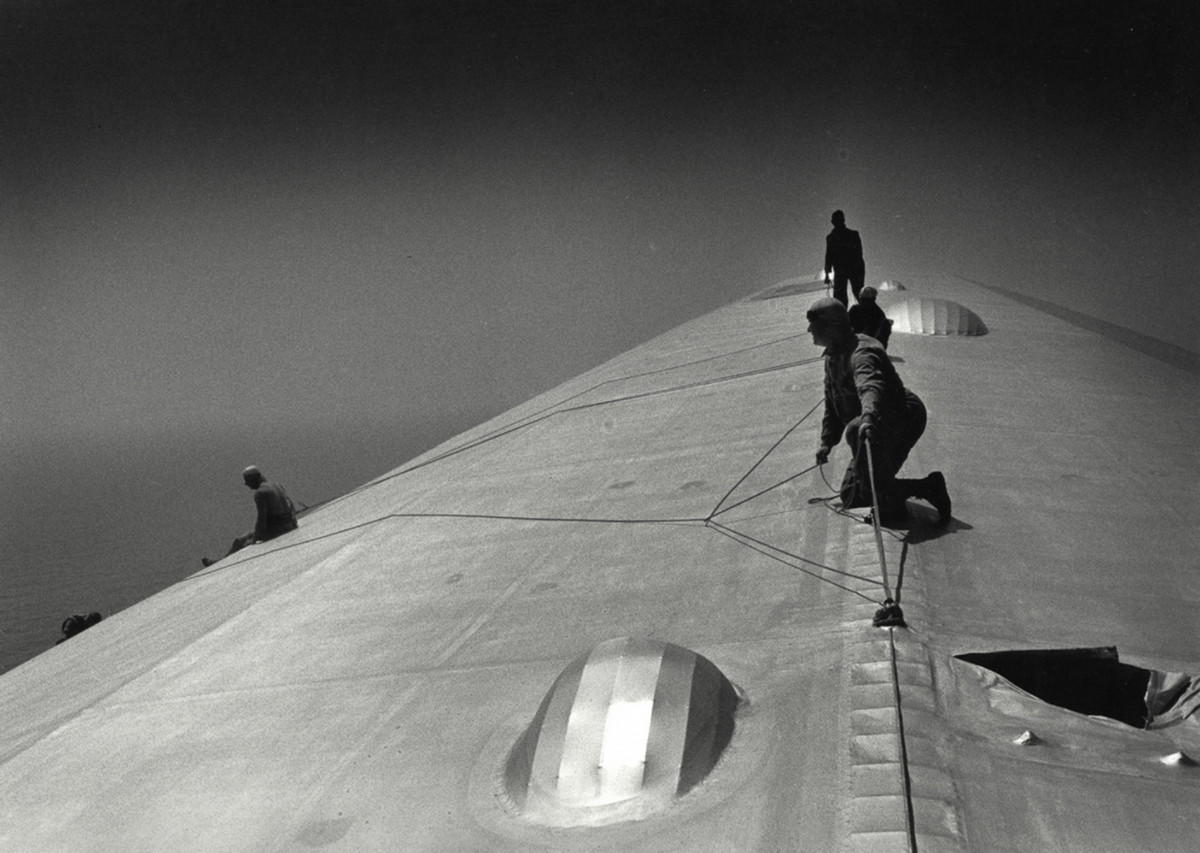
The hull of the German airship Graf Zeppelin renovated over the South Atlantic, 1933.
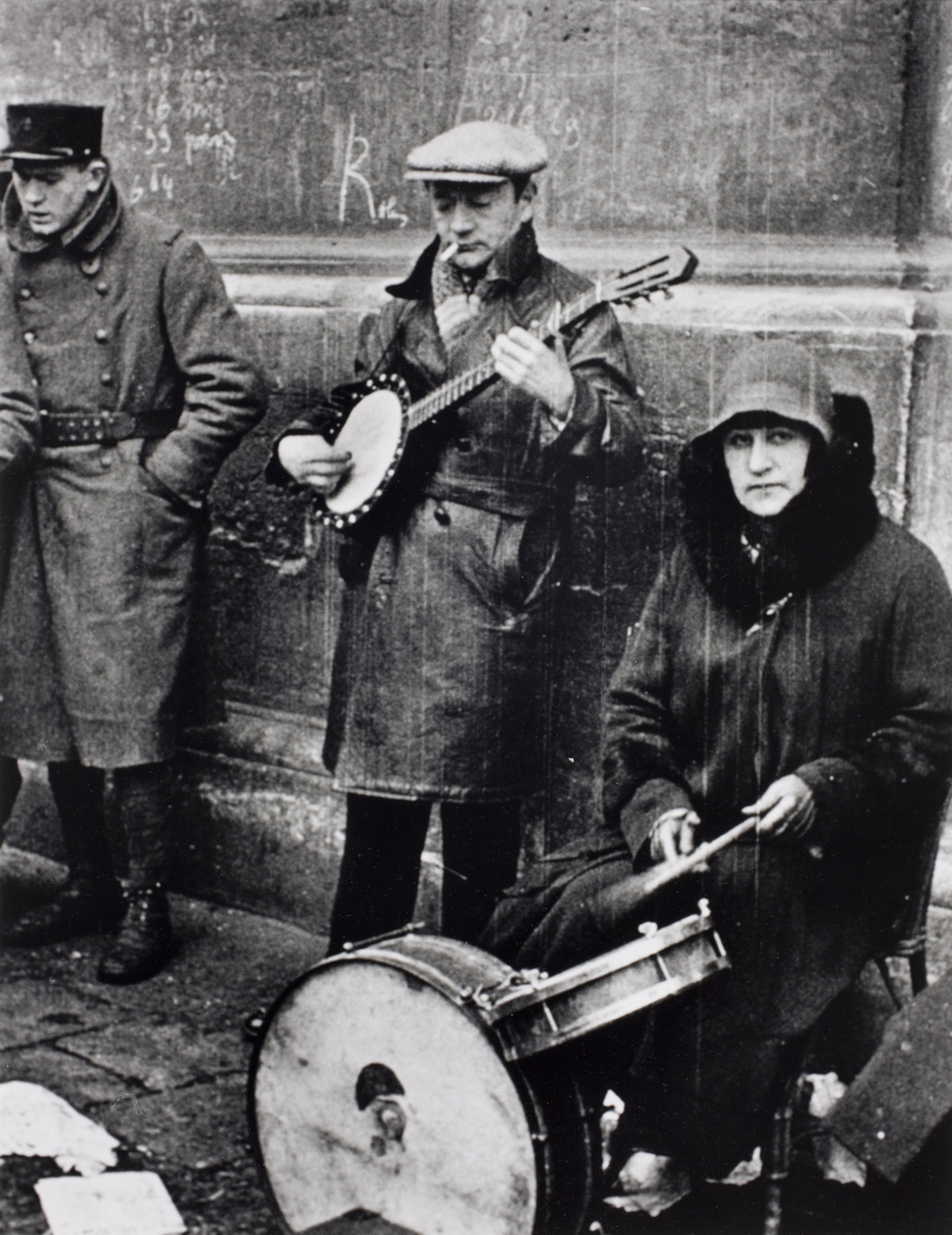
Street musicians near Rue Saint-Denis in Paris, 1932.
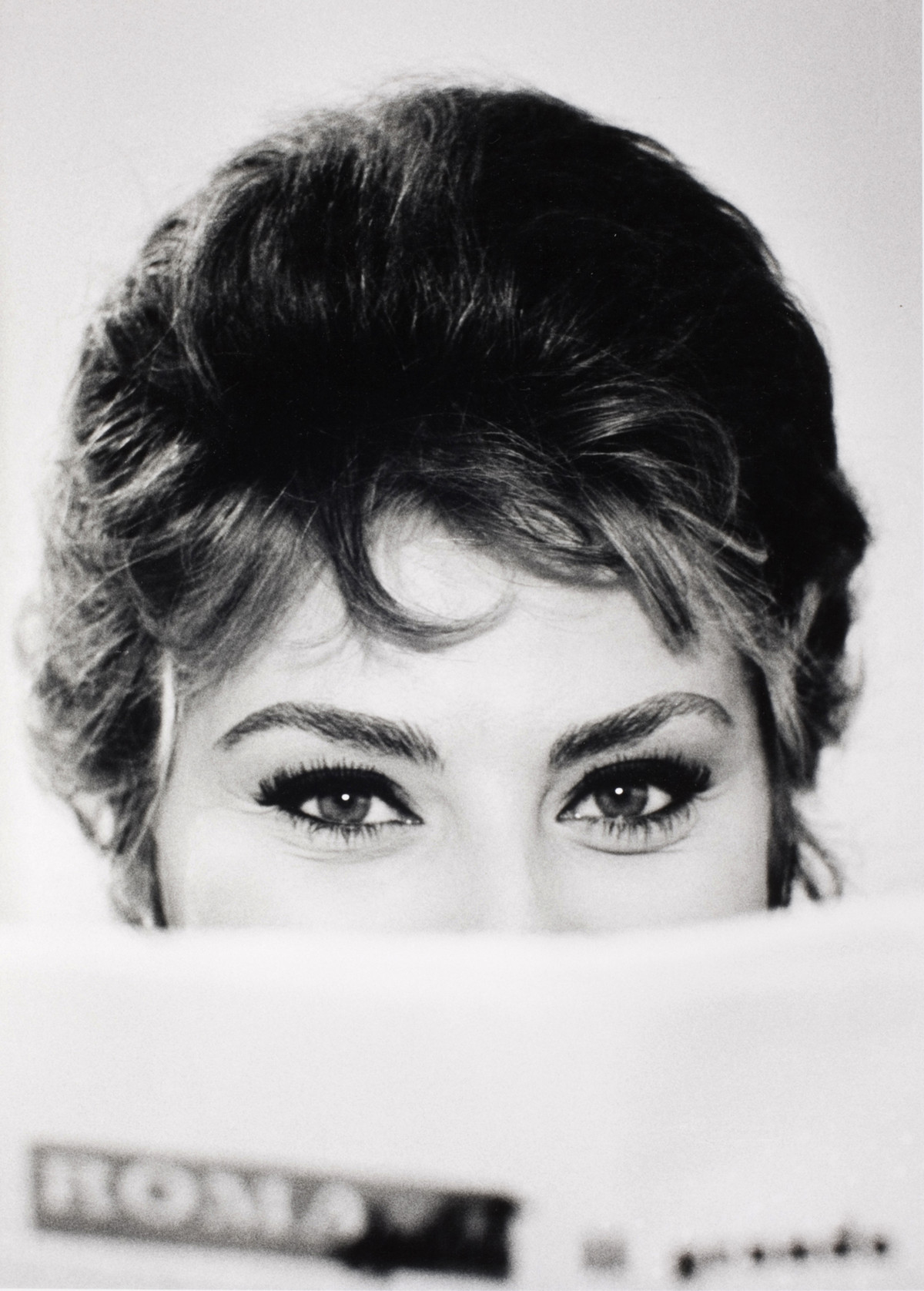
Sophia Loren, Rome, Italy, 1961.
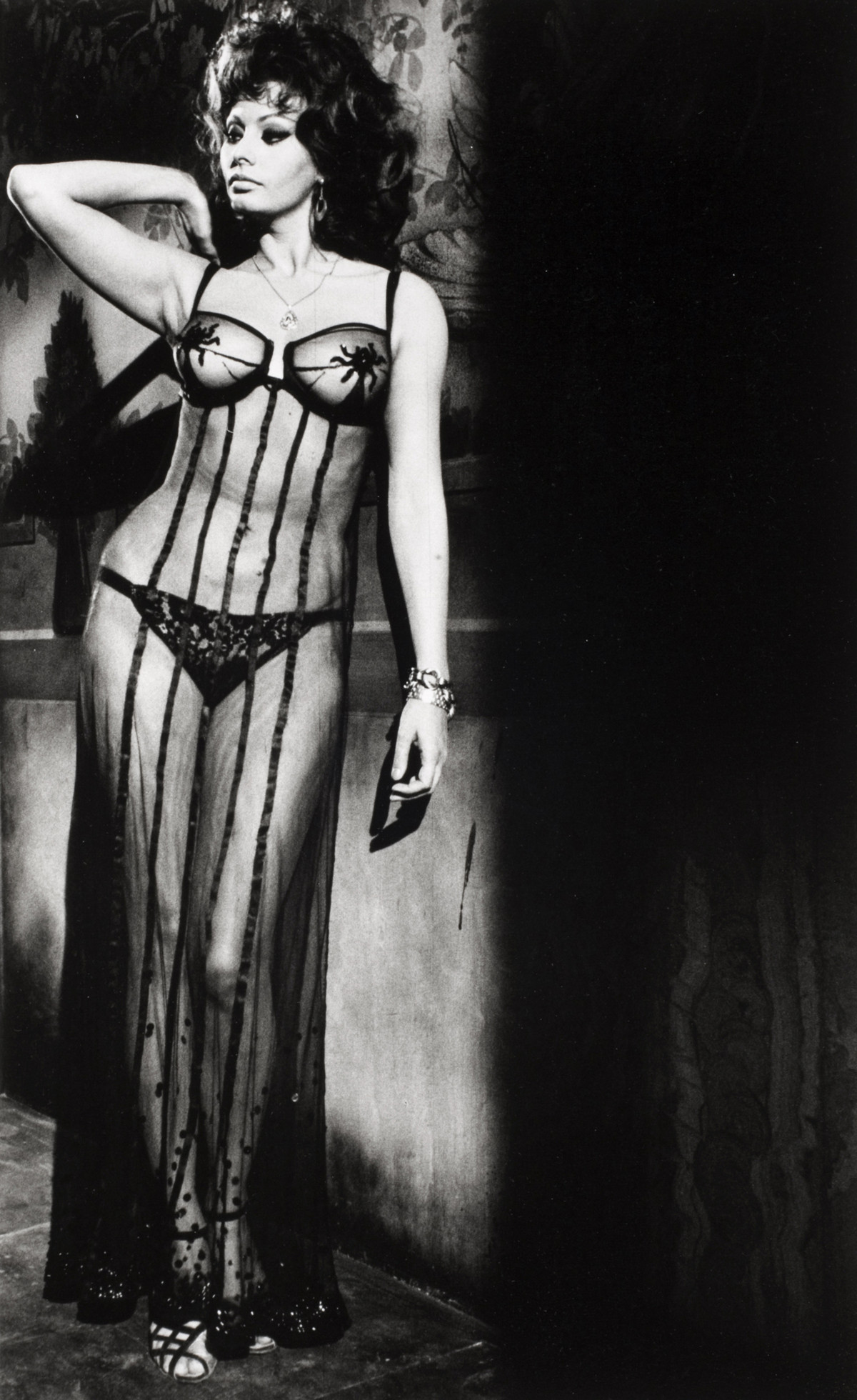
Sophia Loren behind the scenes of the ‘Italian Marriage,’ Rome, Italy, 1964.
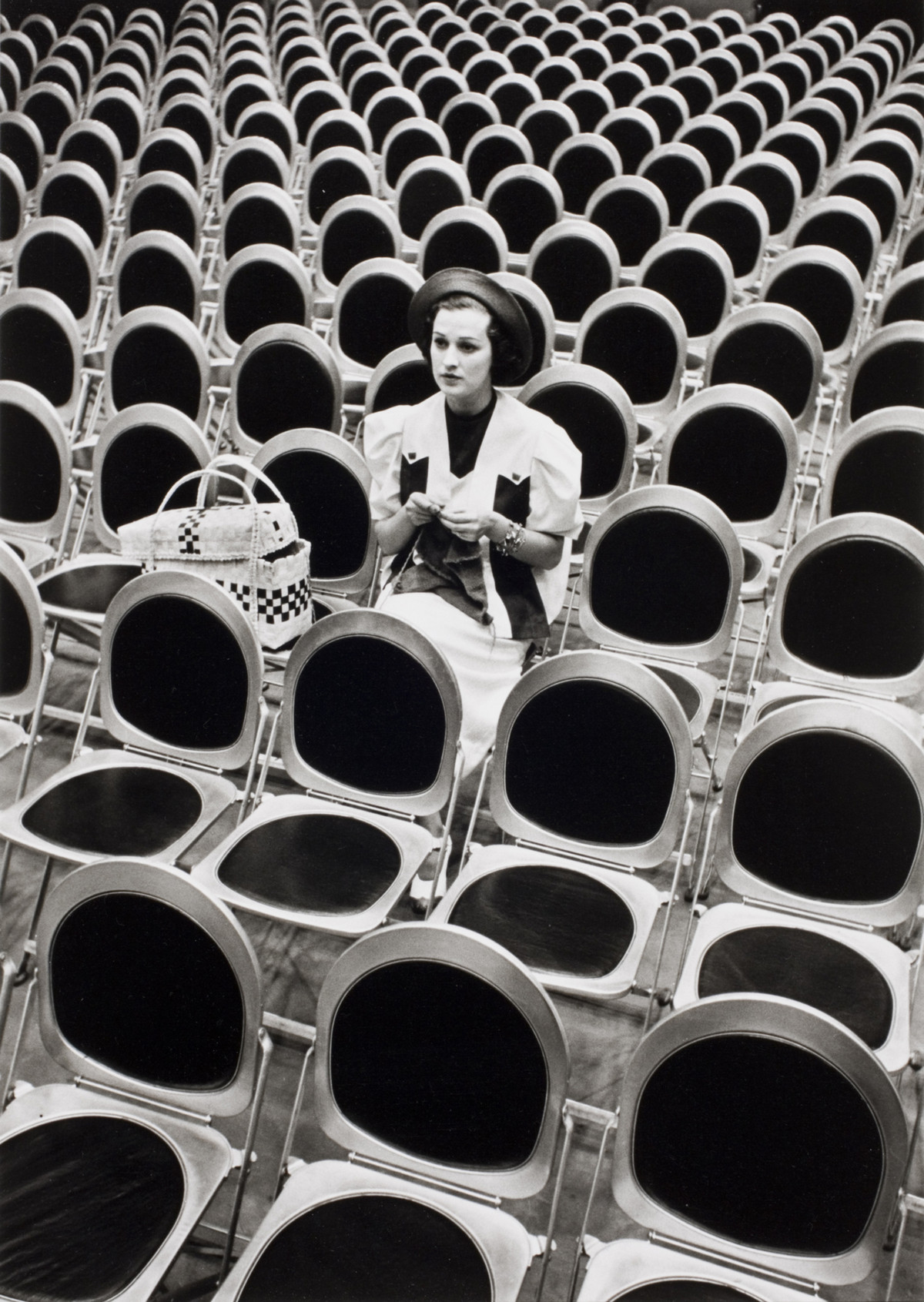
Singer Jane Foreman at NBC 4H Studios in New York, 1937.
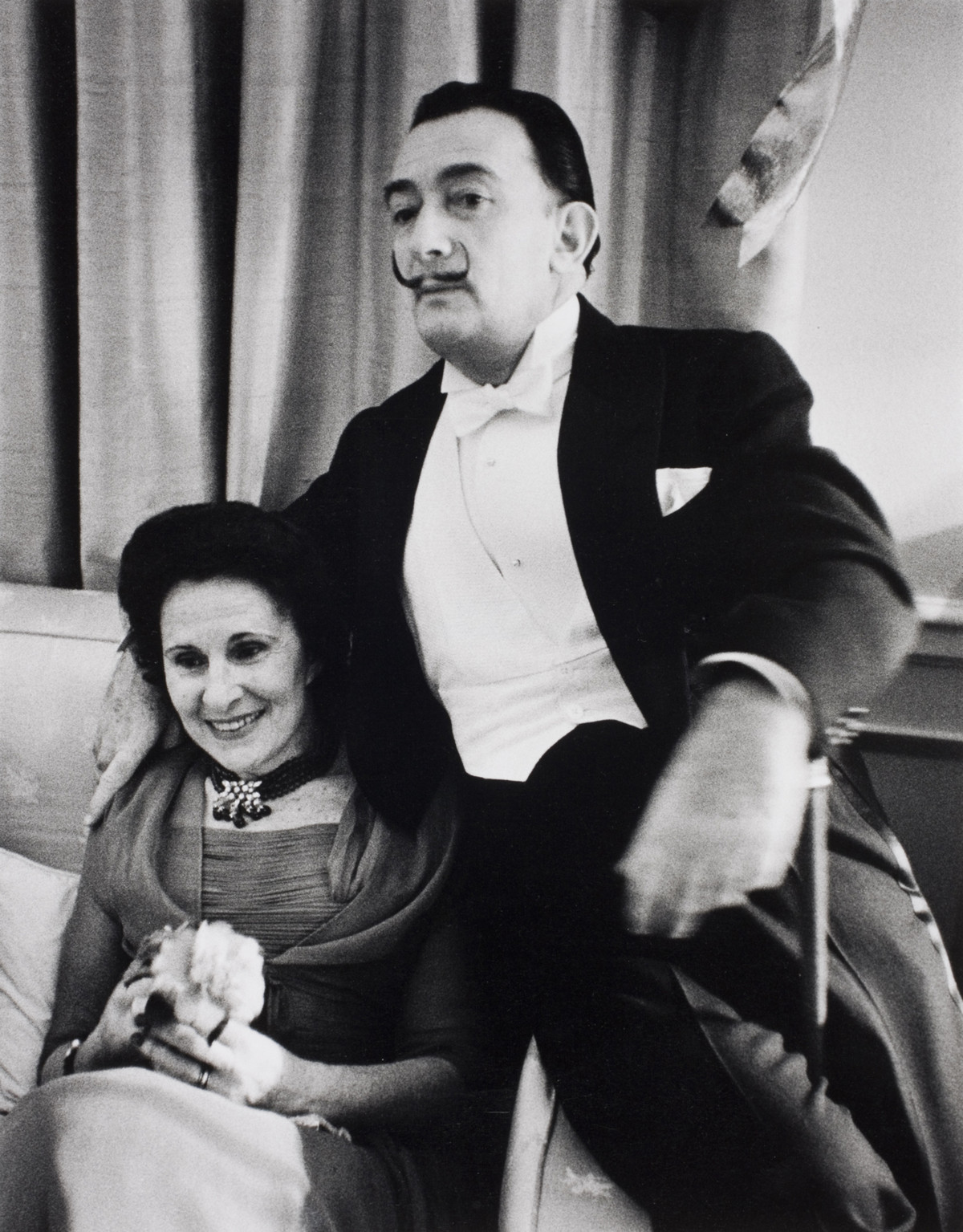
Salvador Dali with his wife at a New Year’s party in New York, January 1956.
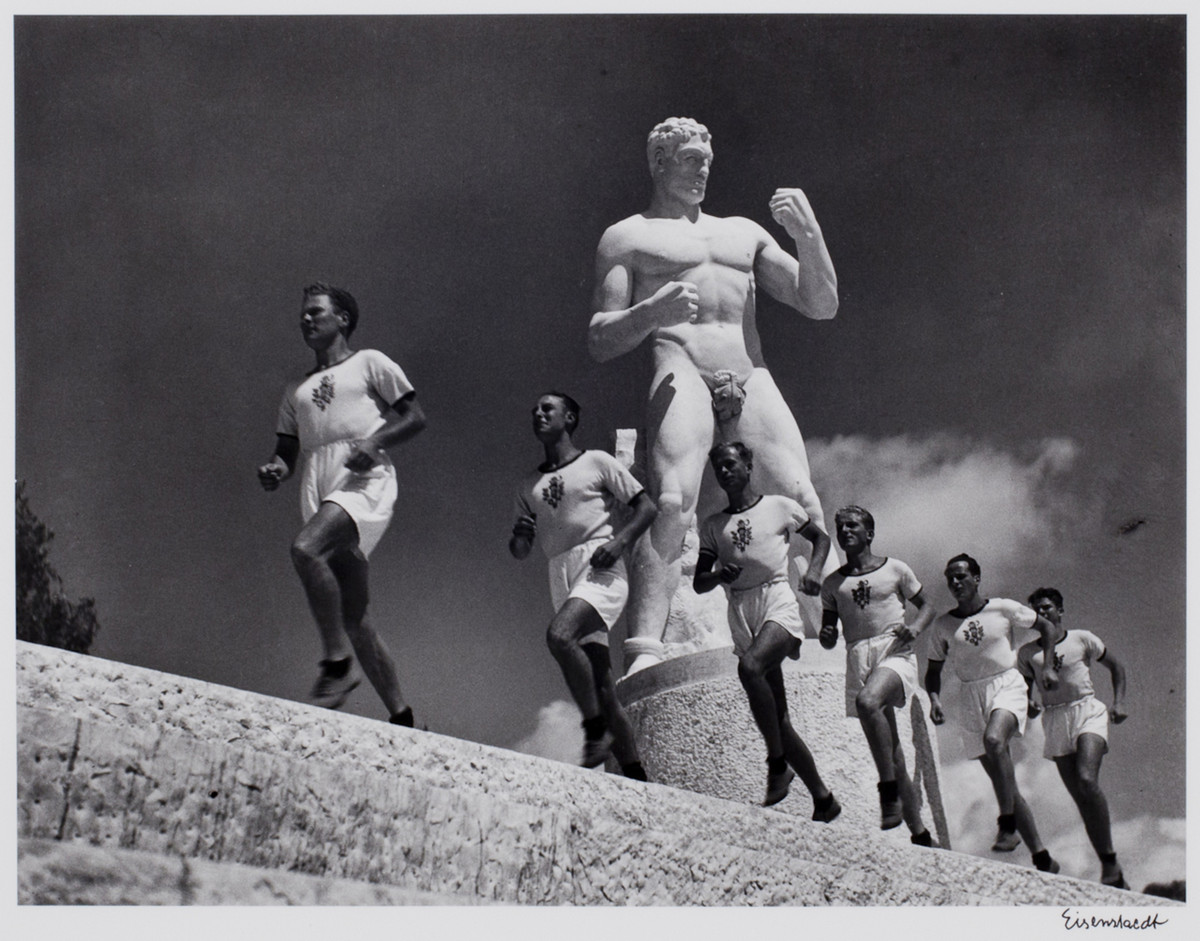
Runners at the Italian Forum, Rome, 1934.
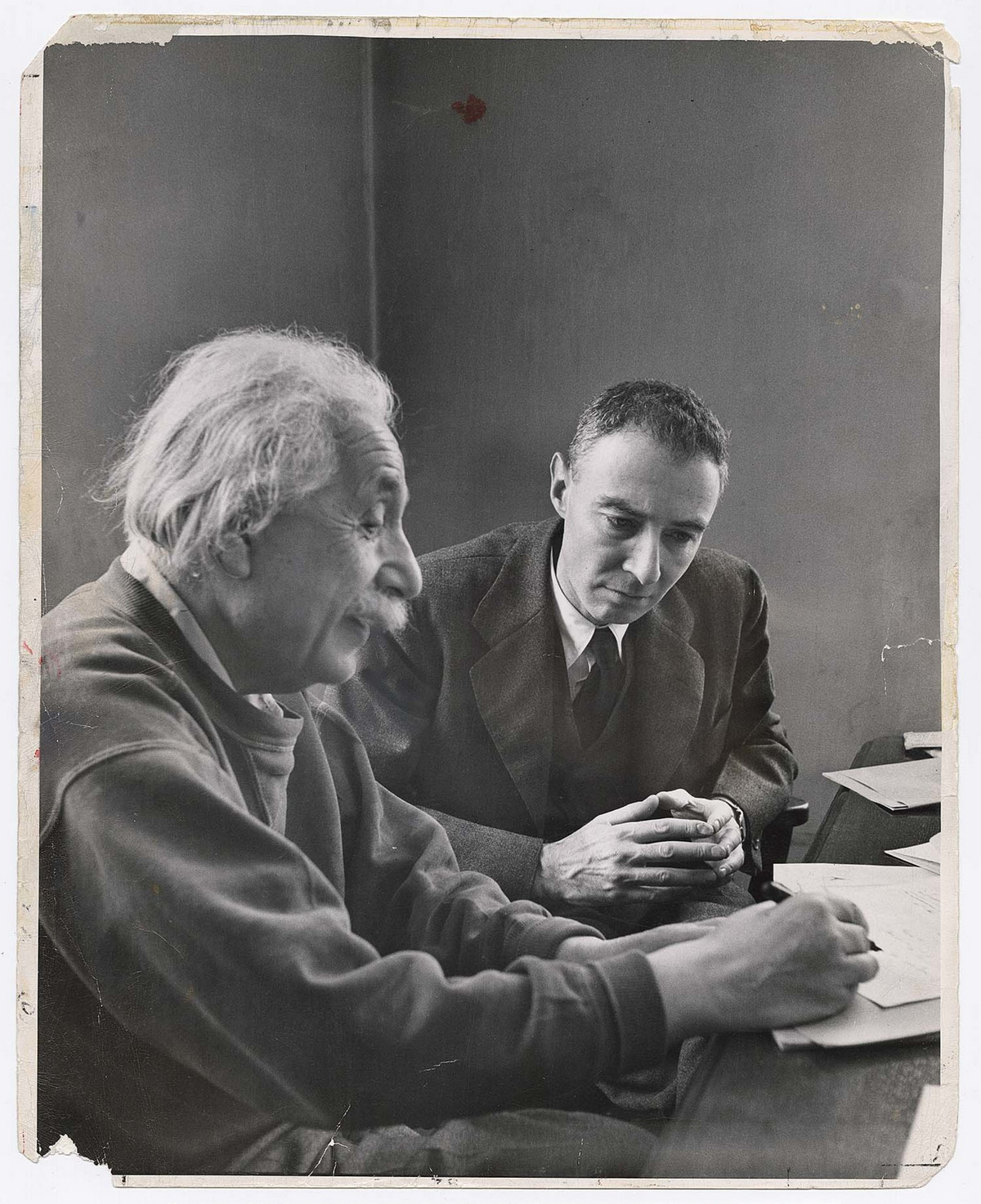
Director of the Institute for Advanced Study, Robert Oppenheimer, discusses the theory of matter in terms of space with Albert Einstein in Princeton, New Jersey, 1947.
Read more: Albert Einstein becomes US citizen, 1940
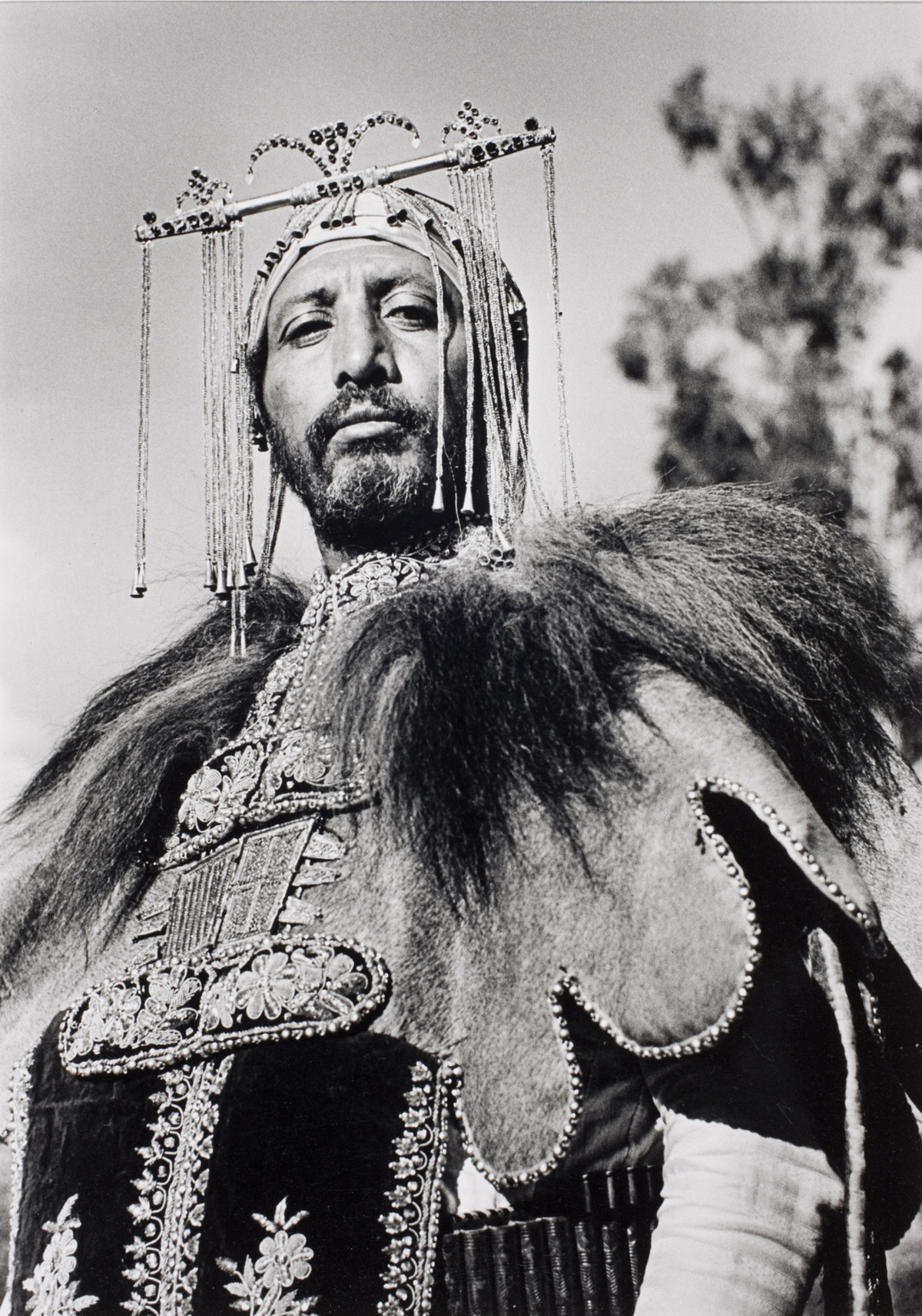
Professional hunter Haile Selassie in Addis Ababa, Ethiopia, 1935.
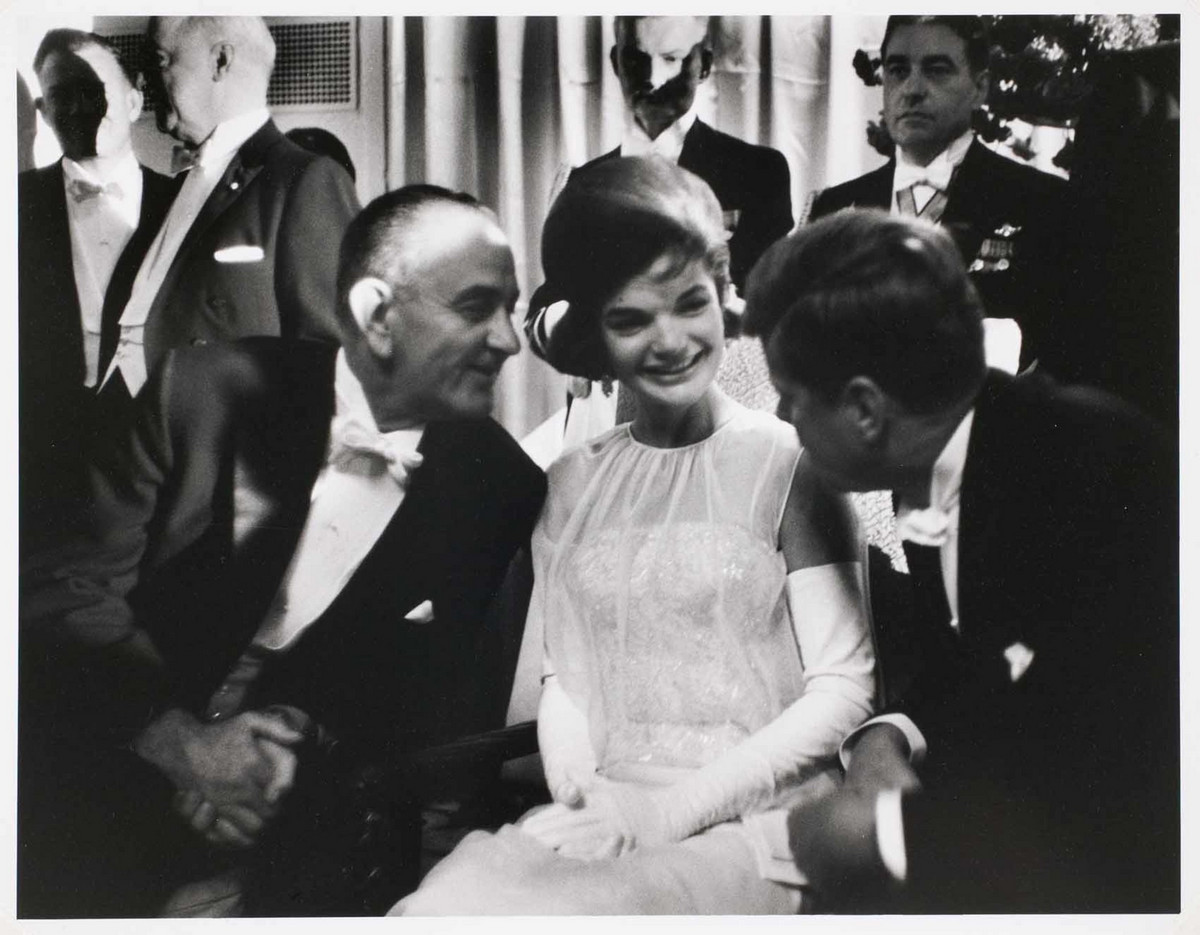
President John F. Kennedy’s inauguration ball at the Mayflower Hotel in Washington, DC January 20, 1961.
Read more: Historic friendship of Frank Sinatra and John F. Kennedy.
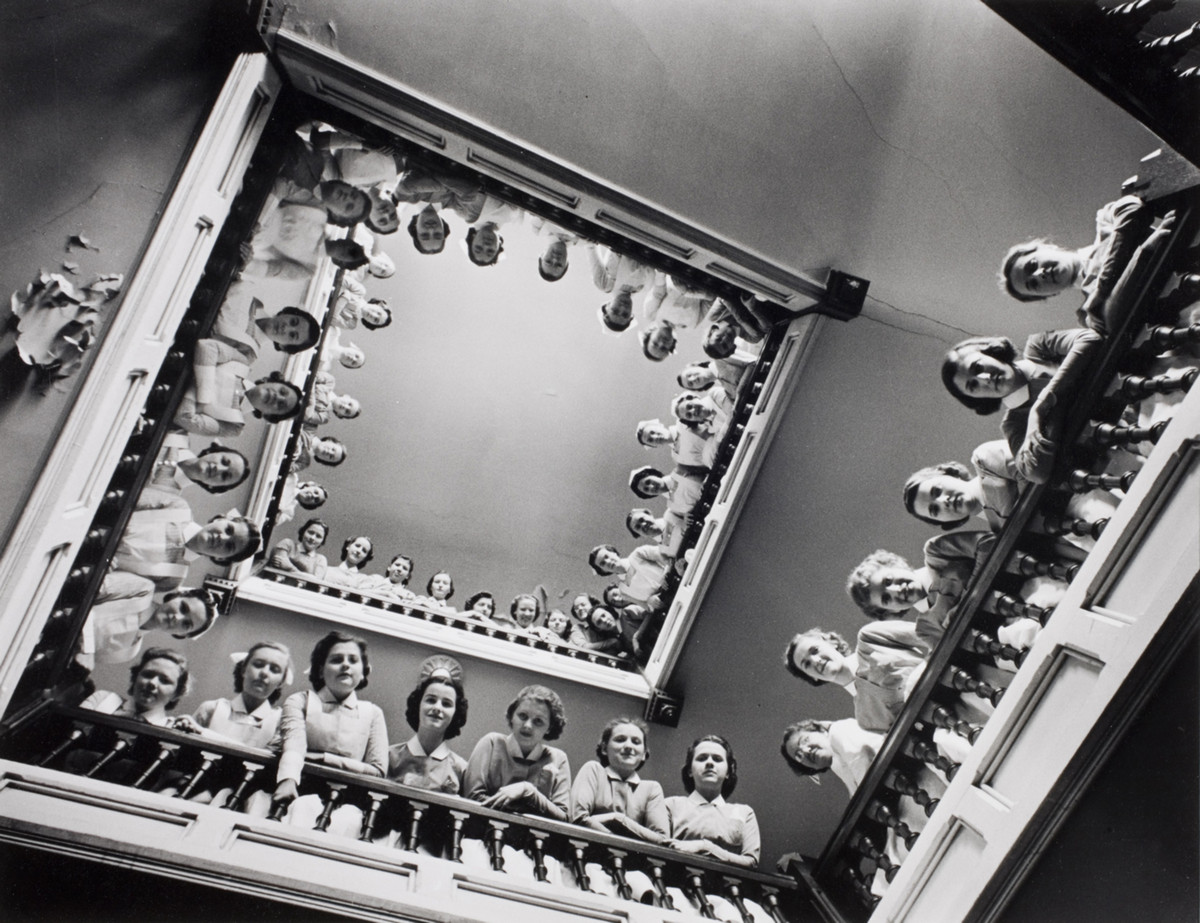
Nursing students at Roosevelt Hospital, New York, 1938.
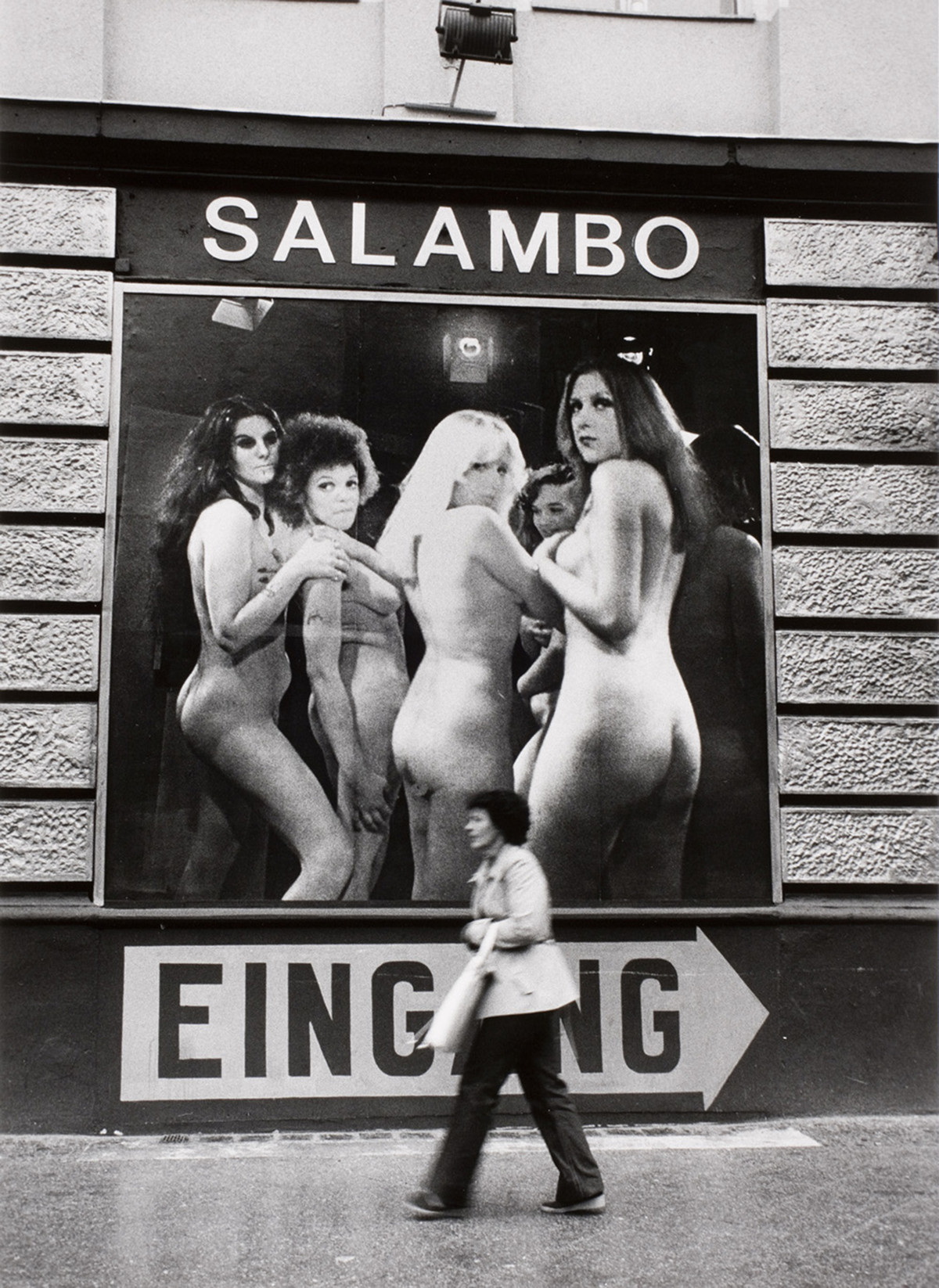
Nightclub Salambo in West Berlin, Germany, 1979.
Read more: 1950s Paris Nightlife in pictures by Frank Horvat.
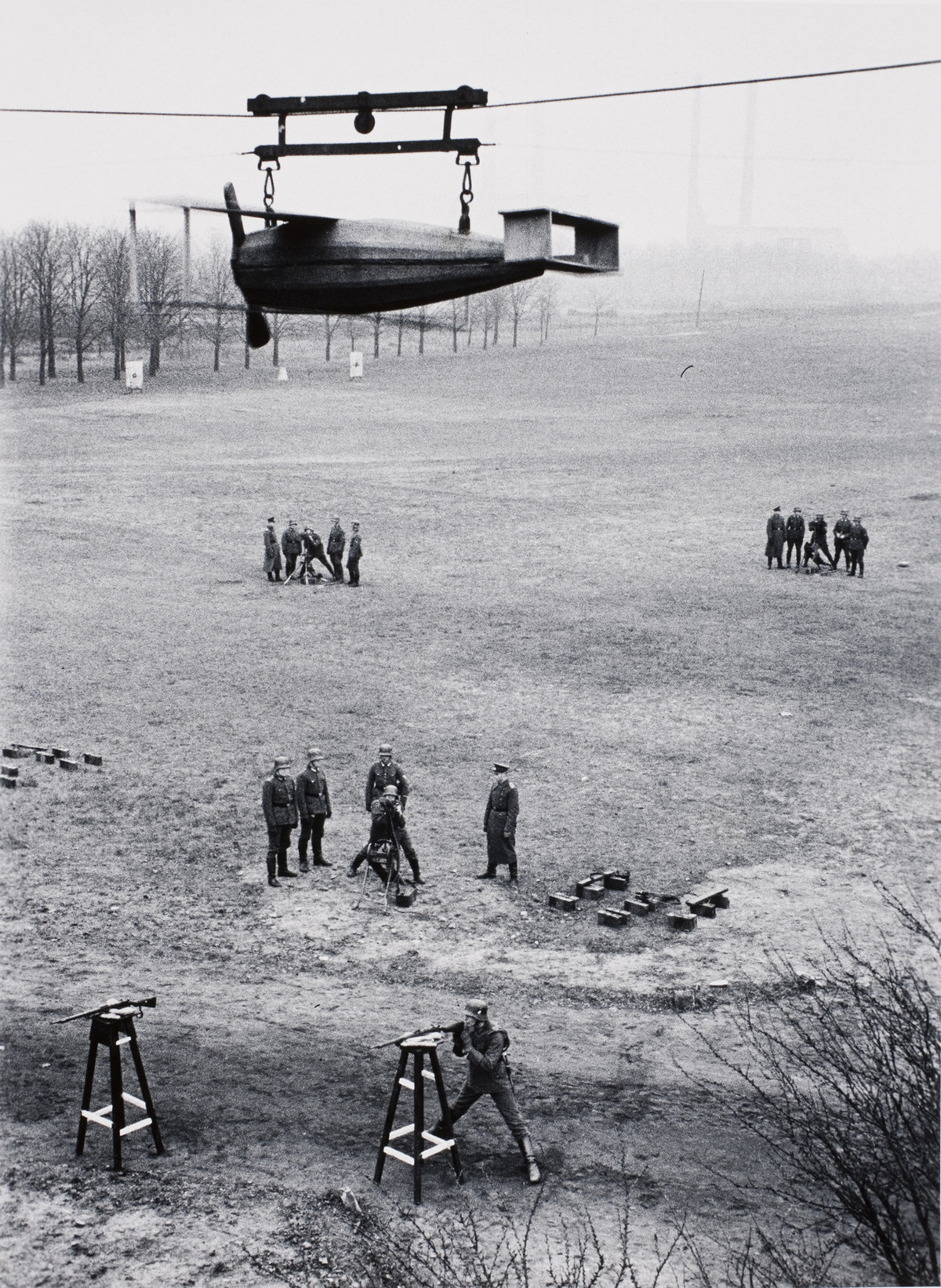
Mortar squad of the German army in the Spandau district, Berlin, 1934.
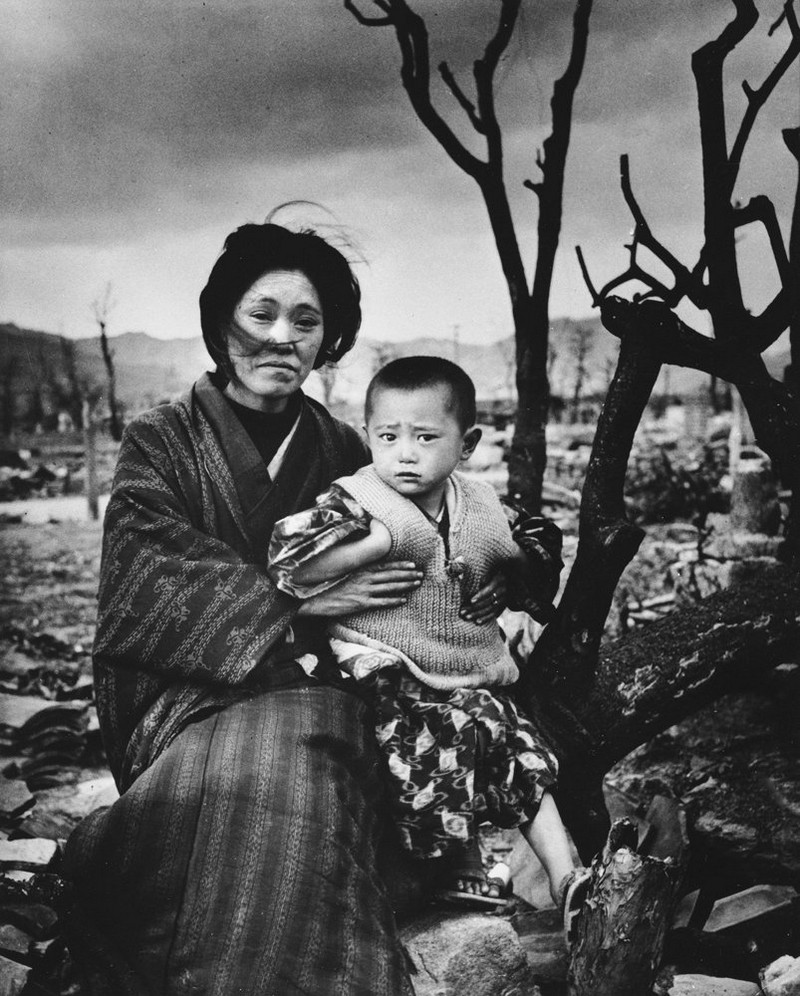
Mom and child in Hiroshima, Japan, December 1945.
Read more: Rare color photos of Hiroshima after the atomic explosion
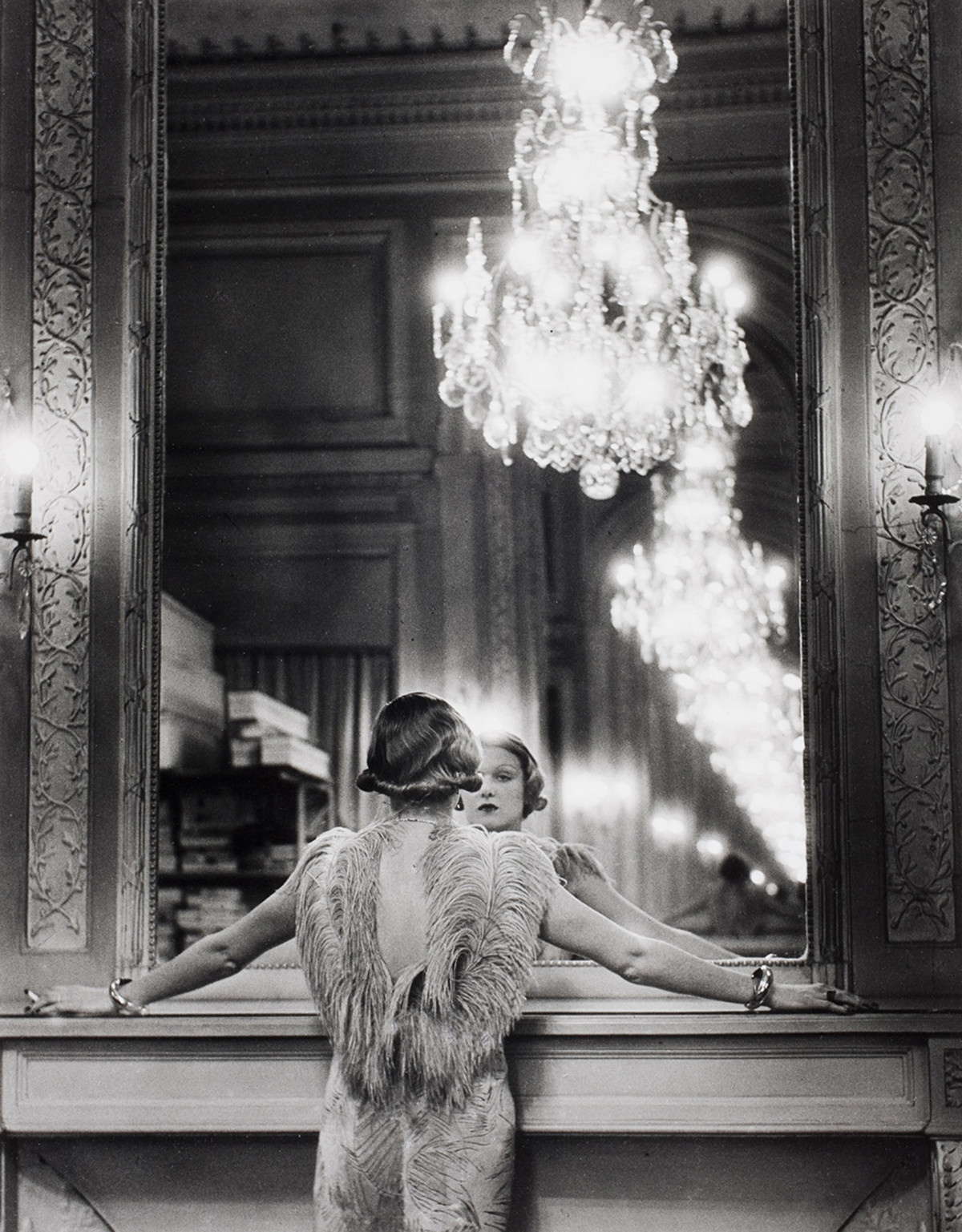
Model looking into a large mirror, Paris, France, 1932.
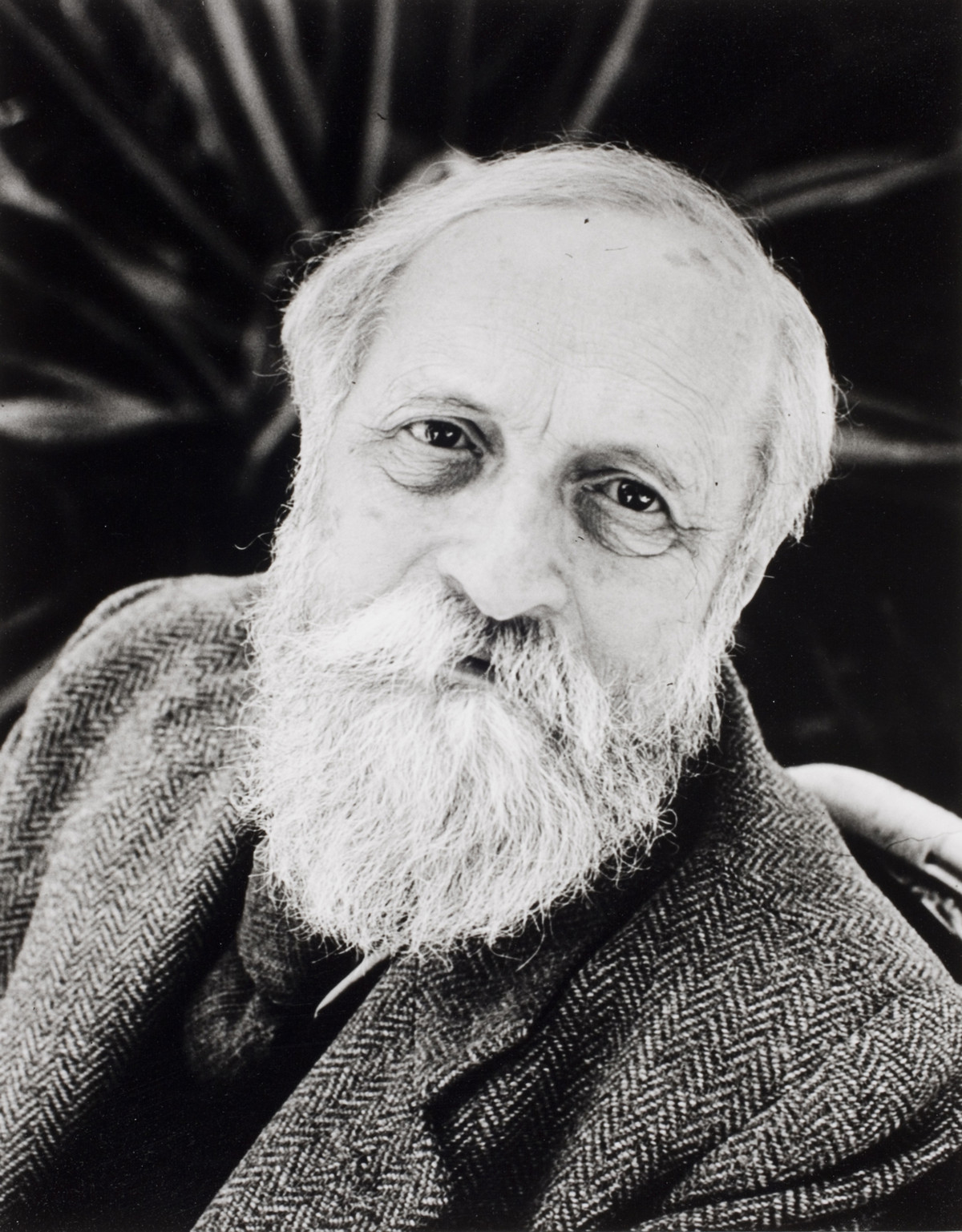
Martin Buber, a Jewish existential philosopher, and theorist of Zionism. Jerusalem, Israel, 1953.
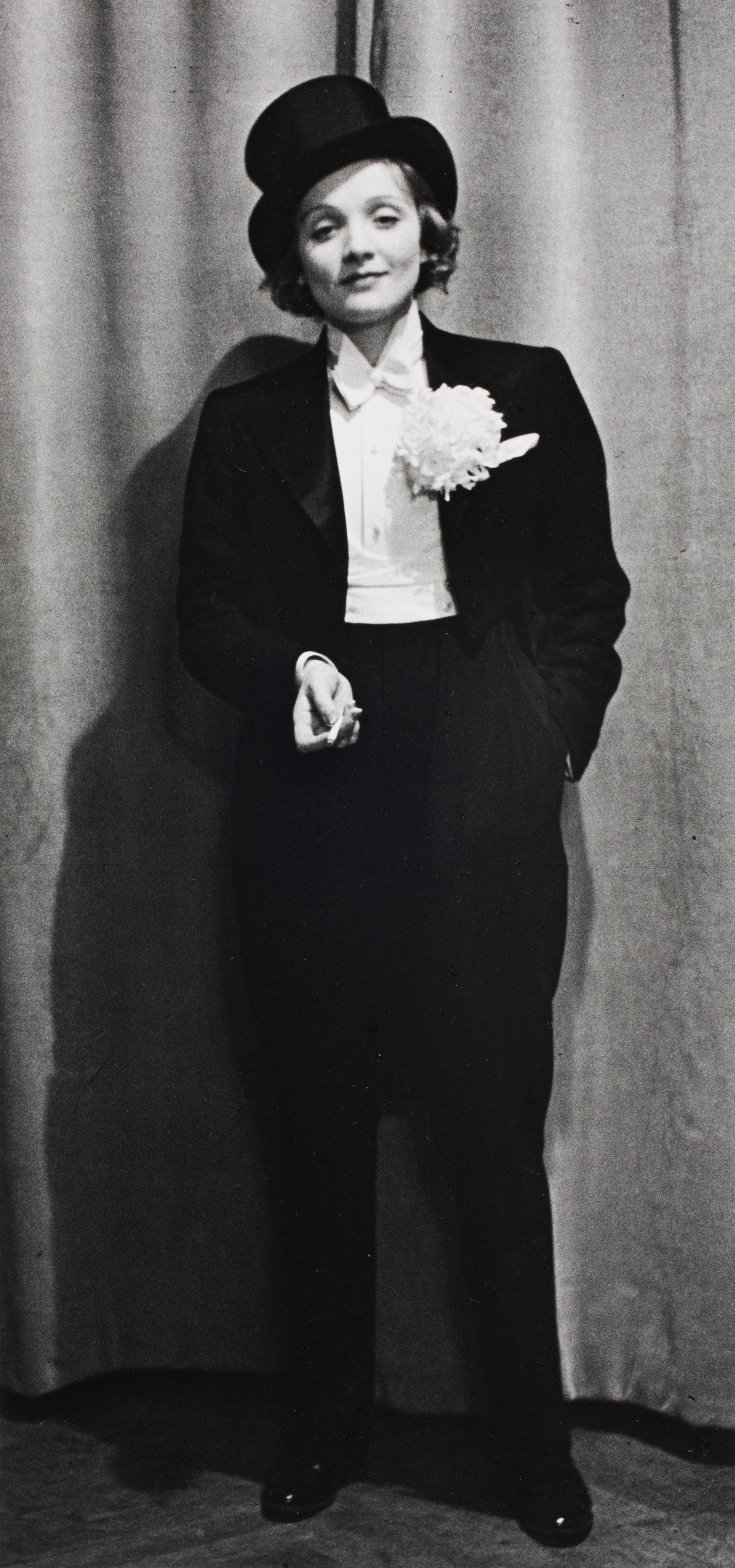
Marlene Dietrich, Berlin, 1929.

Marilyn Monroe, 1953.

Marilyn Monroe on the patio at her home in 1953.
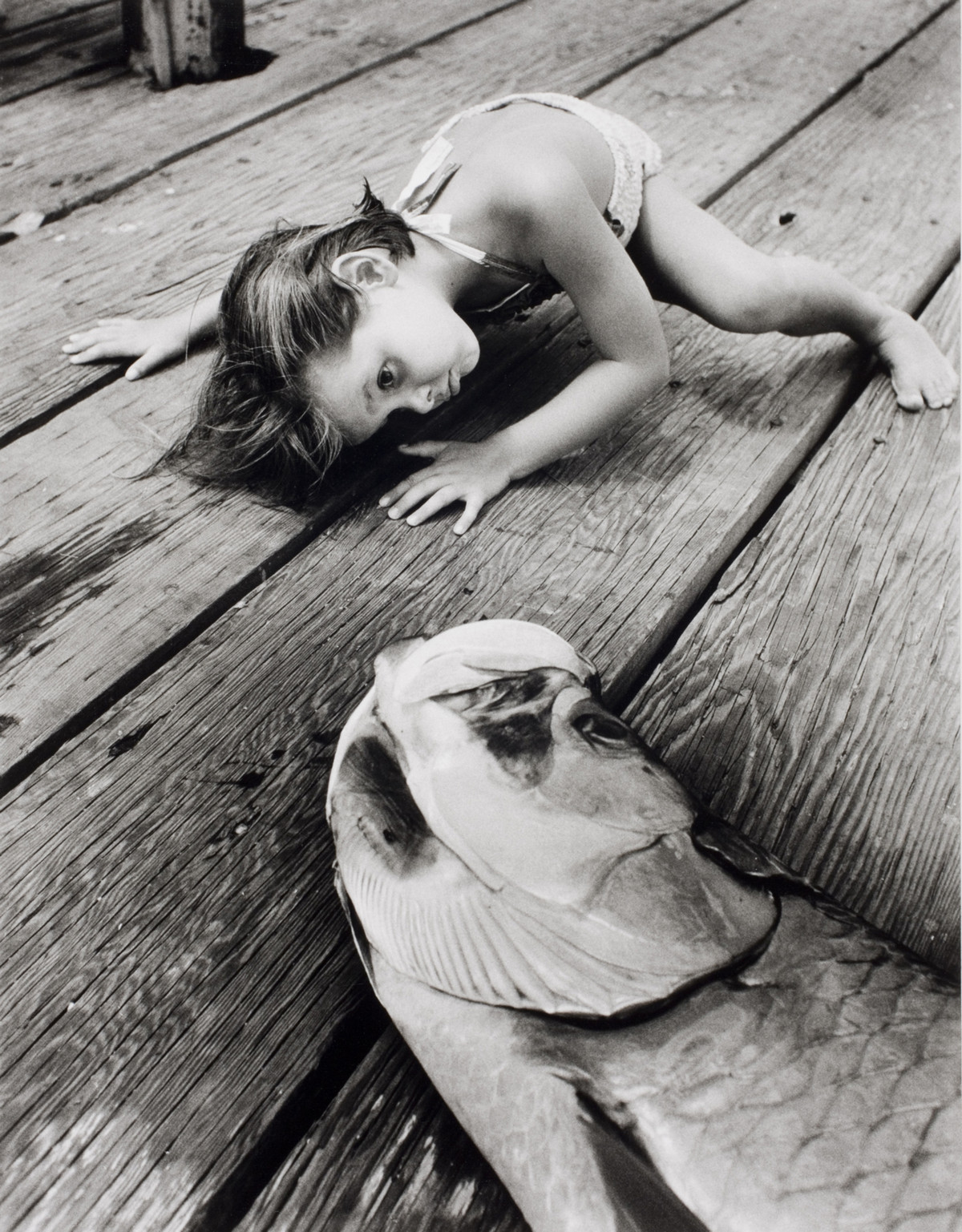
Looks into the mouth of a big fish that dad just caught. Florida, USA, 1956.
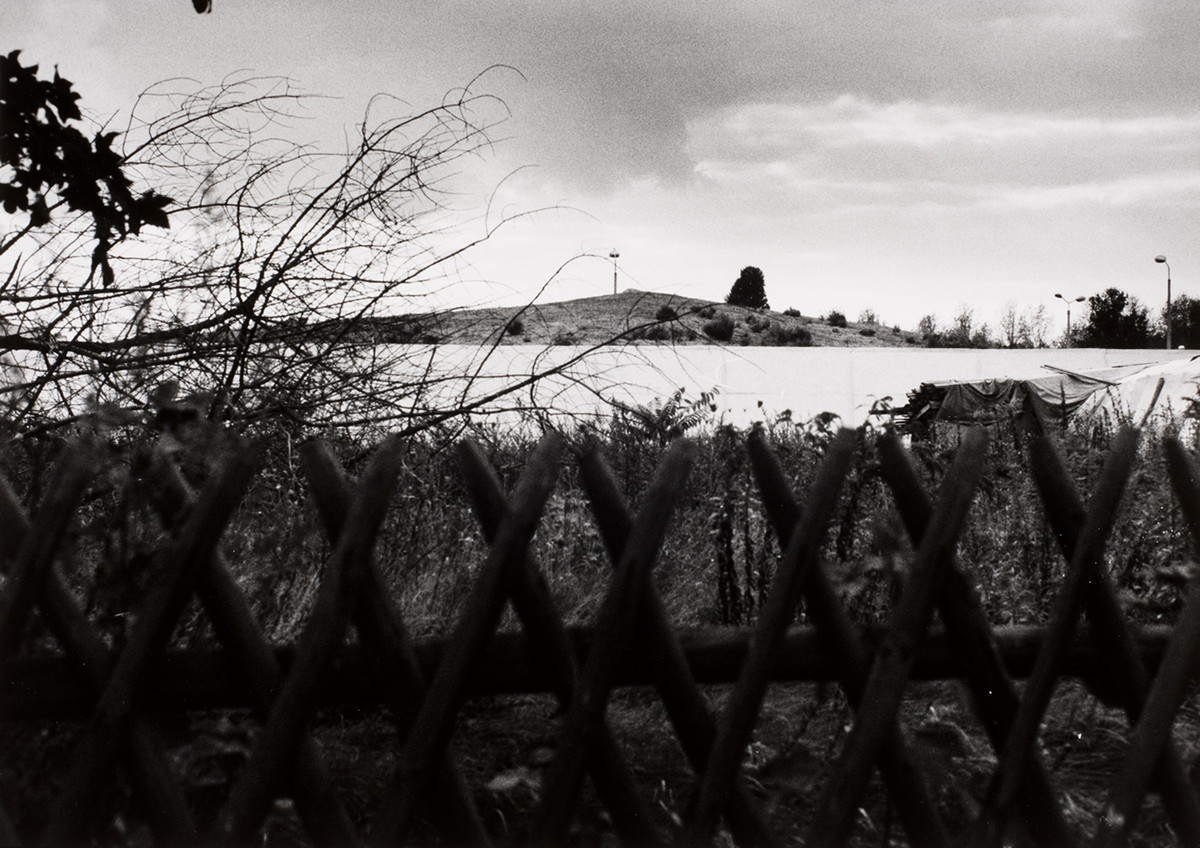
Location of the bunker where Hitler died. View from Otto Grotewohl Street in East Berlin, 1979.
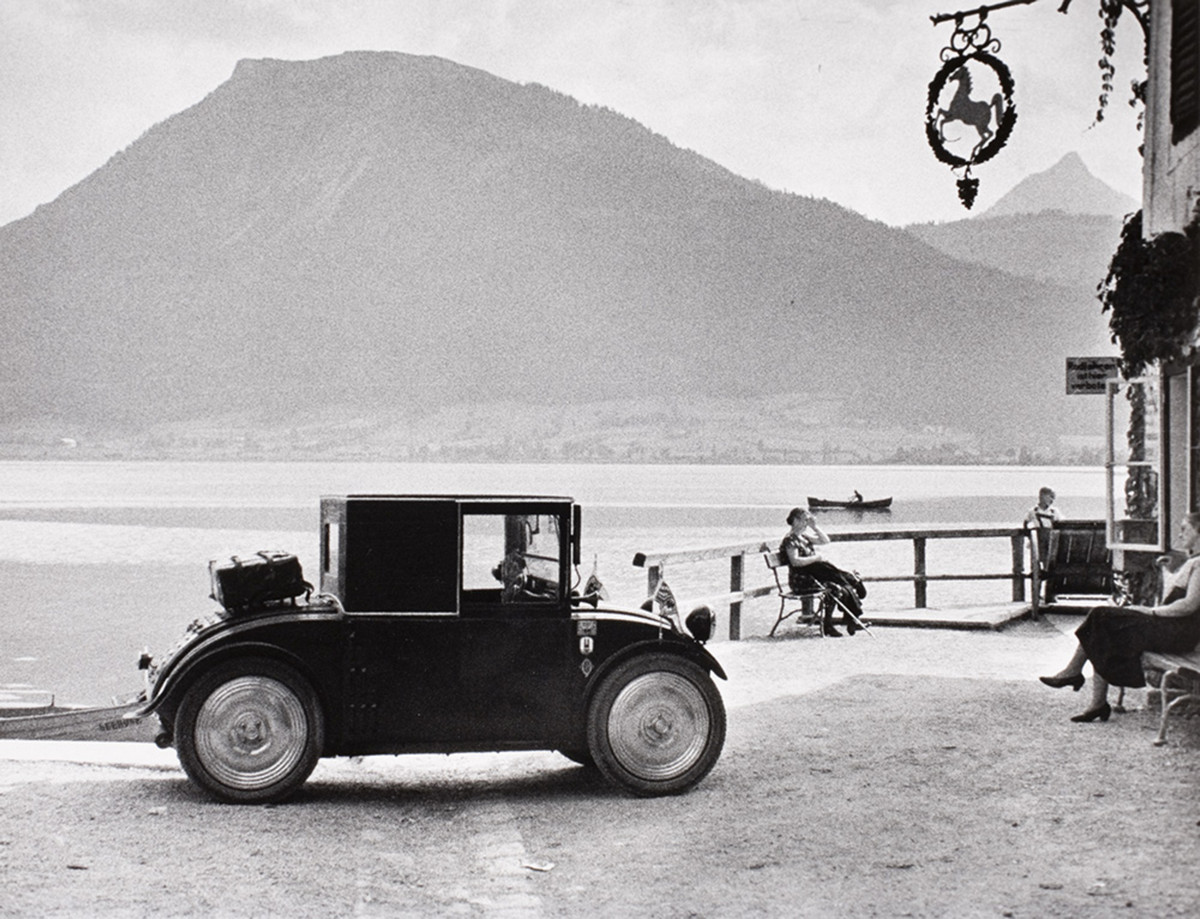
Hanomag car, Wolfgangsee, Salzburg, Austria, 1932.
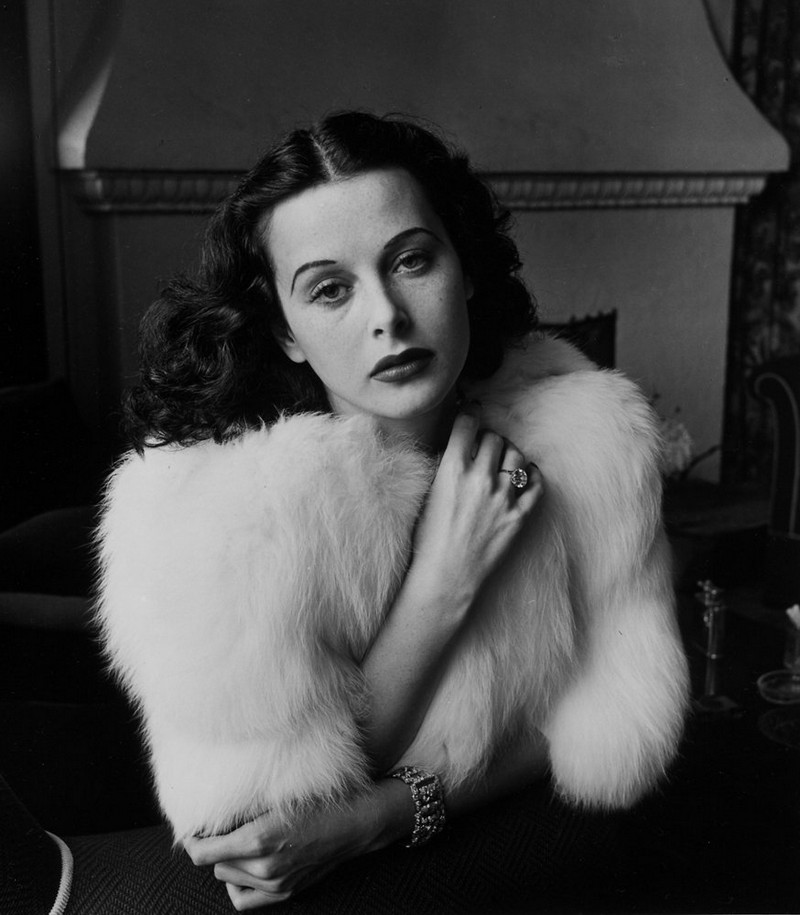
Hedy Lamarr, 1938
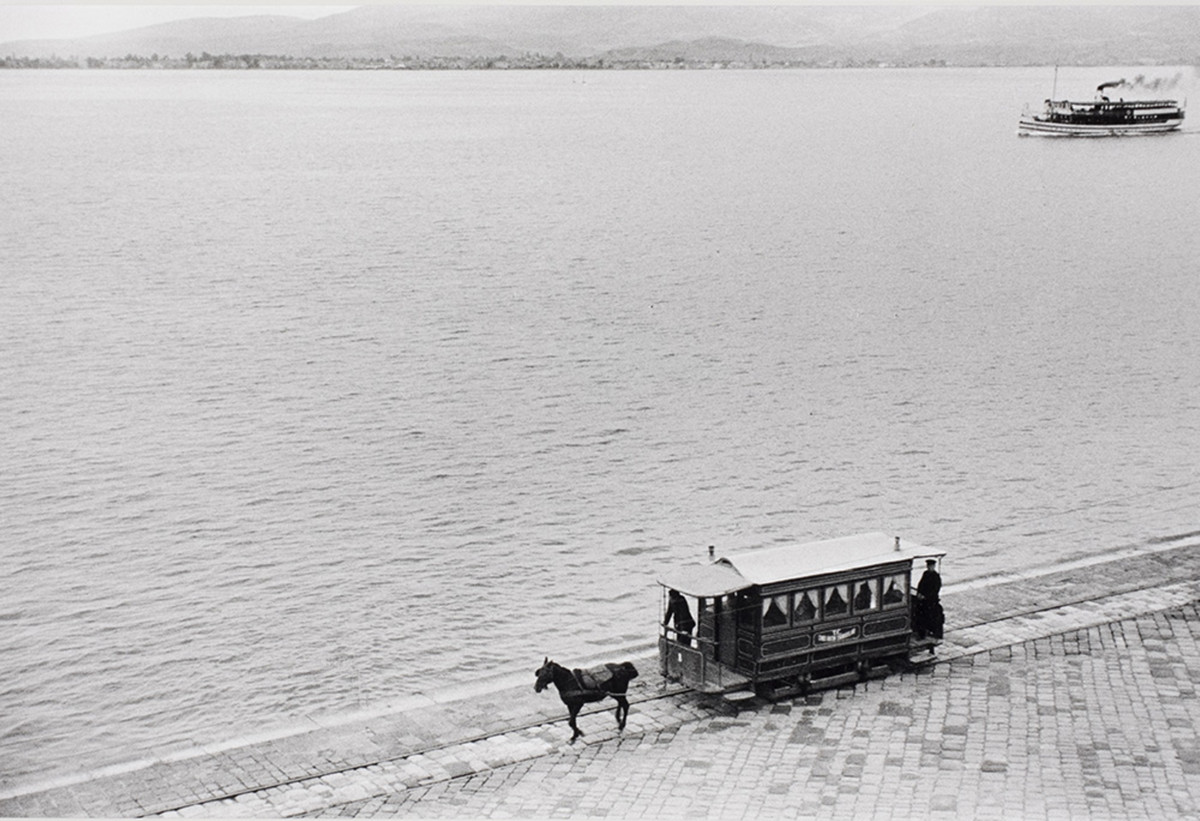
Horse tram and steamer in the harbor of Izmir, Turkey, 1934.
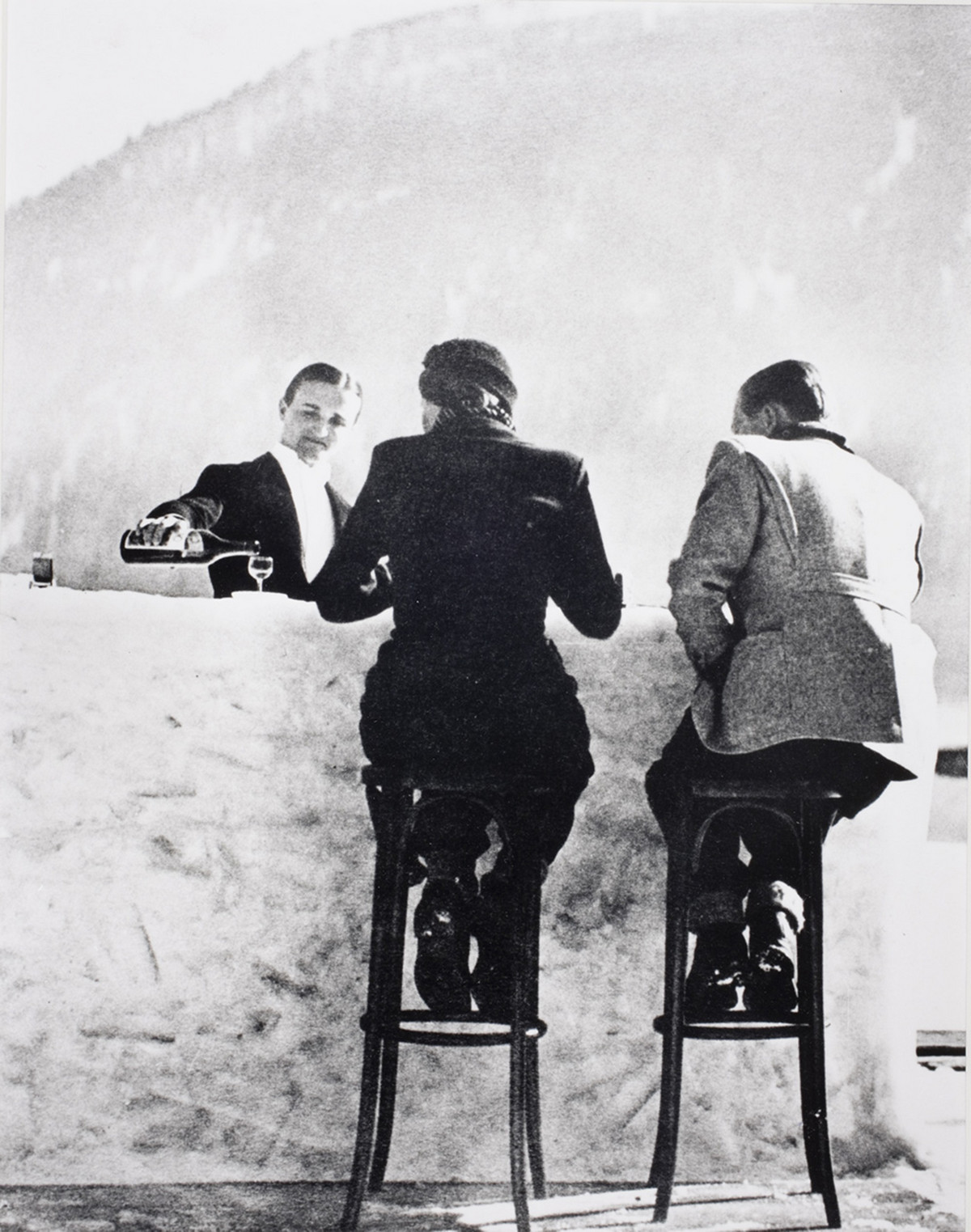
Ice bar at the Palace Hotel ice rink in St. Moritz, Switzerland, 1947.
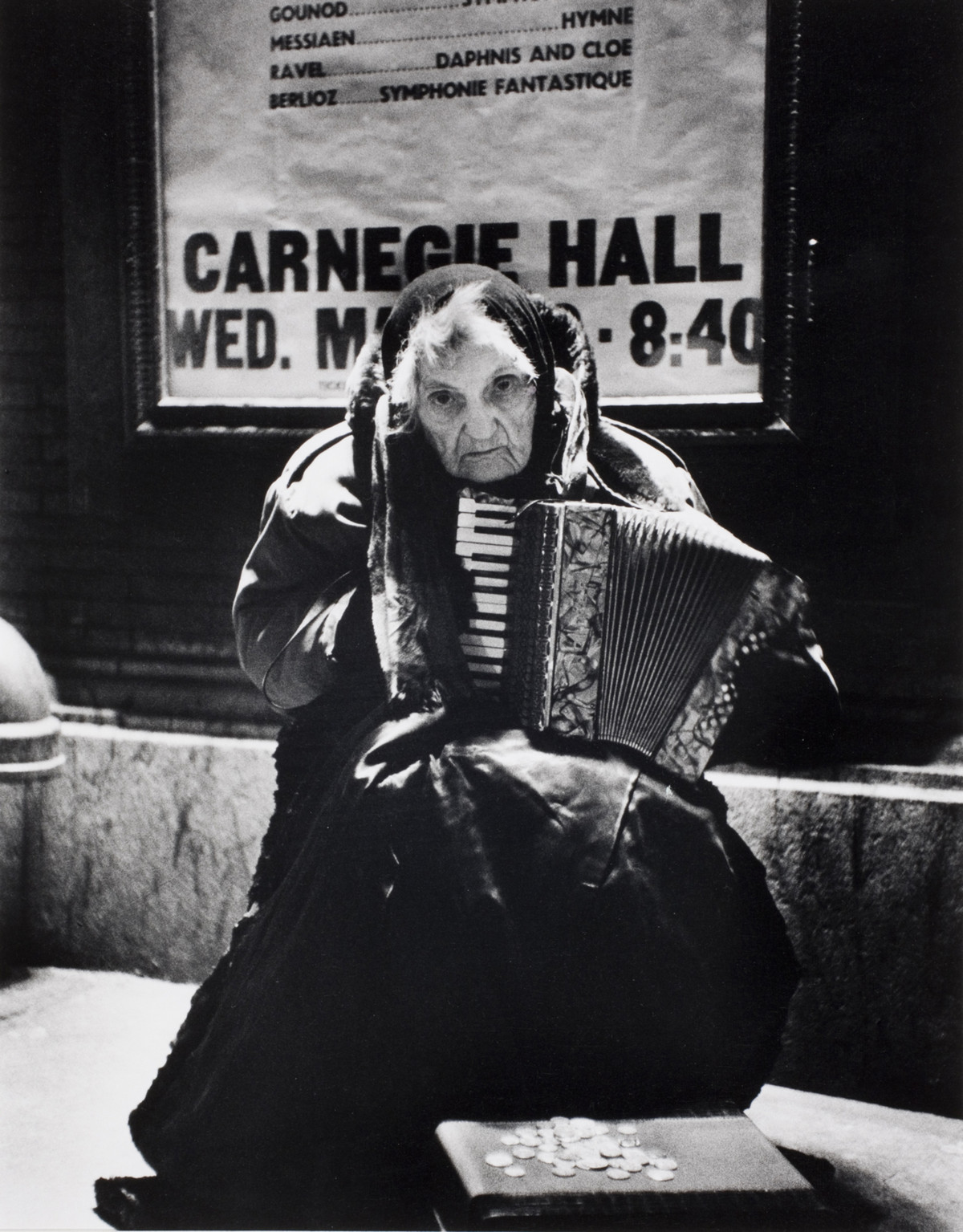
Leela Tiffany begging in front of Carnegie Hall in New York, 1960.
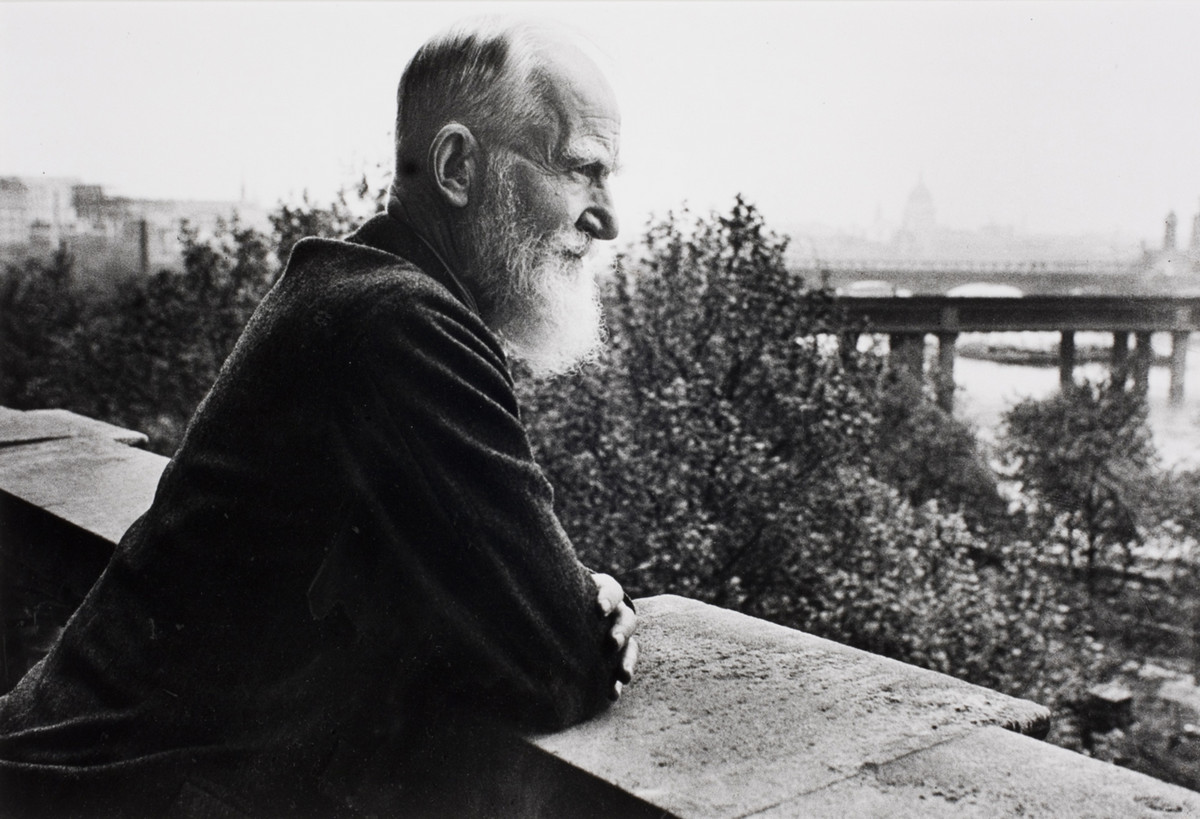
George Bernard Shaw on his balcony in London, England, 1931.
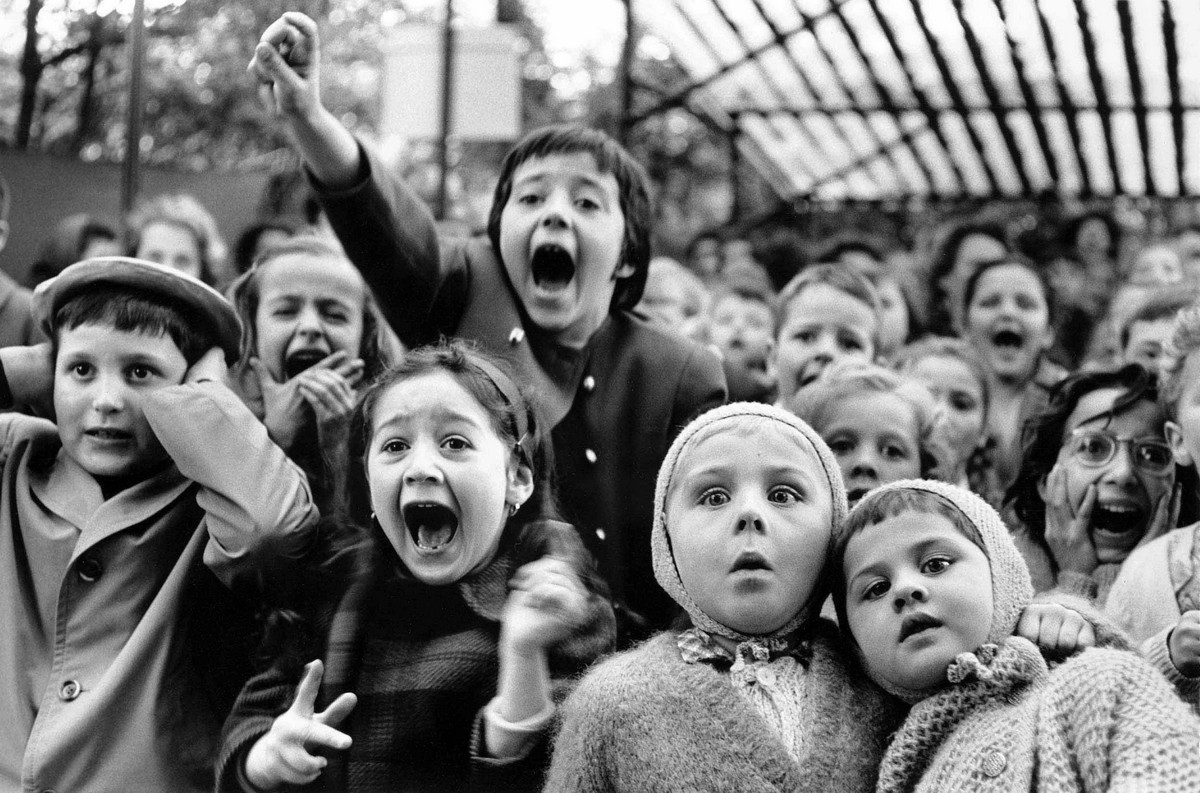
Children in the puppet theater at the moment when a bad dragon is killed. Tuileries Garden, Paris, 1963.
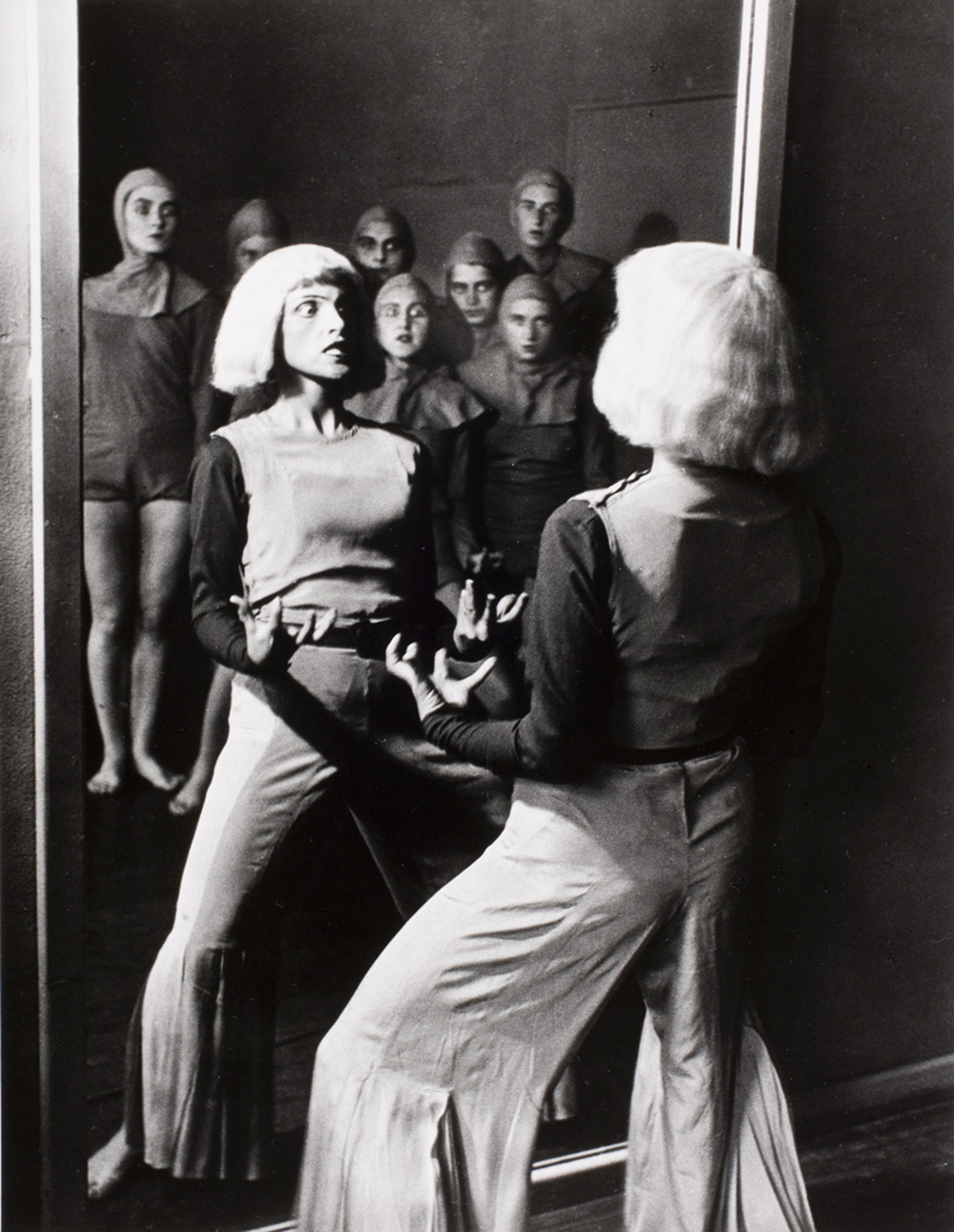
Dance school in Berlin, 1931.
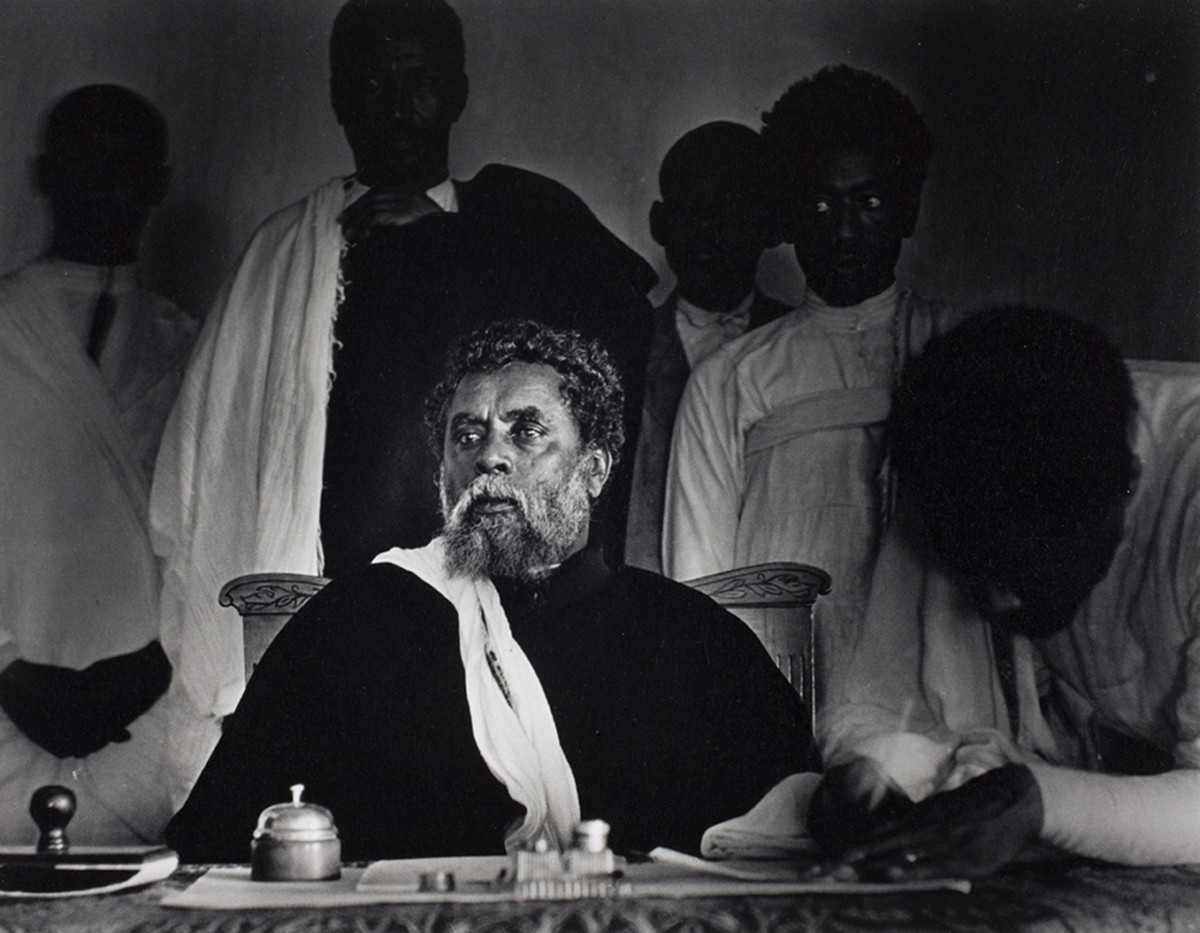
City mayor and chief of justice, presiding over the court session. Addis Ababa, Ethiopia, 1935.
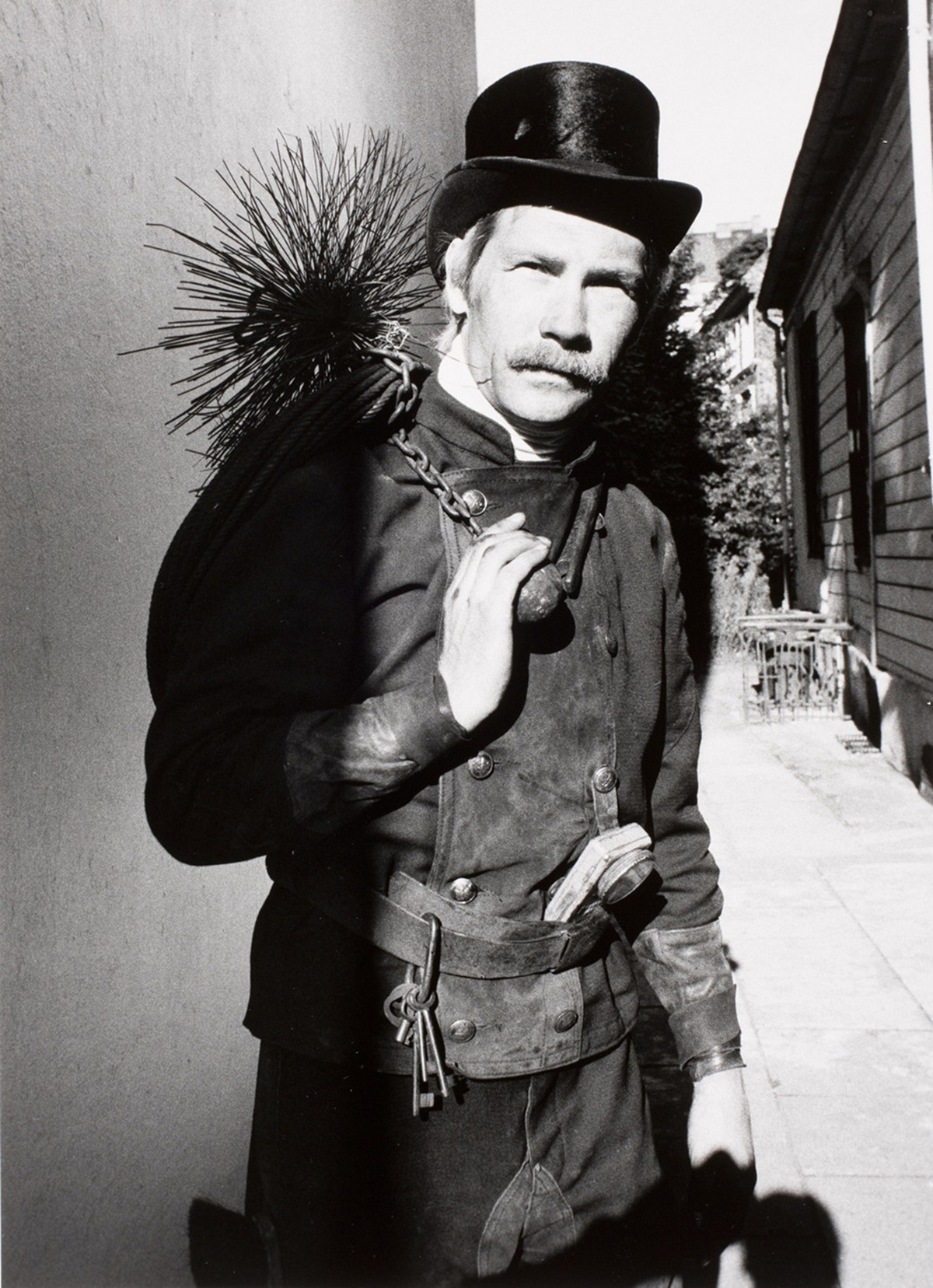
Chimney sweep in Hamburg, Germany, 1979.
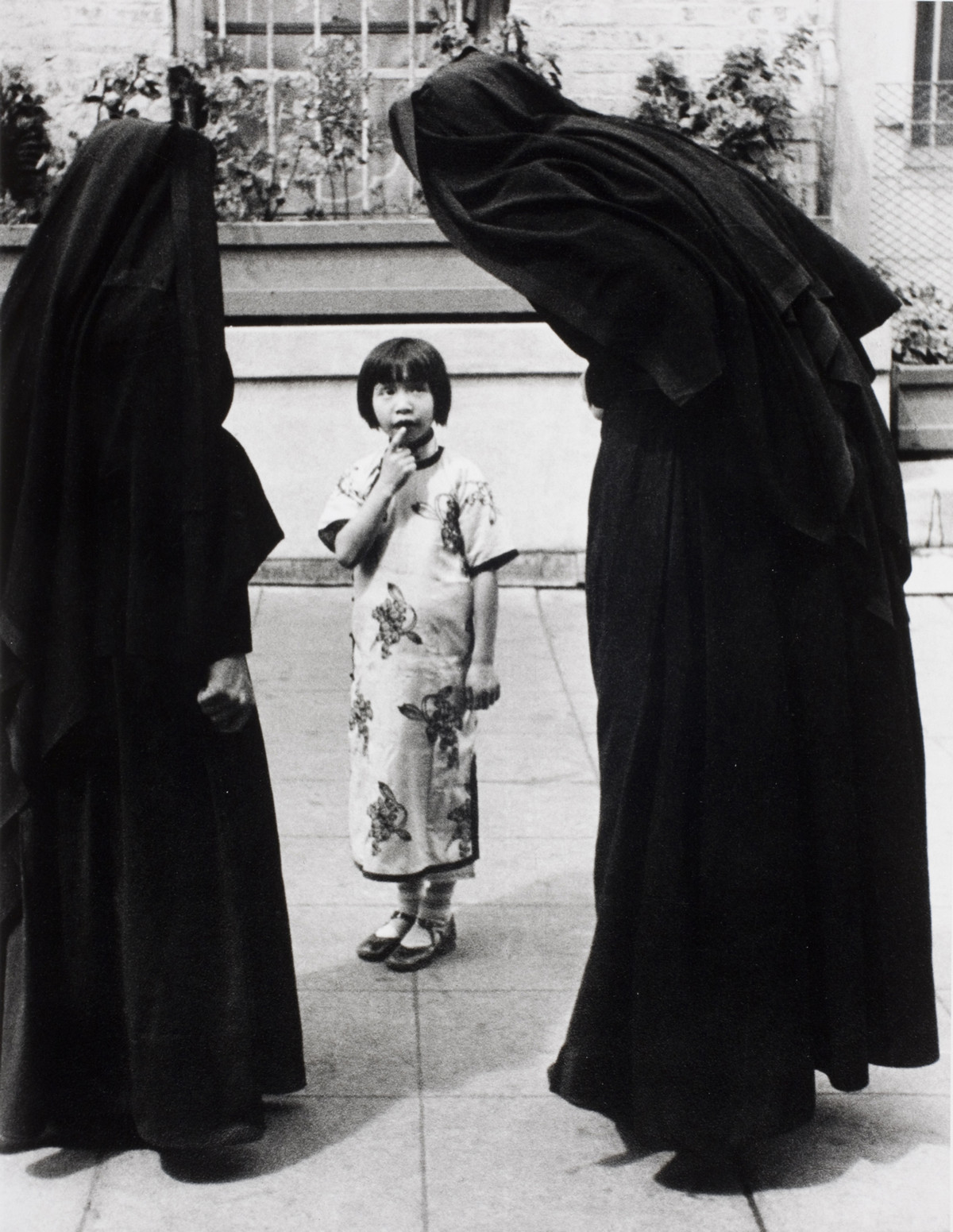
Break at the Chinese Mission School in San Francisco, California, 1936.
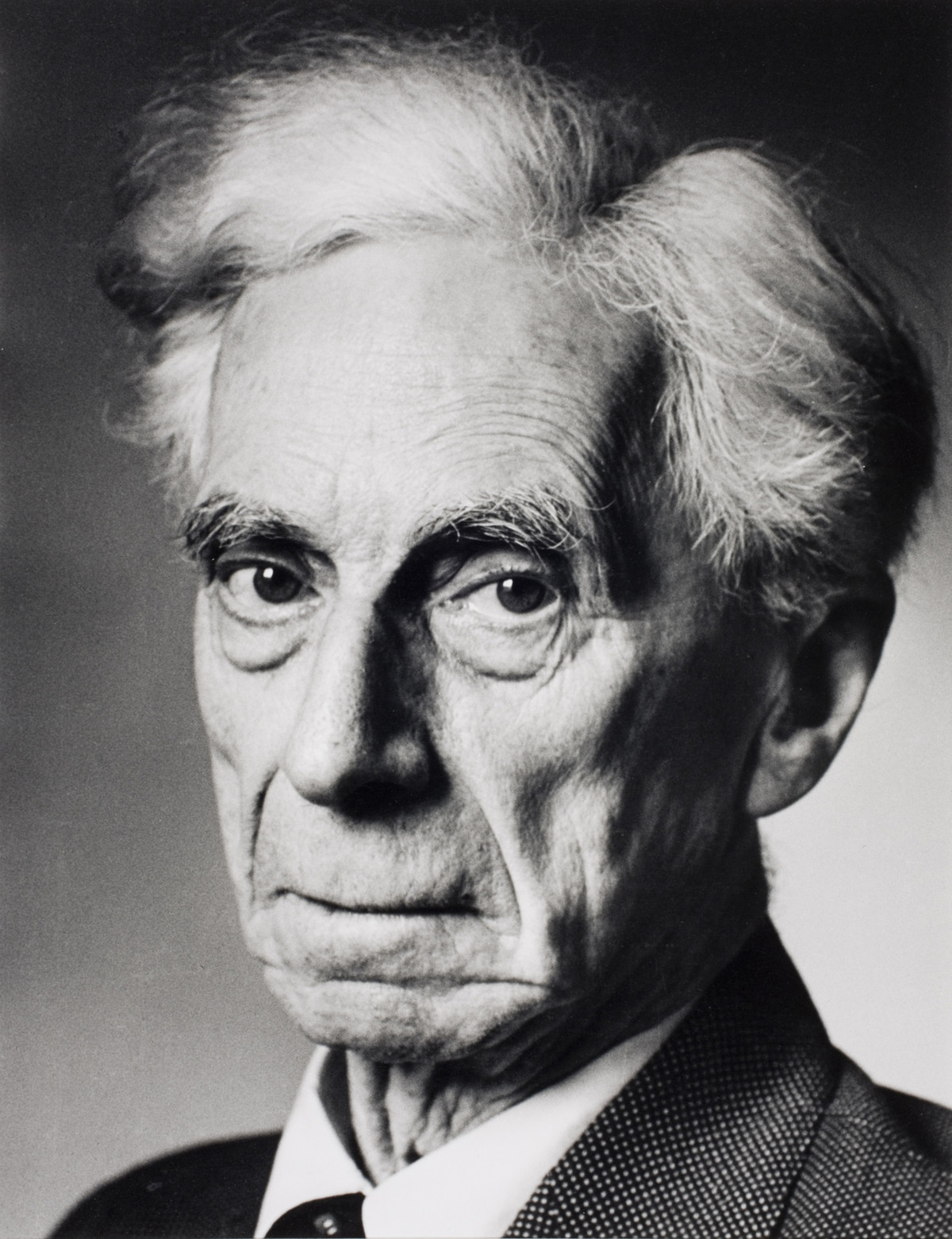
Bertrand Russell, London, England, 1951.
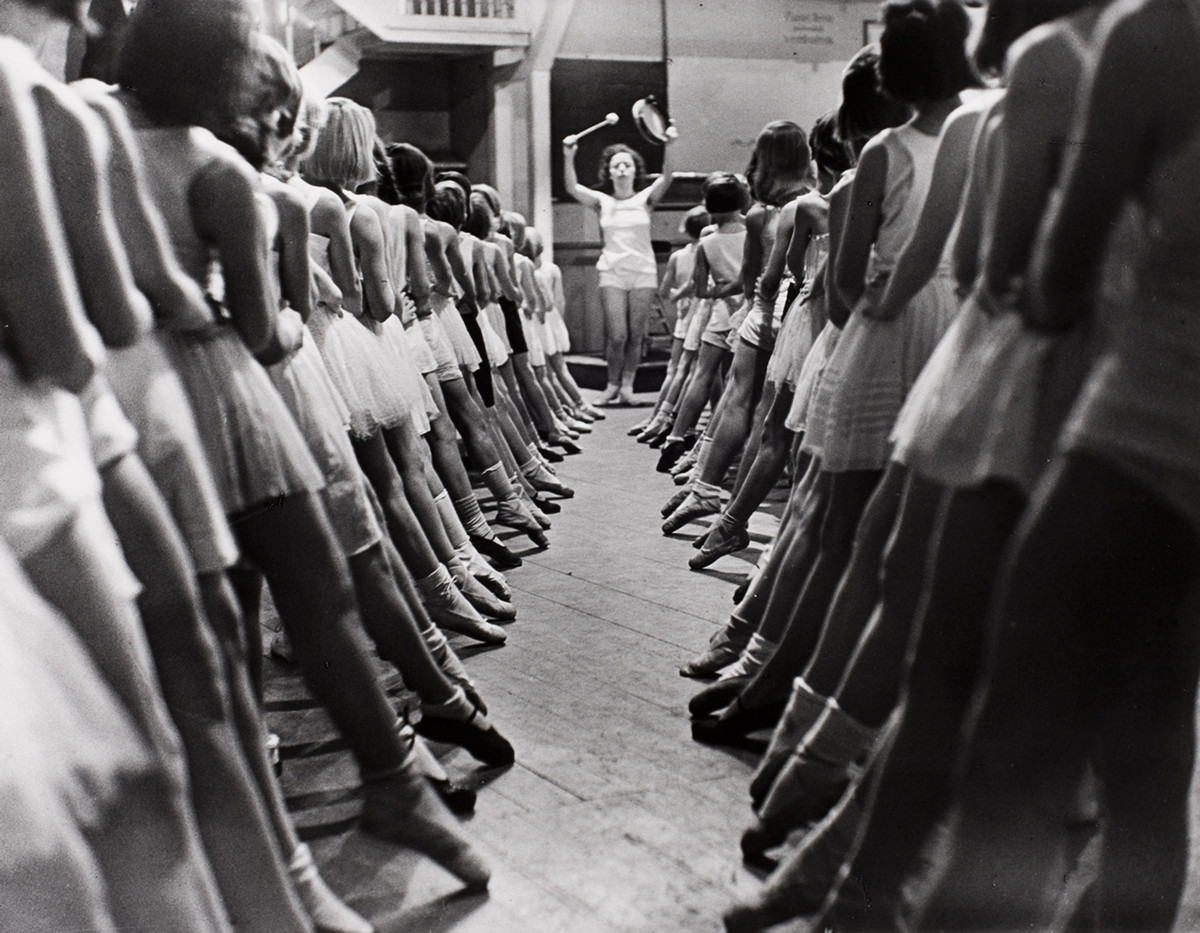
Ballet School in Berlin, 1931.
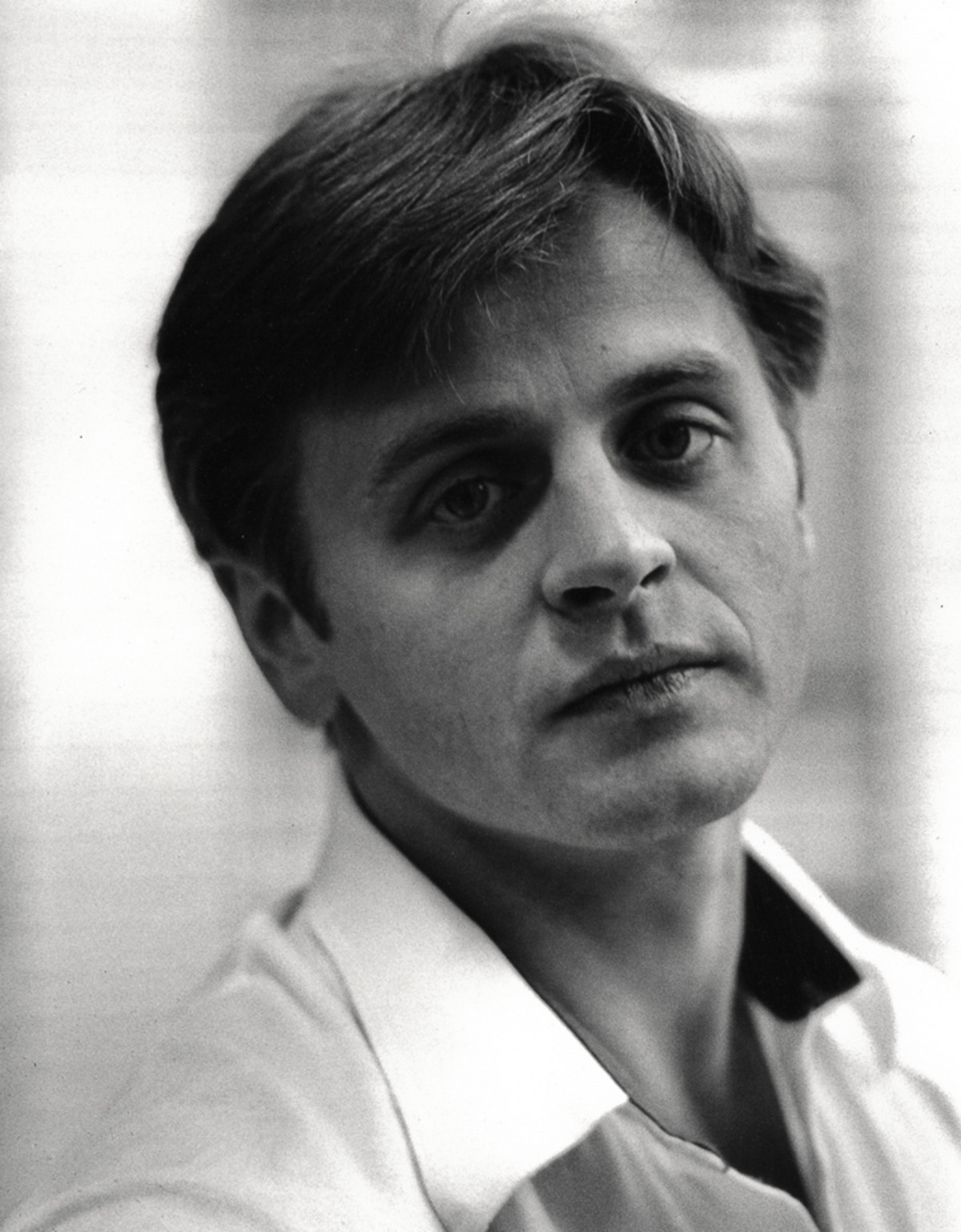
Ballet dancer Mikhail Baryshnikov in New York, 1979.
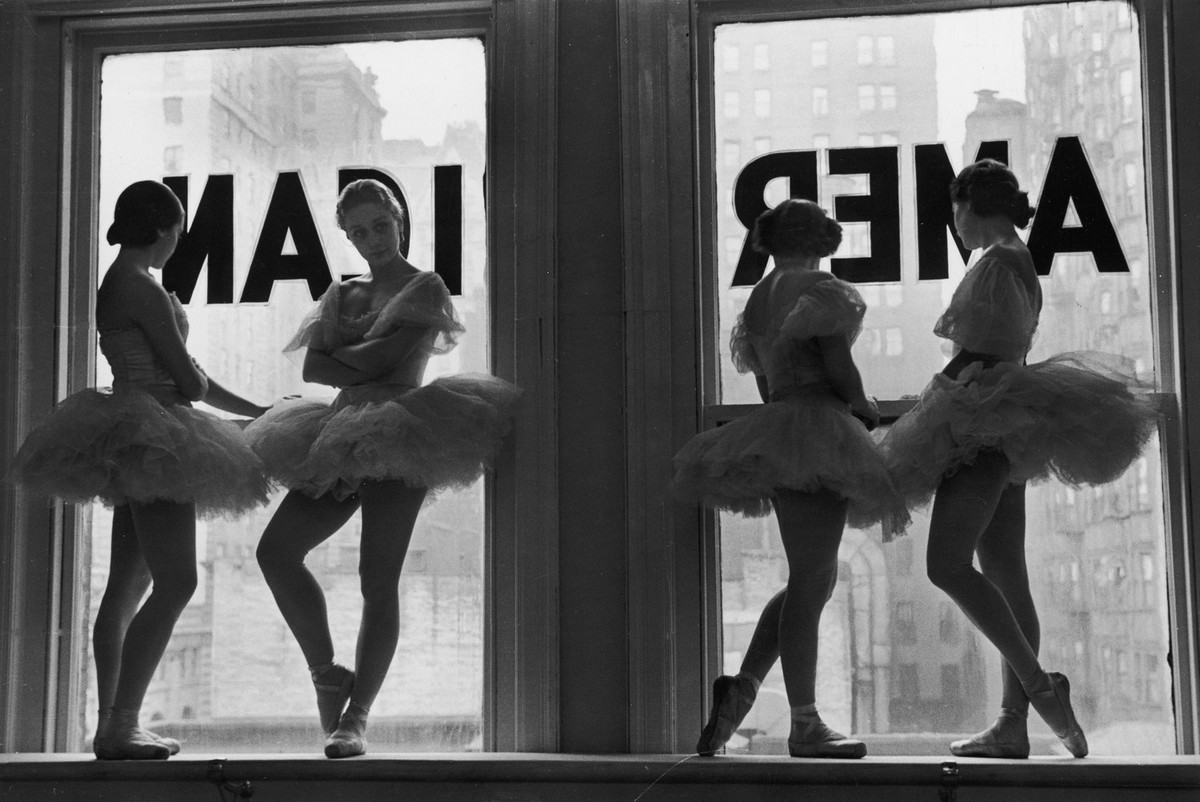
Ballerinas in the rehearsal room of the George Balanchine Ballet School, 1936.

Athletics coaches on Hiddensee Island, west of Rügen Island, in the Baltic Sea, 1931.
Read more: All Pulitzer Prize photos (1942-1967)
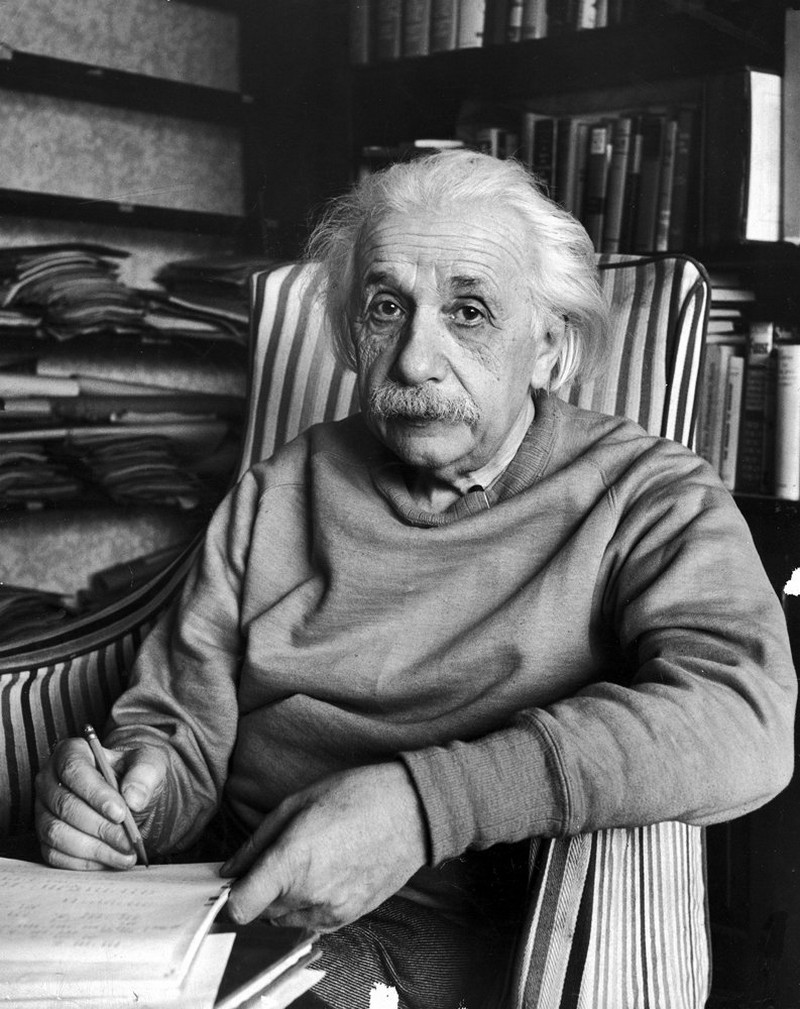
Albert Einstein at Princeton, 1948.
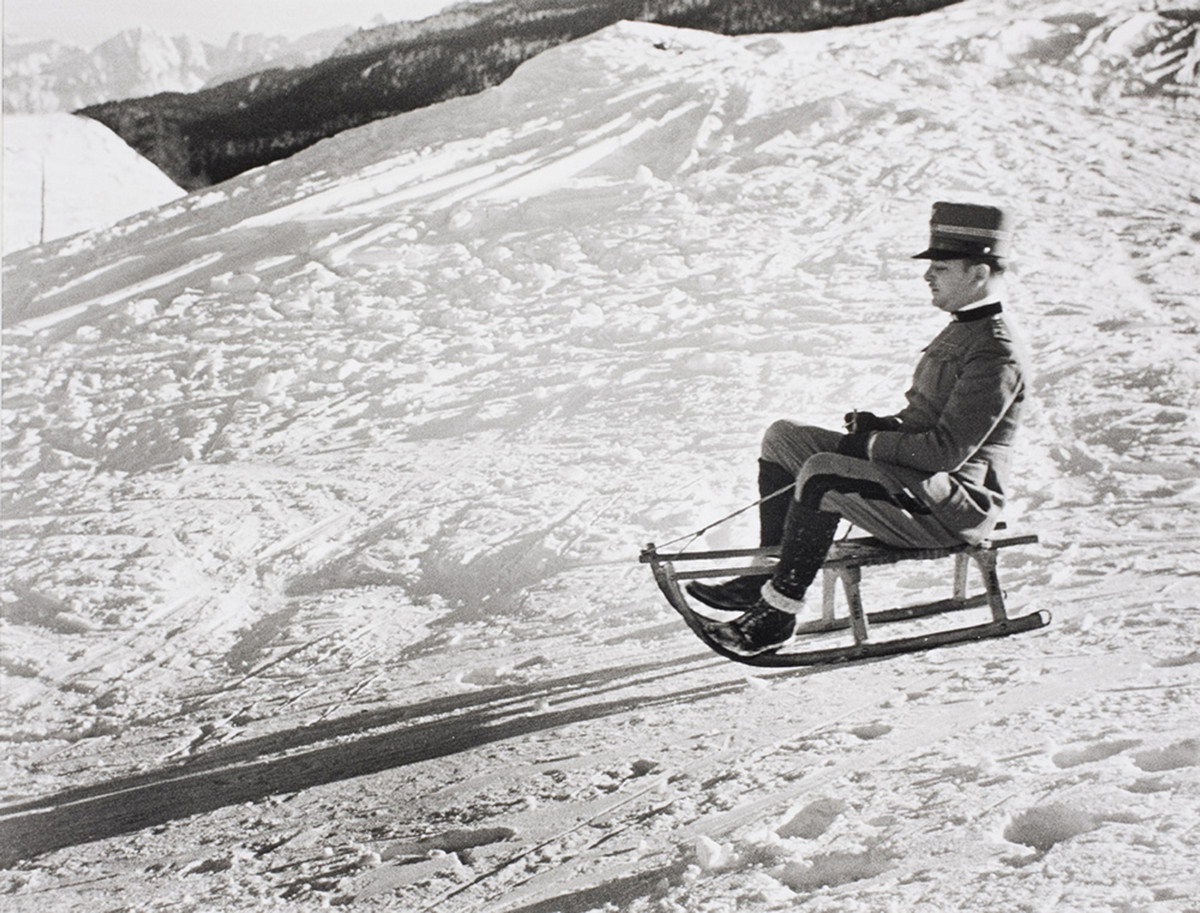
An Italian officer sleds in Sestriere, Italian Alps, 1934.
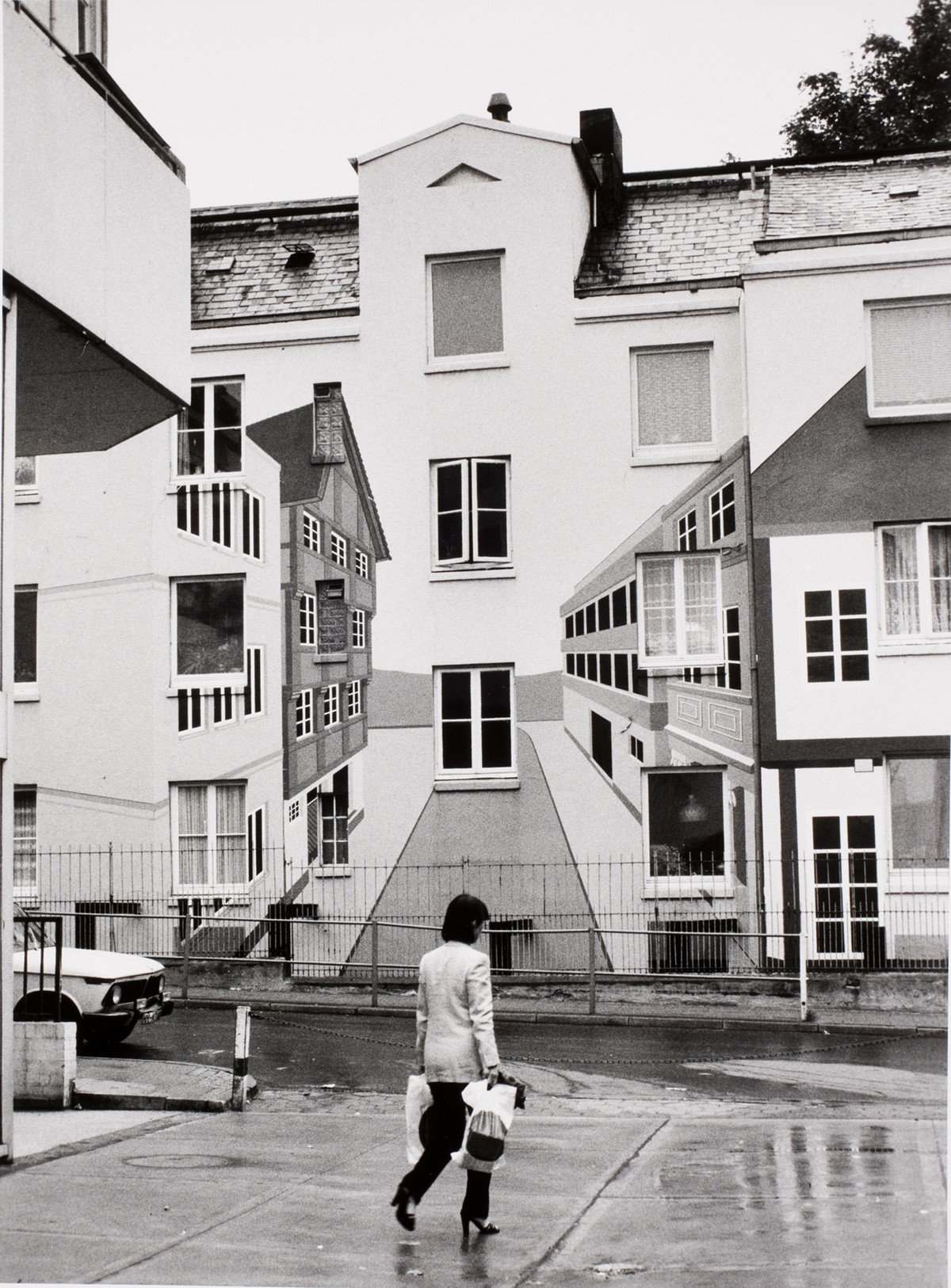
An optical illusion building in the Peseldorf district, Hamburg, Germany, 1979.
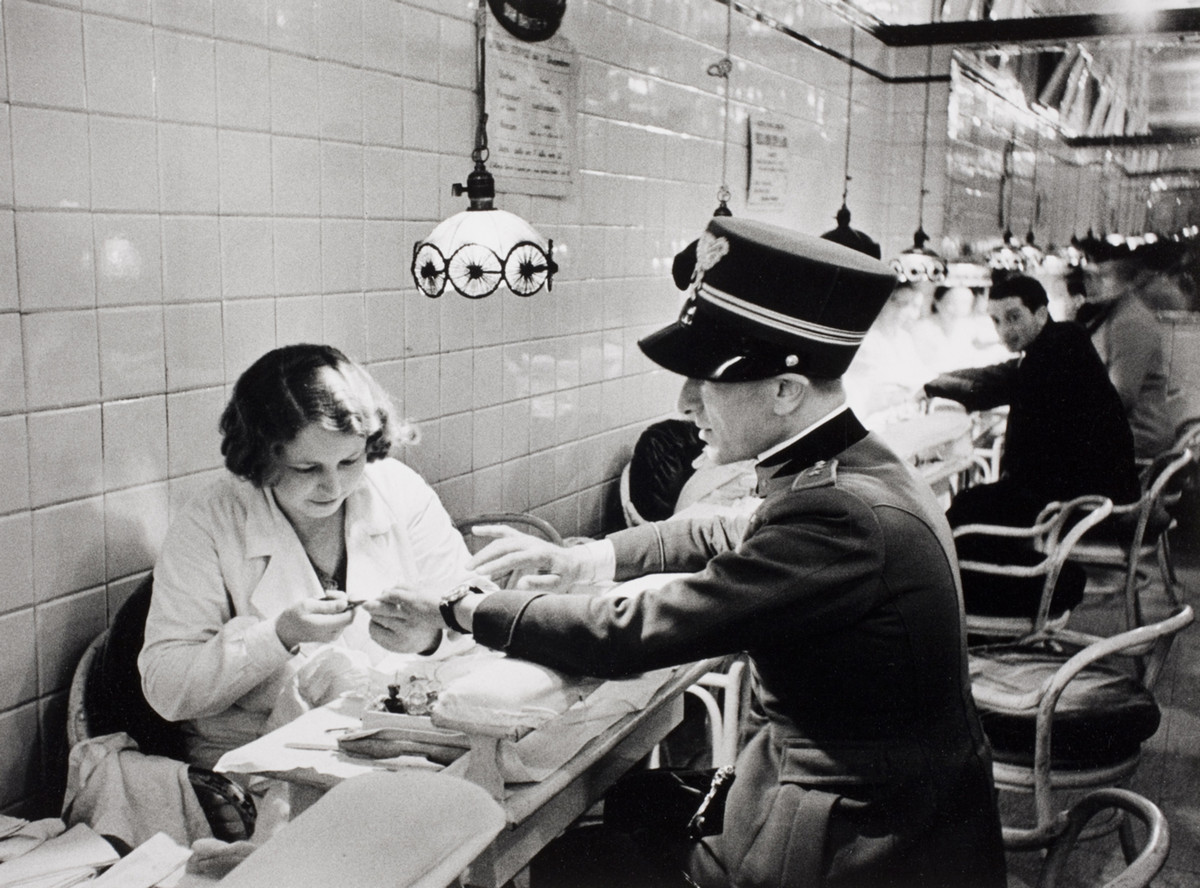
Army officer of the Mussolini army during the manicure procedure in Milan, Italy, 1934.
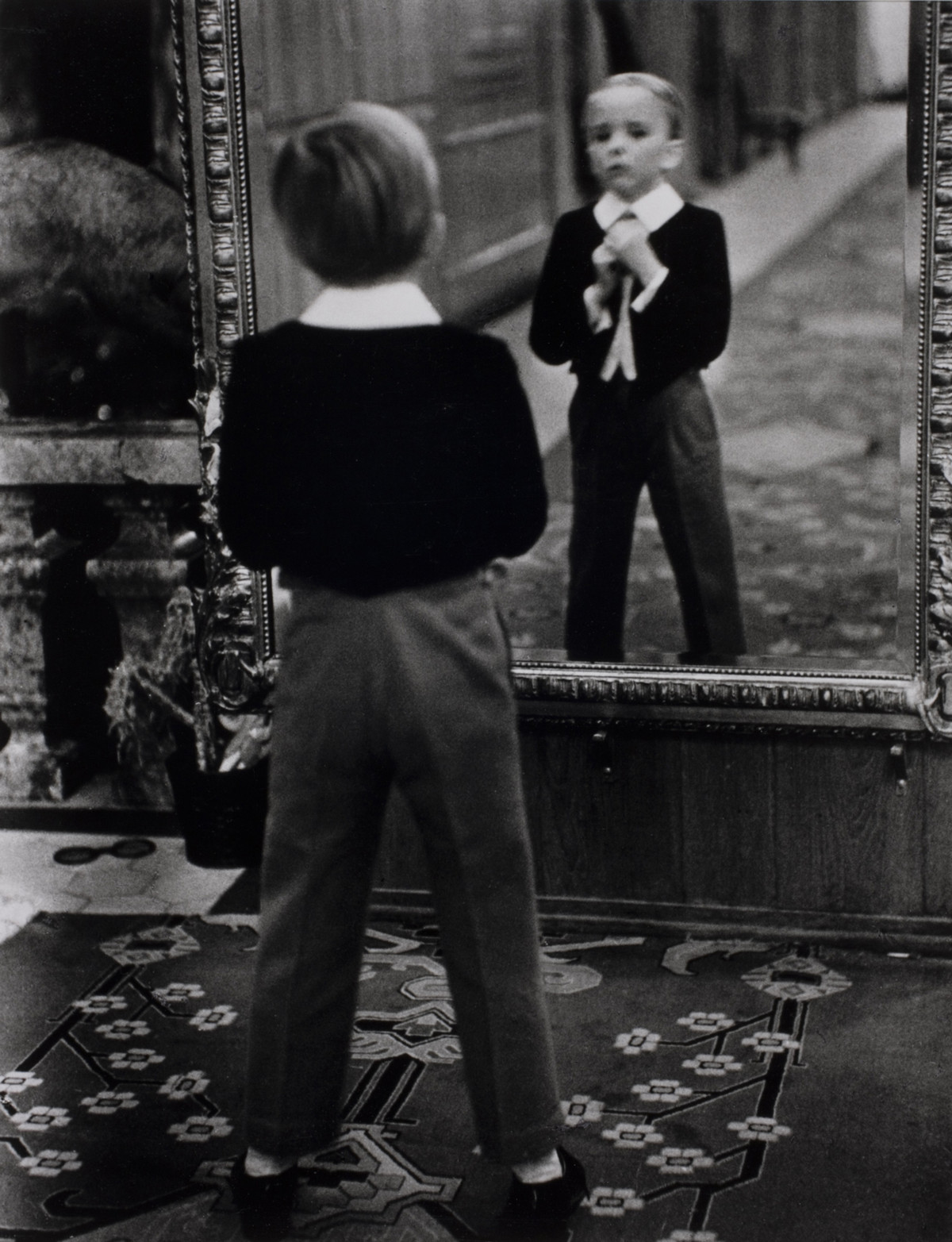
A young Englishman looks at himself in the mirror of the Grand Hotel in St. Moritz, Switzerland, 1932.
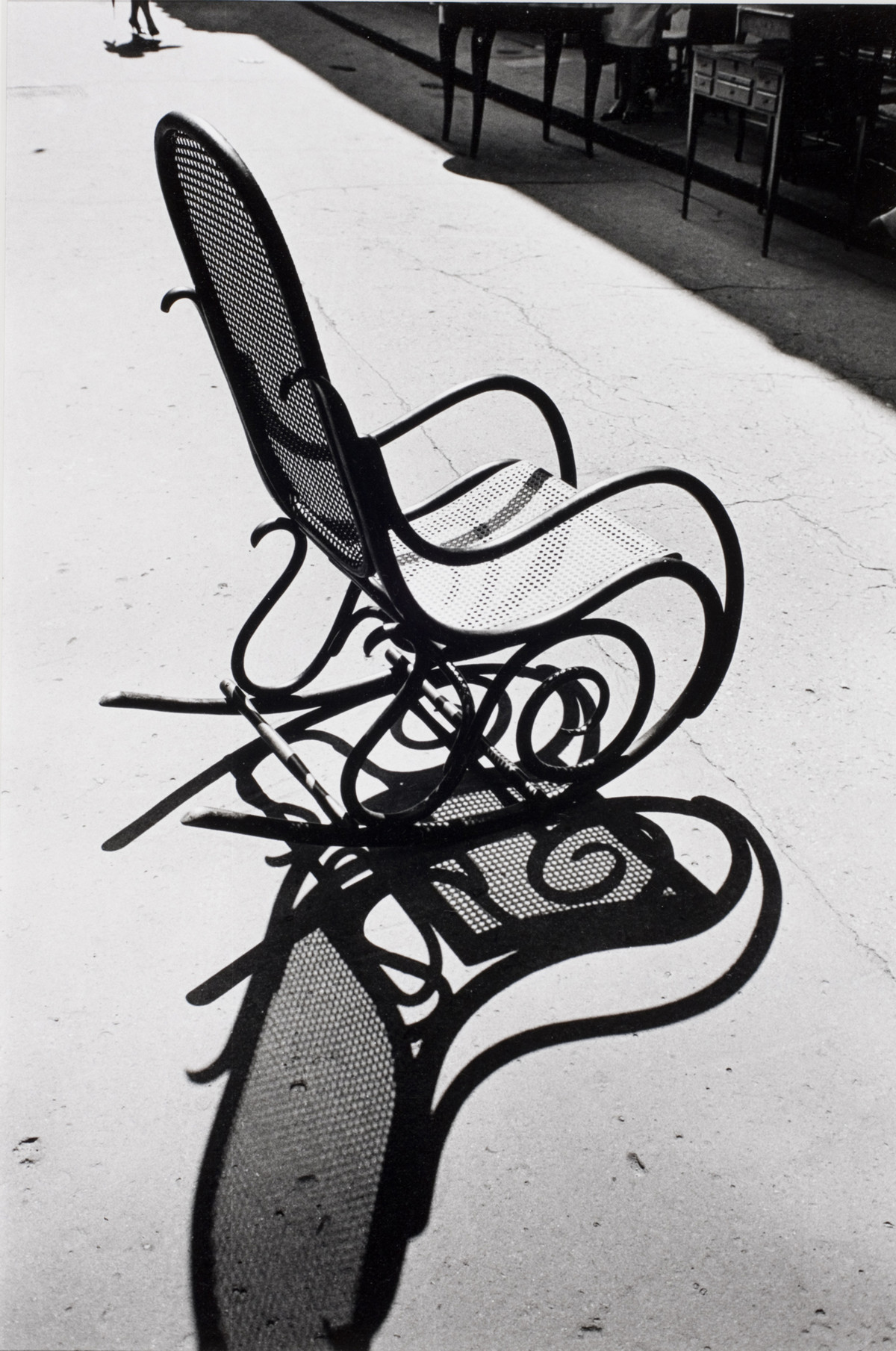
A wicker rocking chair displayed at a flea market in Paris, 1963.
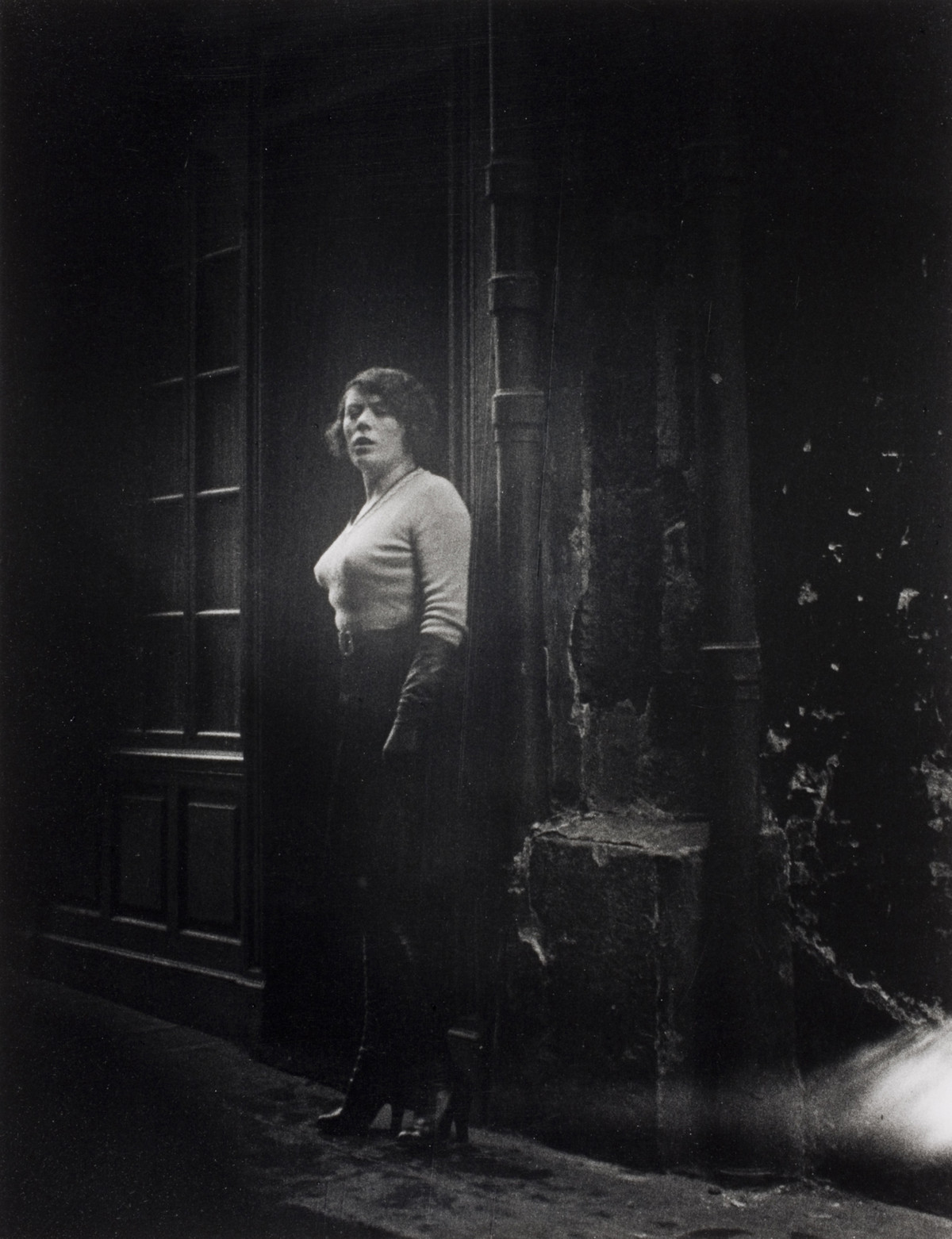
A prostitute on the rue Saint-Denis in Paris, 1932.
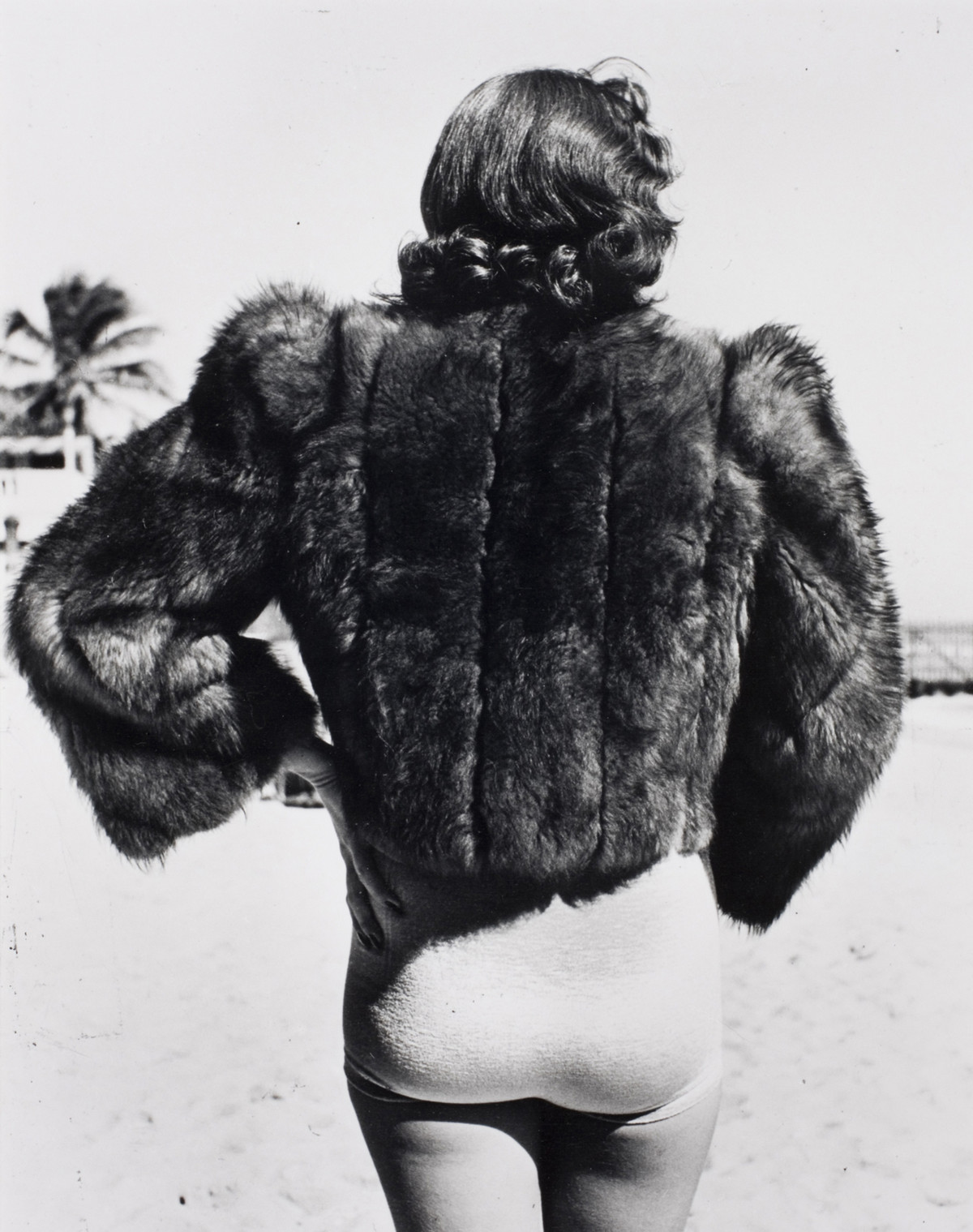
A New Yorker on vacation in Miami Beach, Florida, USA, 1940.
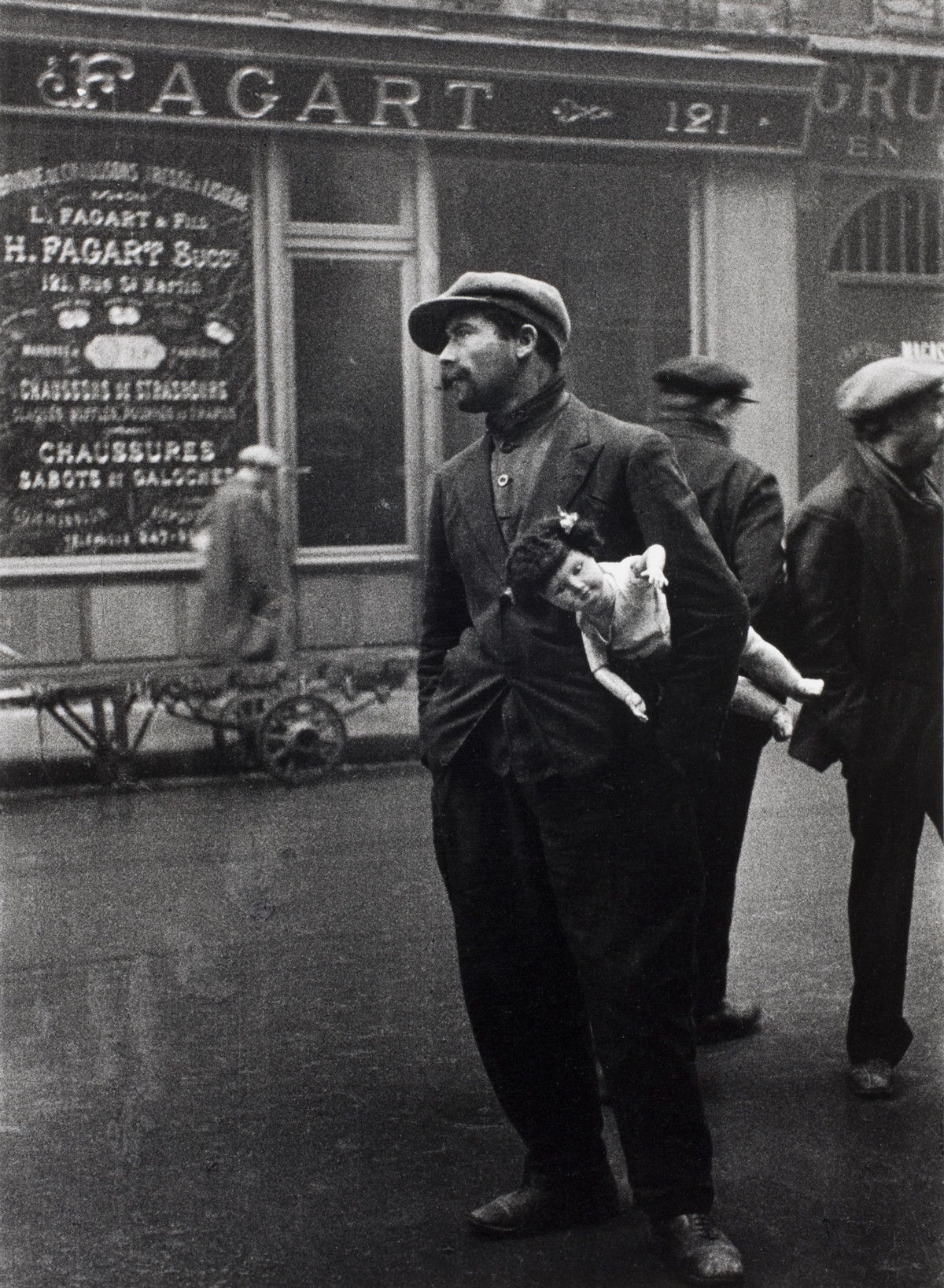
A man tries to sell a doll on the rue Saint-Denis, Paris, Ile-de-France, France, 1931.
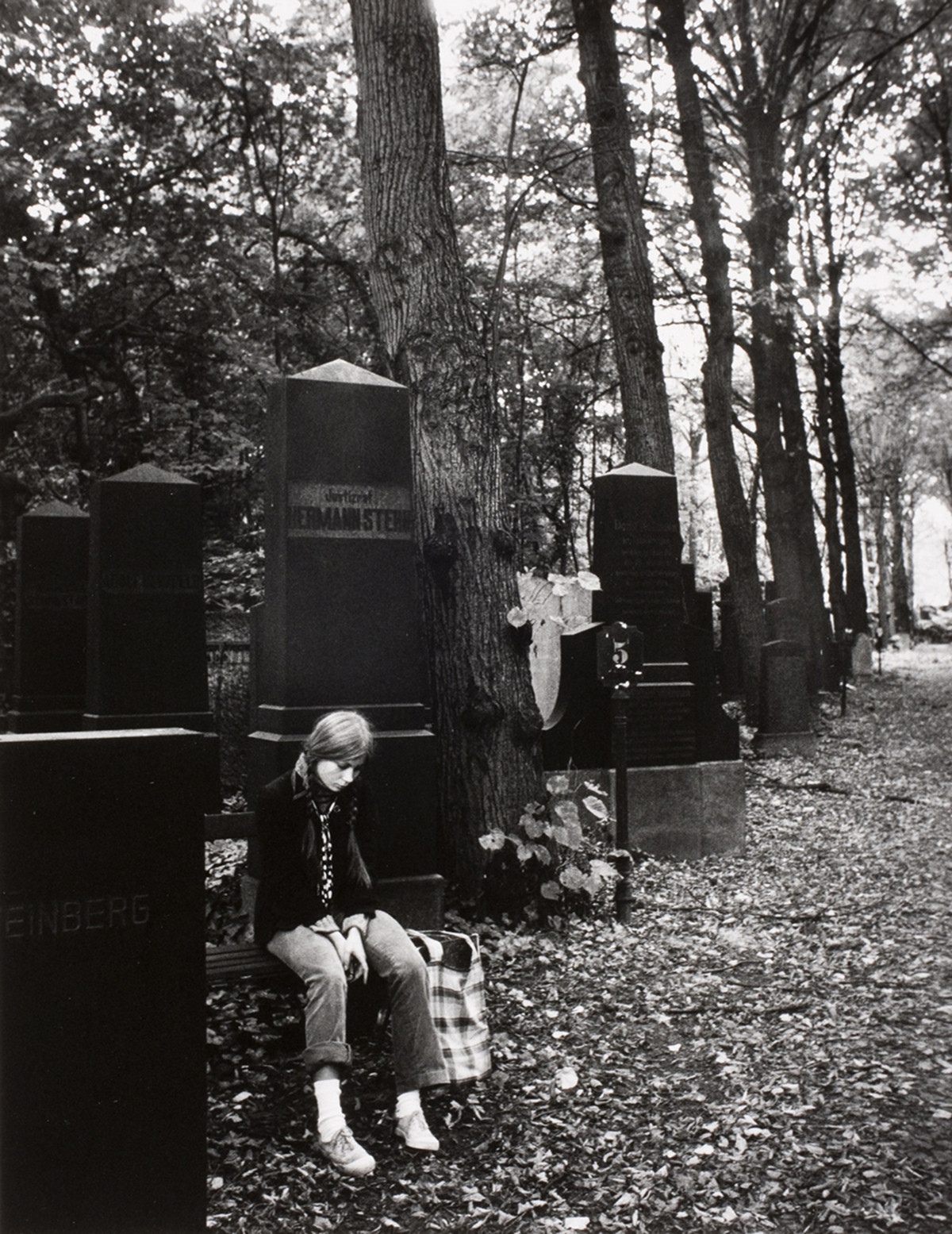
A girl at the Weissensee Jewish cemetery in East Berlin, 1979.
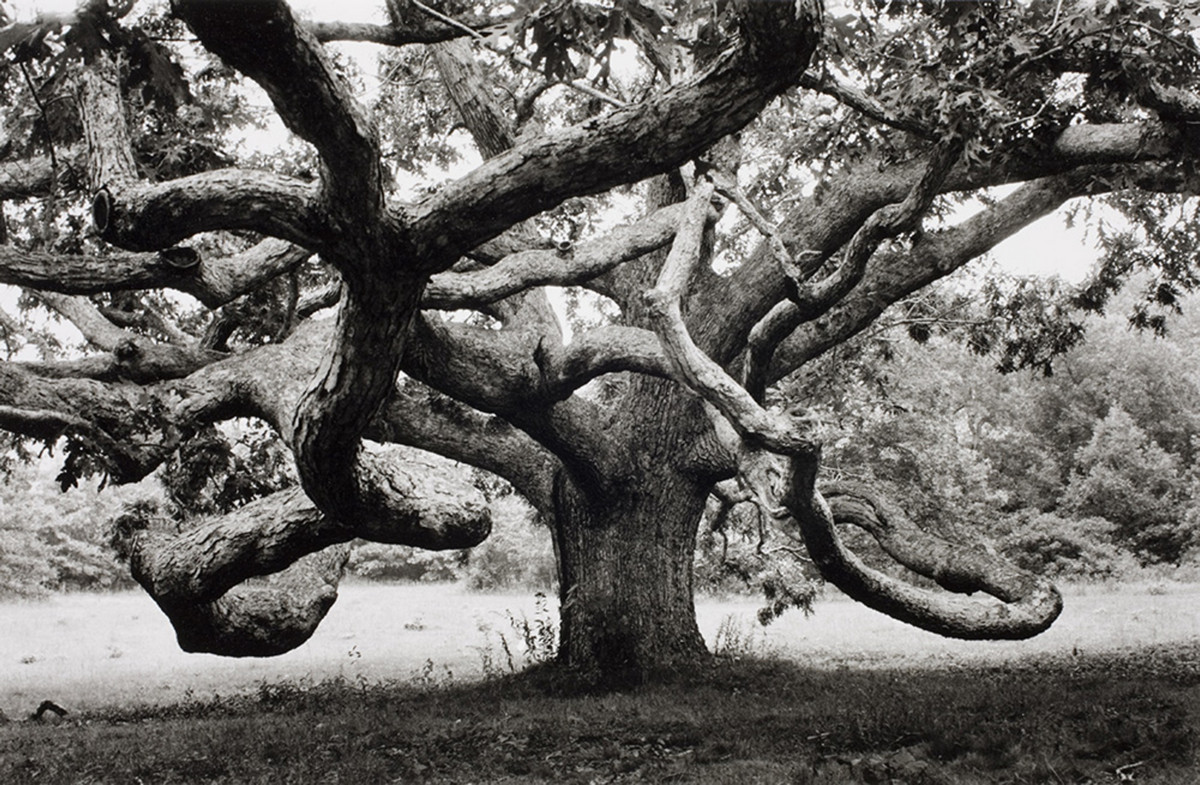
A gigantic oak tree in Tisbury, Massachusetts, USA, 1968.
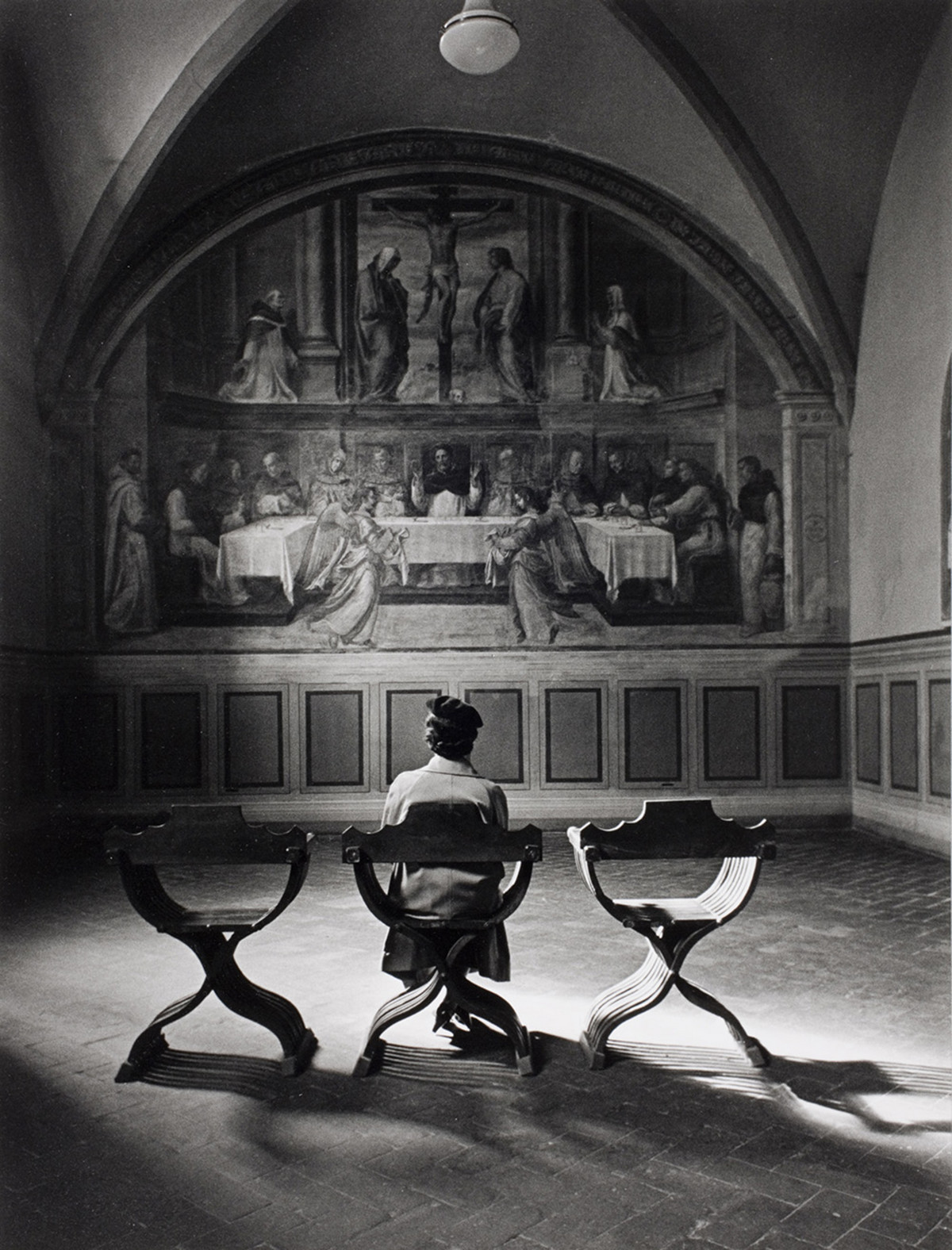
A fresco in the Dominican monastery of San Marco called Providence. Giovanni Antonio Sogliani created it in 1536. Italy, Florence, 1935.
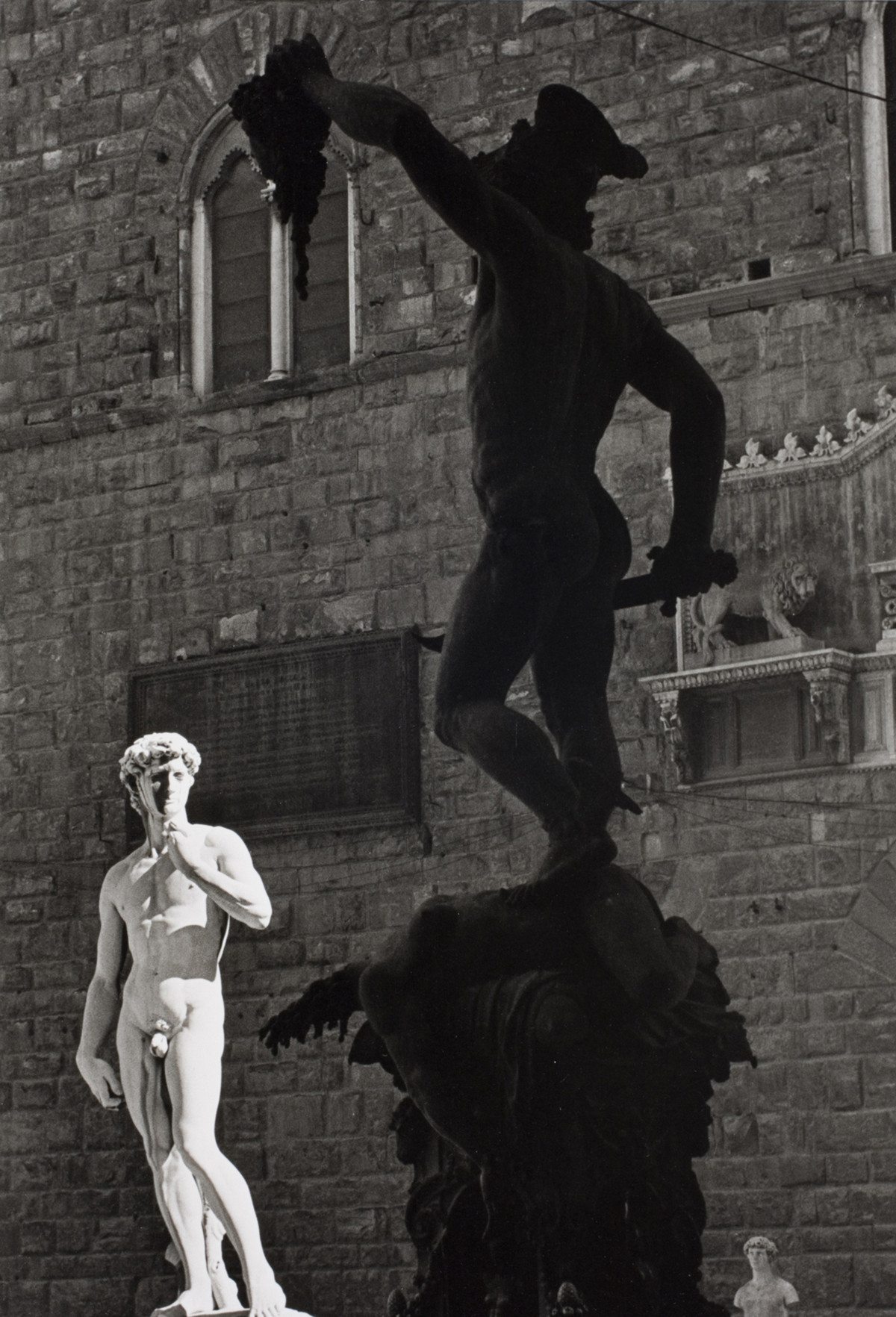
Perseus, by the Italian sculptor Benvenuto Cellini holds the severed head of a jellyfish. Against the background, a copy of Michelangelo’s David, Palazzo Vecchio, Florence, Italy, 1935.
Сообщение 64 Amazing photos by Alfred Eisenstaedt появились сначала на Old Pictures.
]]>Сообщение Nazi Rally in Madison Square Garden in pictures, 1939 появились сначала на Old Pictures.
]]>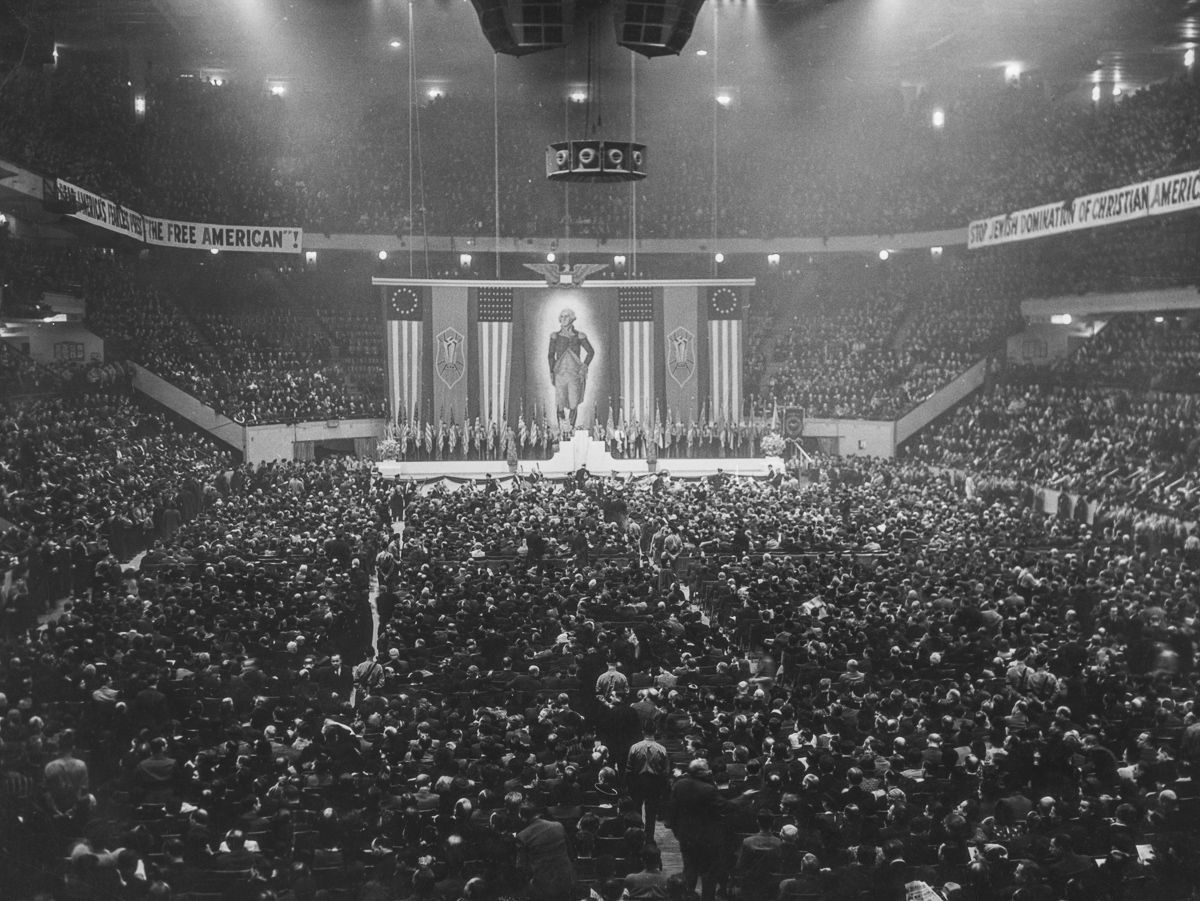 Could you ever believe that American Nazi followers organized a huge rally event in New York, in Madison Square Garden, just several months before Hitler invaded Poland?
Could you ever believe that American Nazi followers organized a huge rally event in New York, in Madison Square Garden, just several months before Hitler invaded Poland?
The truth is that this rally in Madison Square Garden wasn’t the first event that Nazi supporters staged in New York. There were many more, and here are some noteworthy pictures and facts.
Silent Nazi invasion
In January 1933, Adolf Hitler became Chancellor of Germany, and soon the Nazis controlled the entire country. They missed no chance to gain influence outside Germany. Here’s why Deputy Fuhrer Rudolf Hess instructed the German-American immigrant Heinz Spanknobel to form a powerful fascist structure in the United States.
In July 1933, Spanknobel united two small groups to form the Friends of a New Germany. He relied on German citizens and German-Americans who were part of the fraternity. The new organization even picketed the largest German-language newspaper offices in New York, demanding Nazi-sympathetic articles, advocating for a boycott of Jews in German factories. They wore the swastika-covered uniforms during all these events.
The end of the ‘Friendship.’
In October 1933, Spanknobel was deported from the US. Two years later, Hess urged the Friends’ leaders to return to Germany and all German citizens to leave the organization.
Nonetheless, the organization’s followers formed a new one, that had no links to the German government. It was the German-American Bund. The organization continued its anti-Semitic and anti-communist campaigns, covering them with patriotic pro-American symbols, holding portraits of George Washington, the “first fascist.”
High tension during the rally in Madison Square Garden
The German-American Bund reached its peak on February 20, 1939, when about 20,000 of its members gathered for the real Nazi Rally in Madison Square Garden. The leader of the organization Fritz Kuhn criticized Roosevelt, calling the policy of the “New Deal,” “the Jewish course,” and Roosevelt himself – Rosenfeld.
Some 80,000 anti-Nazi protesters outside the Madison Square Garden clashed with police while breaking into the building and closing the rally.
Note that the late 1930s was a specific time in the International relationships towards Germany. While many people realized the Nazi government’s aggressive nature, the politicians acted in a different, mild way. It was ok to greet the public with the Nazi salute during the sports events. Coca-cola advertised itself in Germany, and Henry Ford was fine to accept a German order from Nazi official’s hands.
The Bund’s days ended at the end of 1941 when the United States entered the war against Nazi Germany.
Read more: 100 most important pictures in history
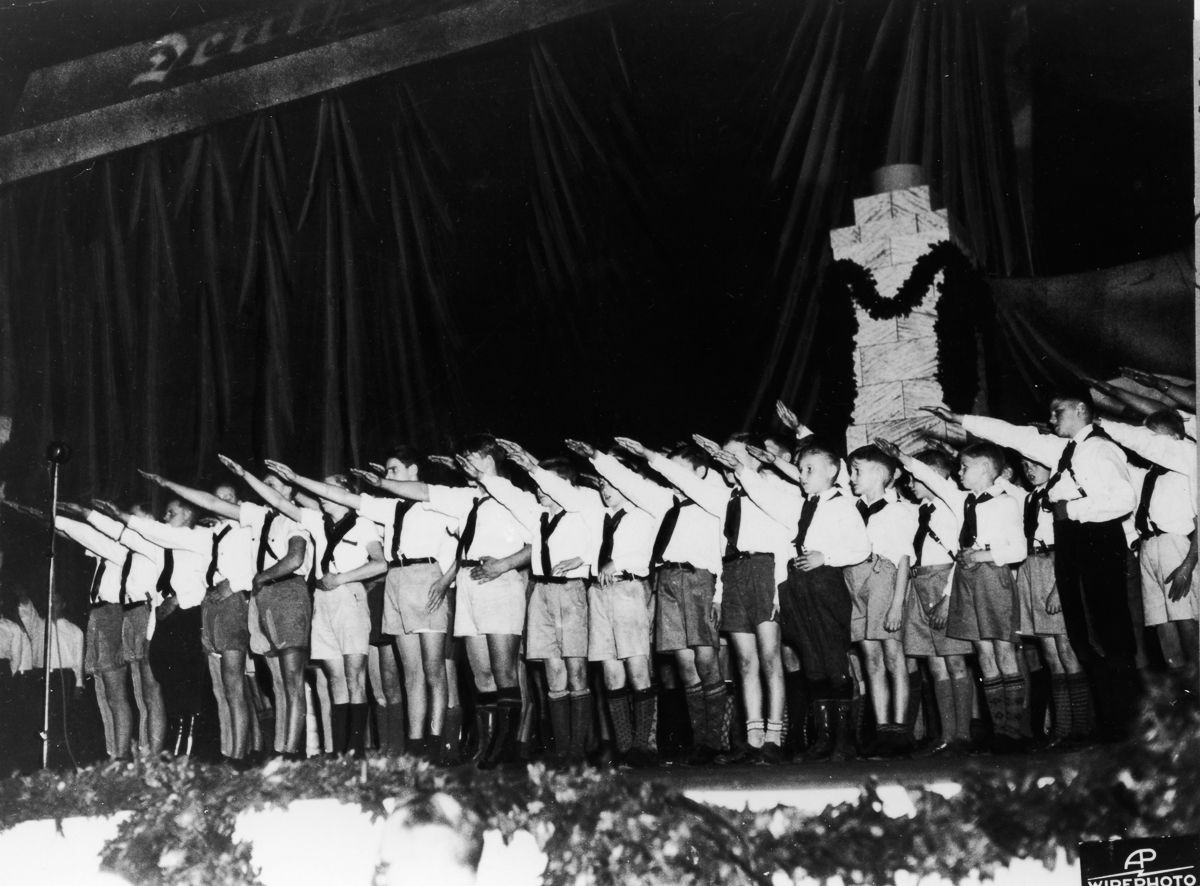
US kids greeting the public with a Nazi salute
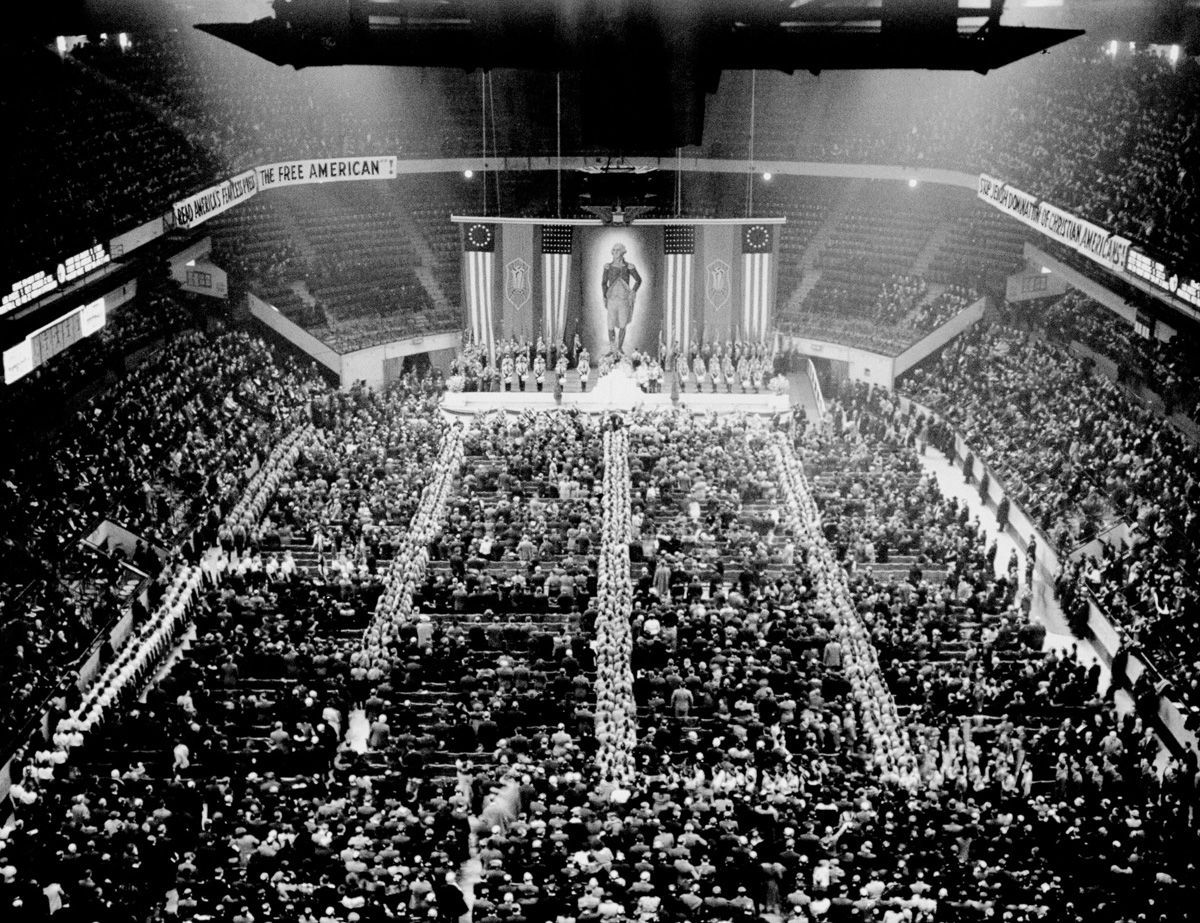
The Rally of 1939
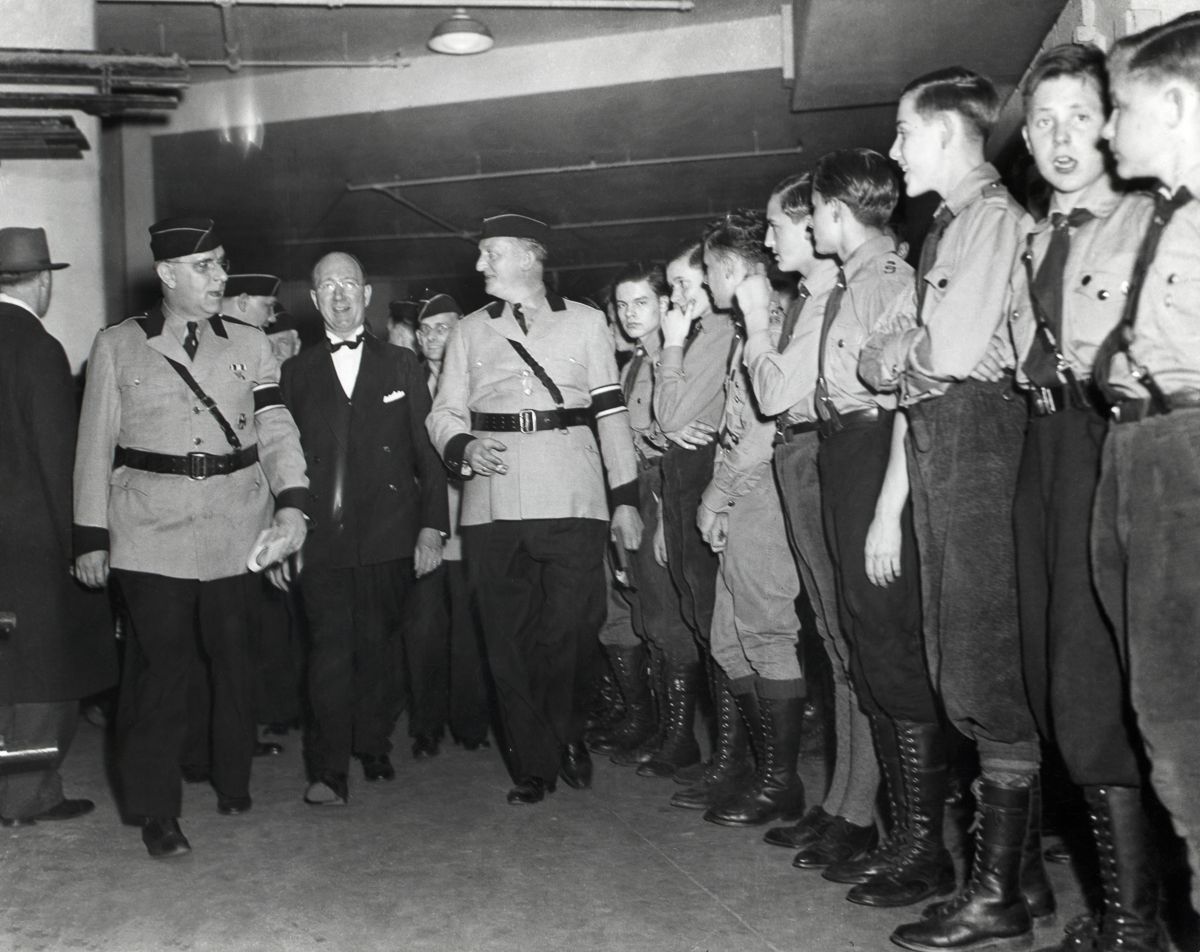
Speakers arriving the Rally
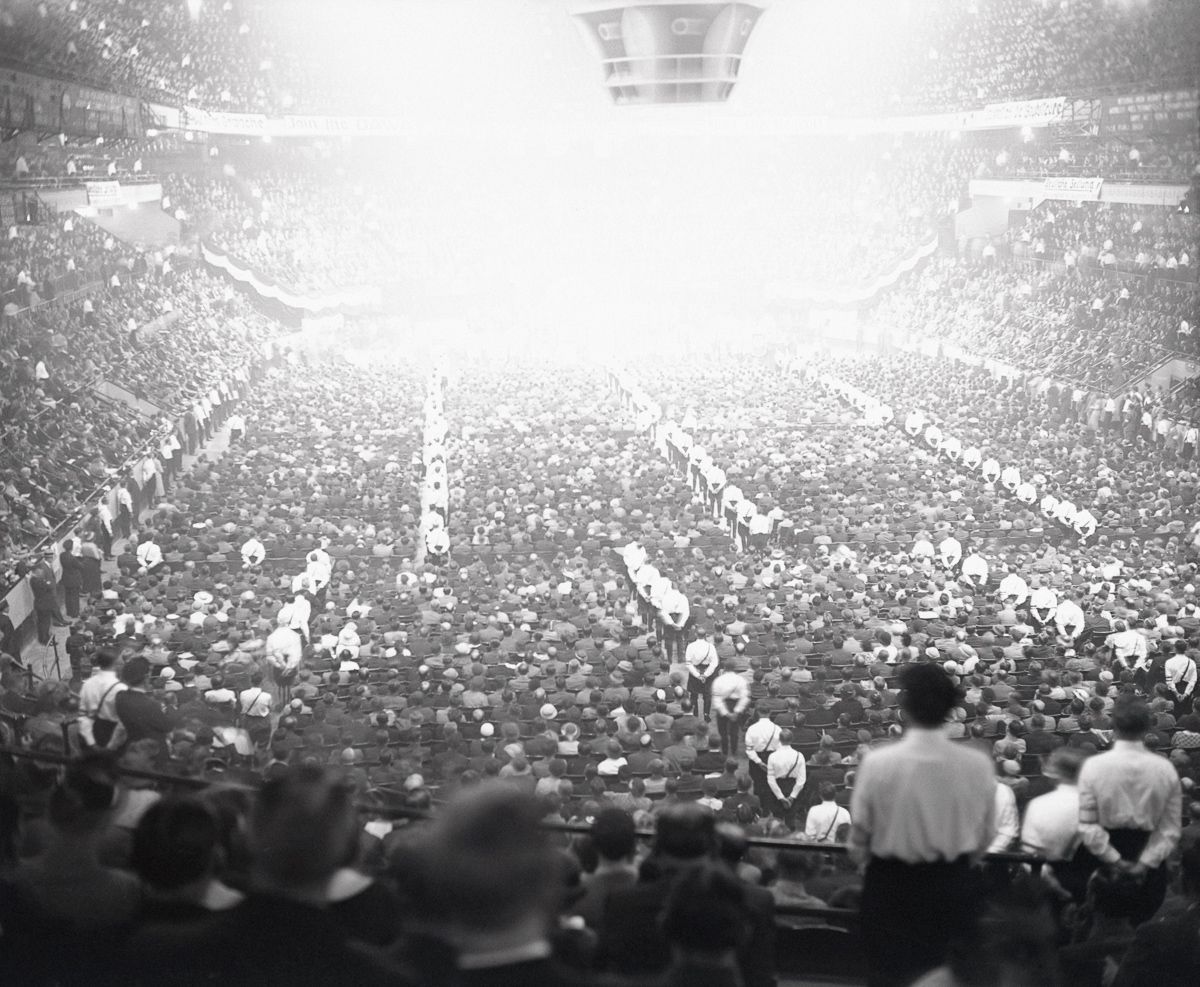
Nazi Rally in Madison Square Garden, May 17, 1939
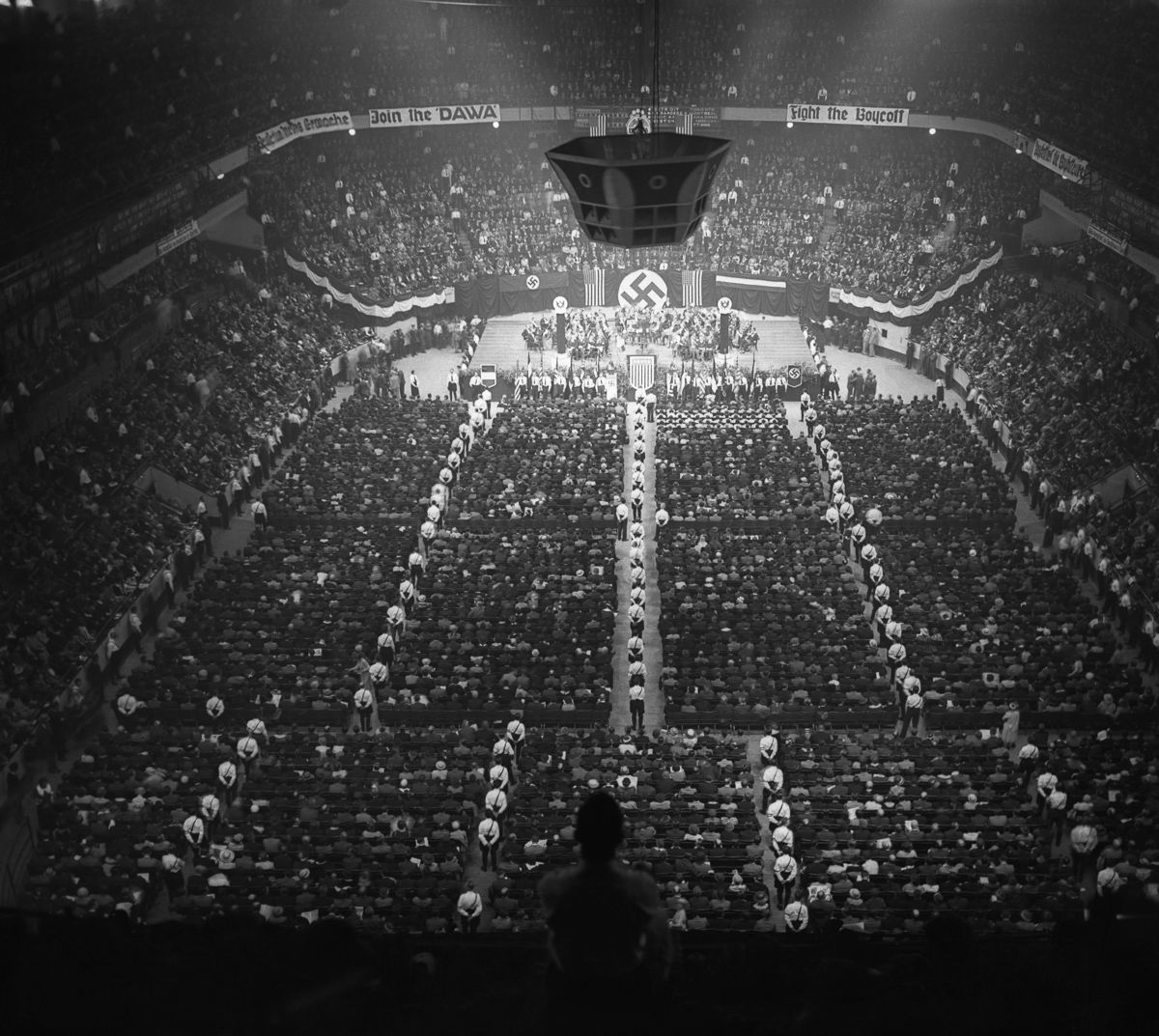
Nazi Rally in Madison Square Garden in pictures
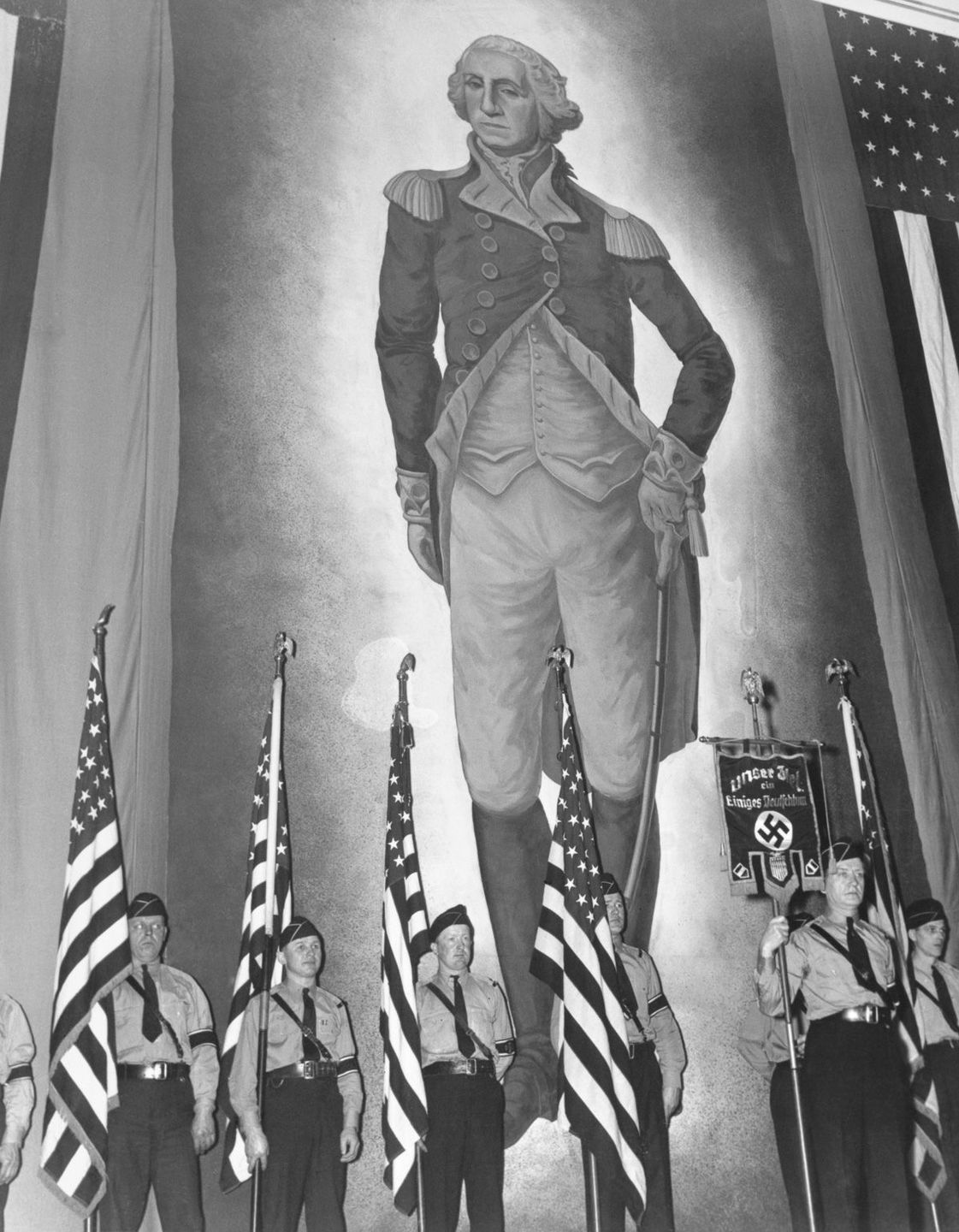
Young guards in front of a huge portrait of George Washington.
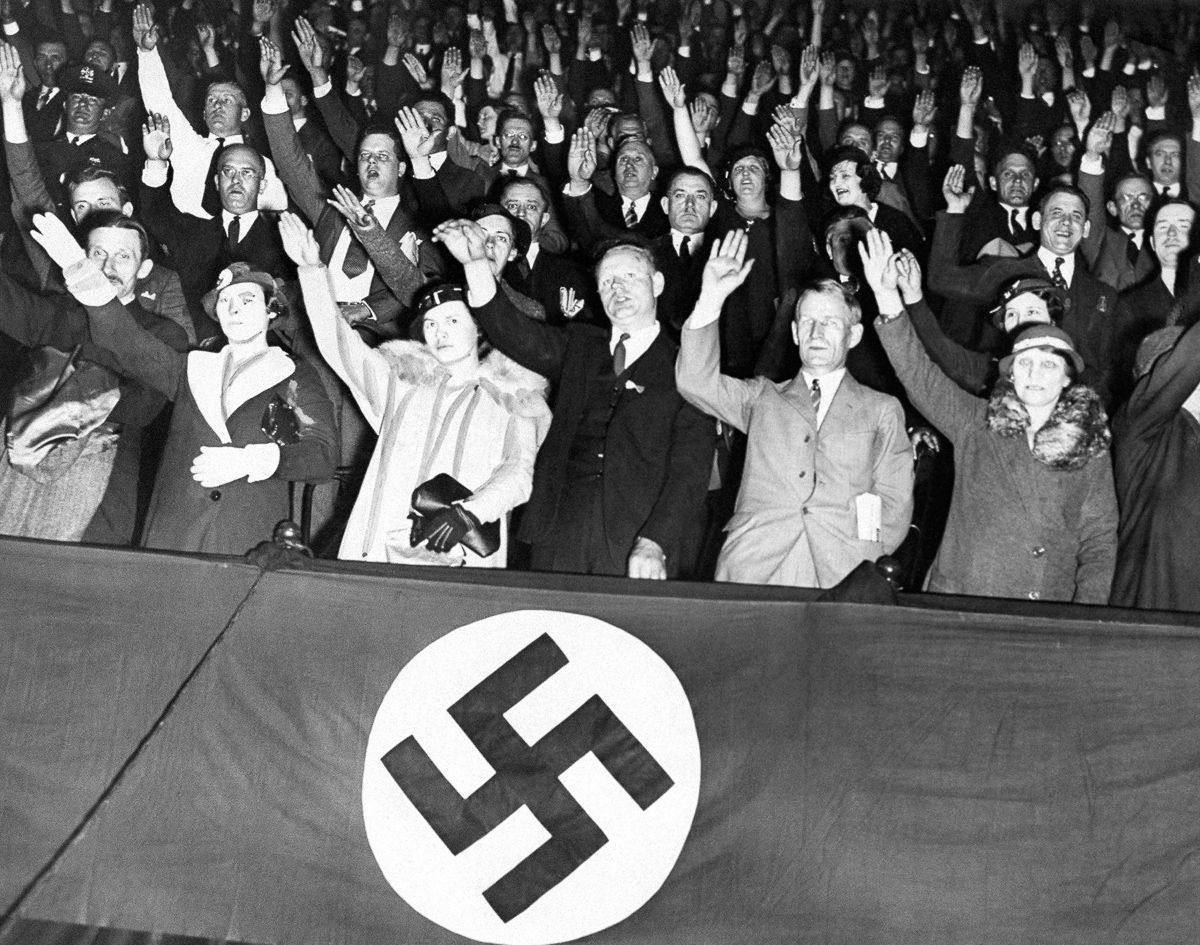
Nazi followers greet the speaker with a salute.
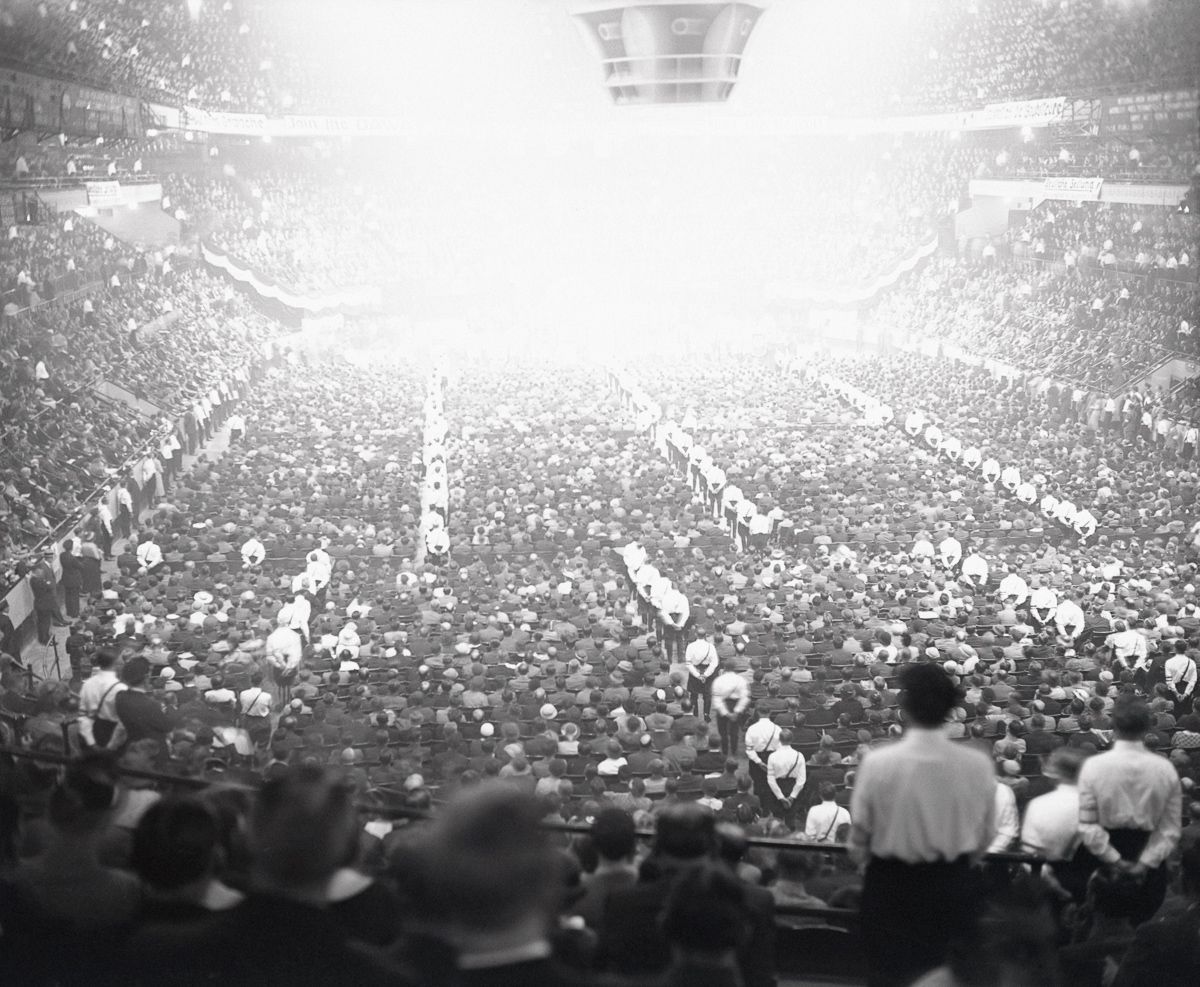
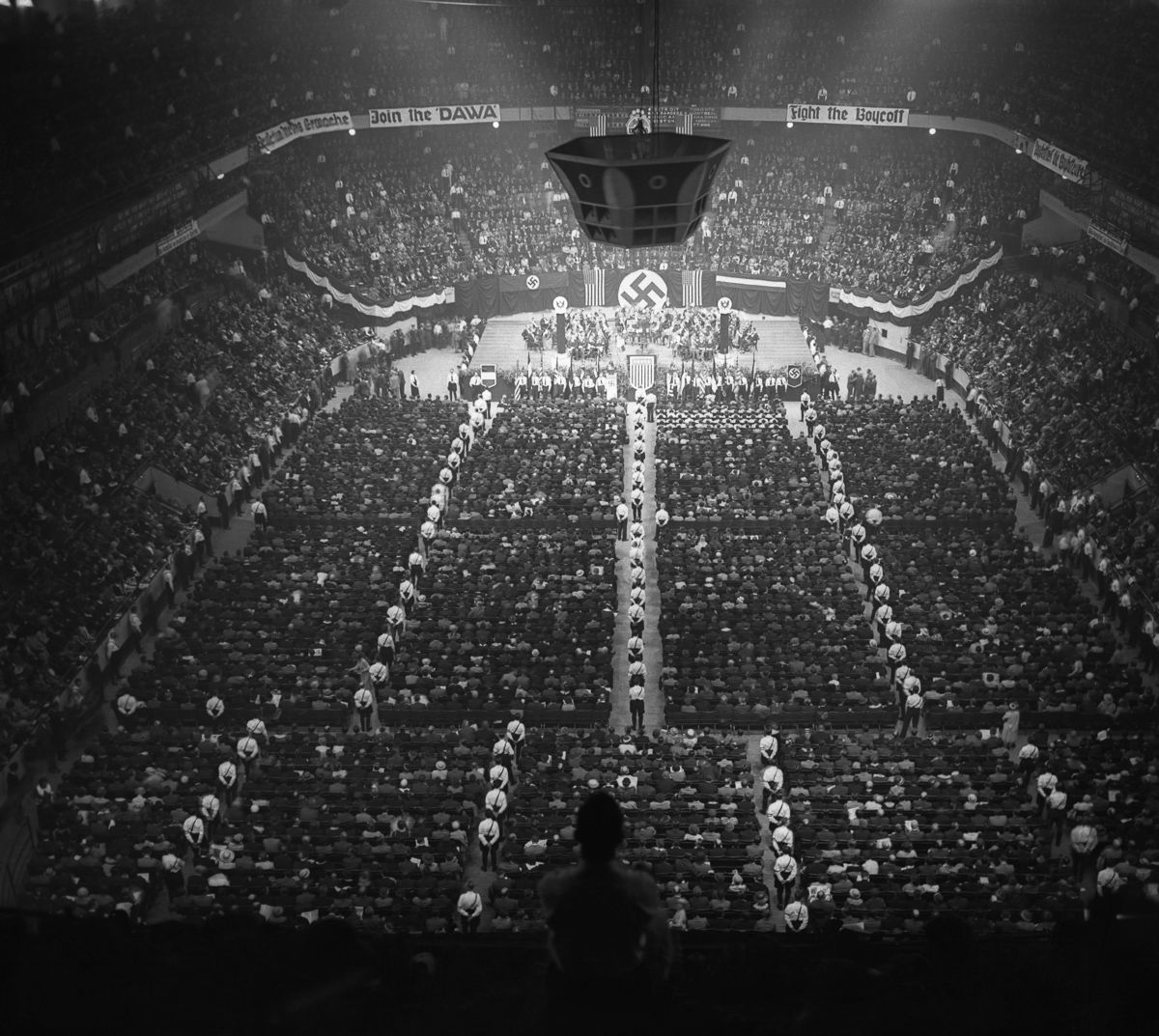
May 17, 1934. A mass meeting of members of the Friends of New Germany.
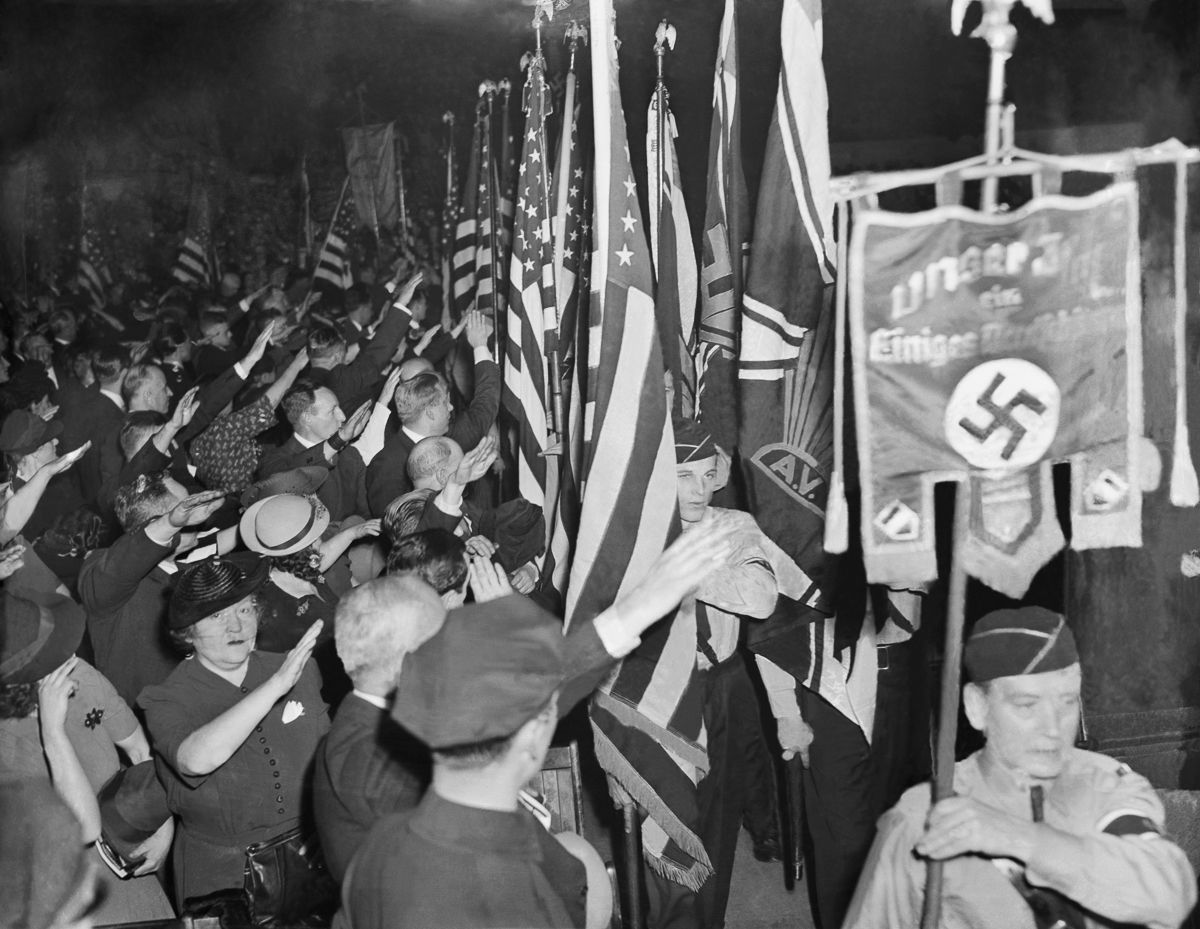
People greeting the banner of the German-American Union.
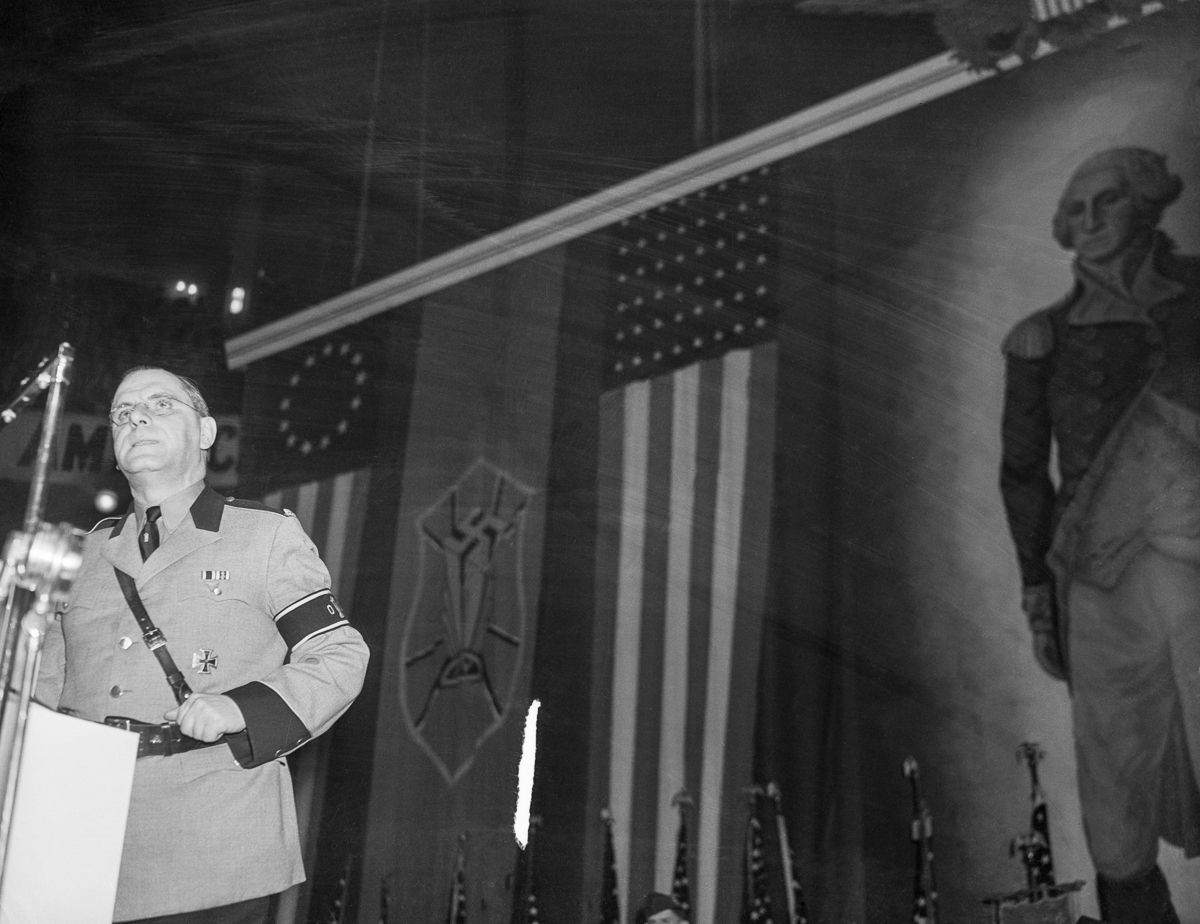
Leader of the German-American Union Fritz Kuhn addresses the rally participants, February 1939.
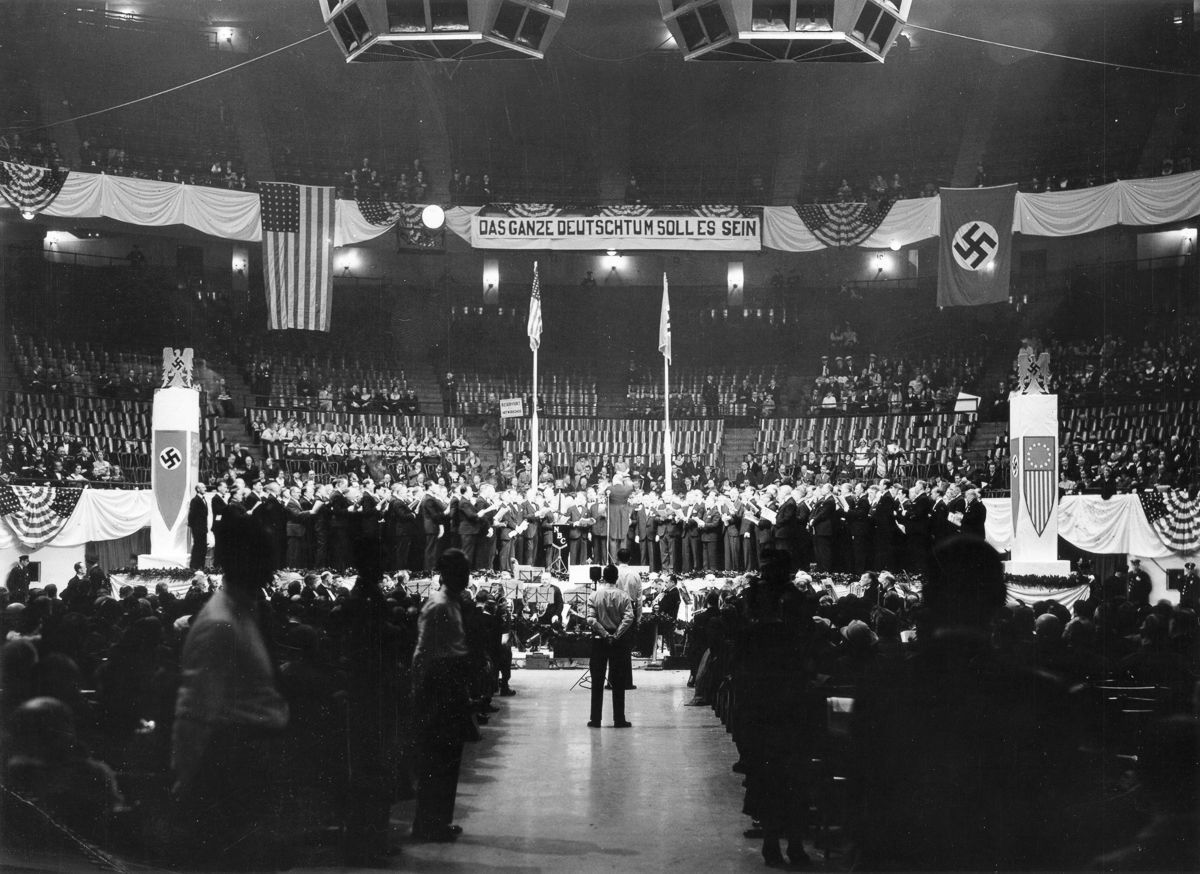
Celebrations of the arriving of the German settlers to America, October 1935
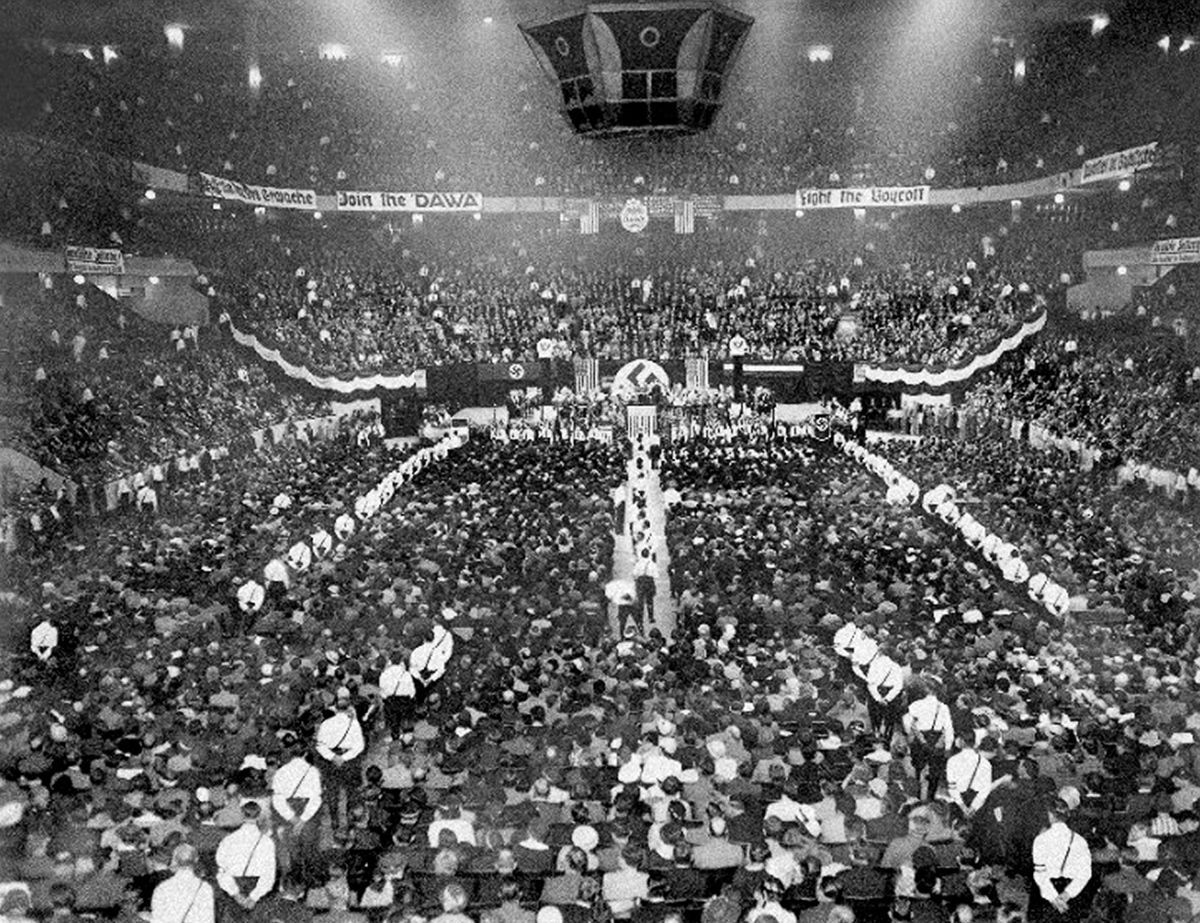
Another angle of the Nazi Rally in New York

1934
Сообщение Nazi Rally in Madison Square Garden in pictures, 1939 появились сначала на Old Pictures.
]]>Сообщение Bizarre pictures of the soviet parade of the 1920s and 1930s появились сначала на Old Pictures.
]]>After discovering some bizarre pictures of the nudists in the Soviet Moscow of the 1920s we decided to dig dipper and found some noteworthy parade pictures. We excluded all blended army parade photos and selected only fascinating images of the very special soviet reality of the 1920s and 1930s. Enjoy.
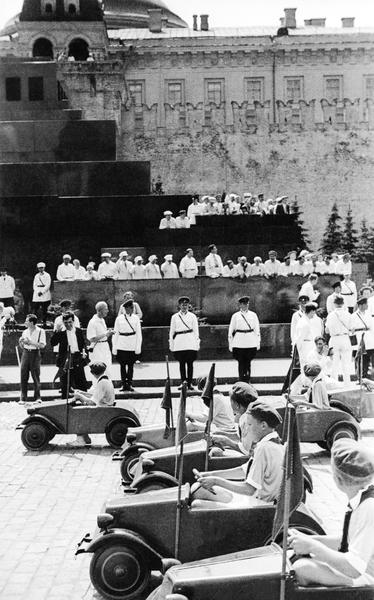
These kids driving the toy cars symbolize the newborn Soviet industry. In fact, the Soviet Union produced very few cars in the 1920s.

May 1 was a very special day for Soviet Russia, and it was a parade day. In this picture, women are marching in gas masks. Maybe, it should demonstrate the readiness for a world war.
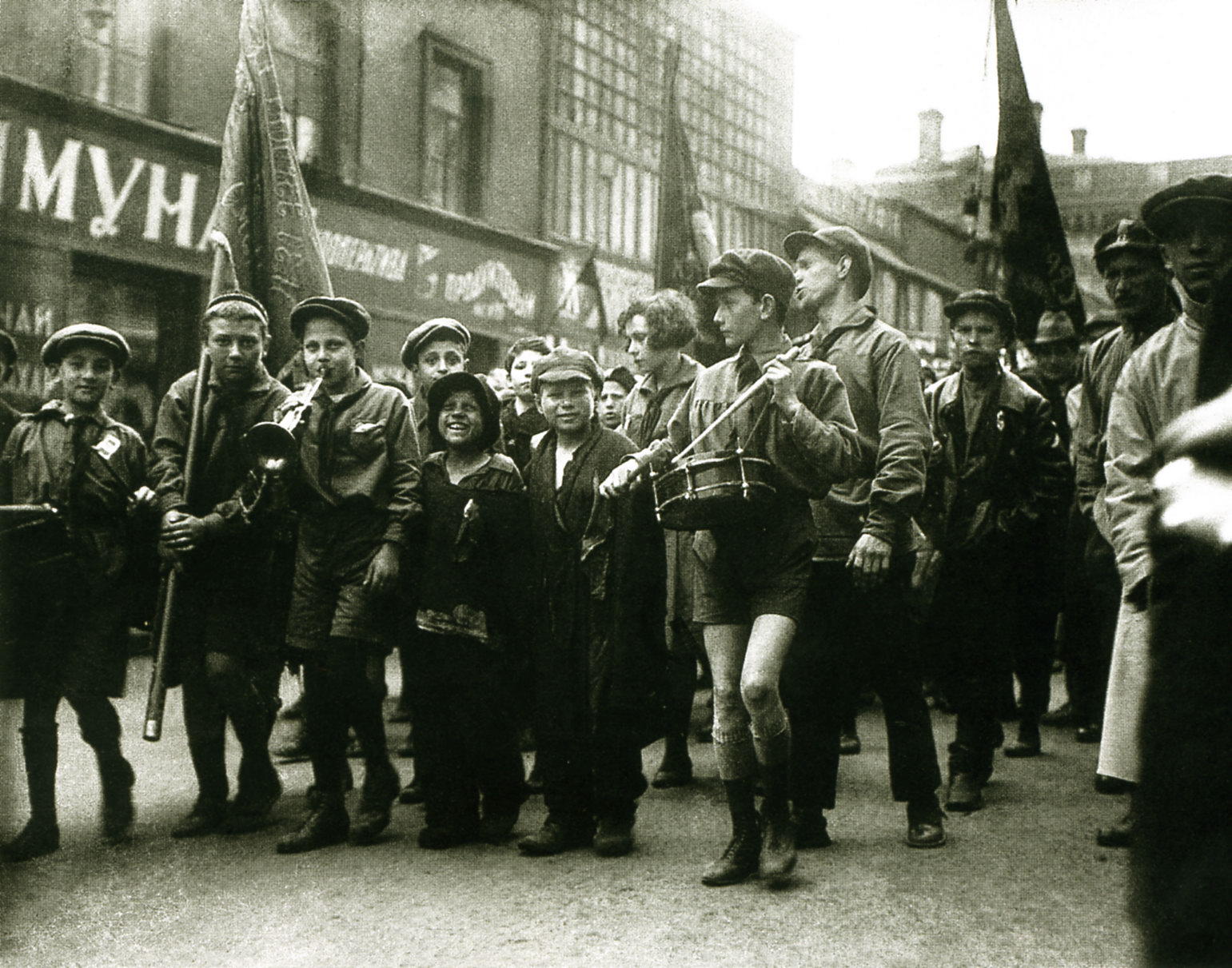
Soviet pioneers (kind of scouts) are marching with homeless kids during a parade in the 1920s. Soviet power tried to demonstrate that they treat kids in a new, socialistic way.

It is a sports parade in Moscow, 1920s. Soviet Russia was proud of its sportsmen and tried to show it in any possible way.

This Parade pig sculpture symbolizes capitalism, the source of all possible sufferings according to the propaganda in Soviet Russia.

And here’s an interesting one. Here we have an anti-religion parade, which was a common thing in Soviet Russia in the 1920s and 1930s. Bolsheviks denied all religions, demolished a lot of churches and cathedrals, abolished all possible Christian holidays like Christmas or Easter.

A massive head of Vladimir Lenin at the parade in Leningrad on May 1, 1925

The soviet sportsmen at Red Square in Moscow, 1930s.

Army parade at the Red Square in Moscow, 1927.

Bicycle riders during an army parade. The Soviet Union declared its peacefulness but was getting ready to fight with all means.
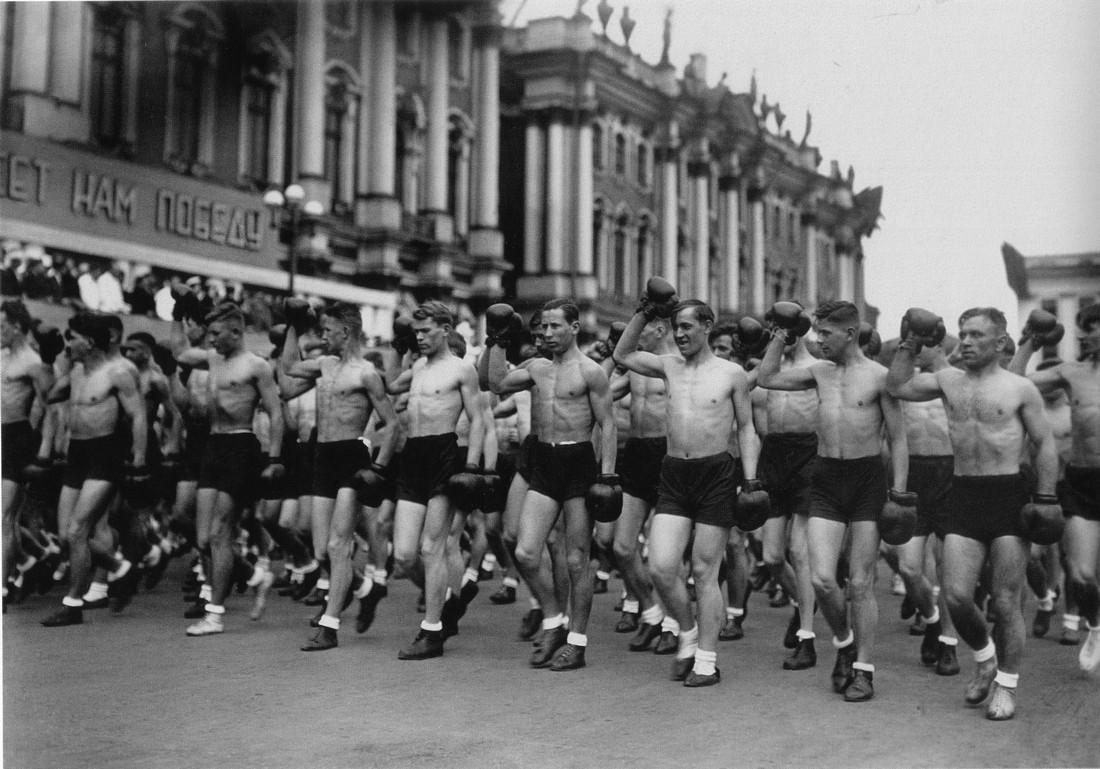
A group of mighty sportsmen with boxing gloves.
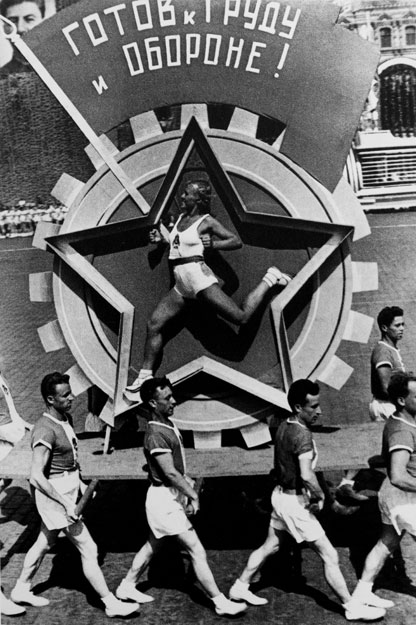
This man demonstrates the readiness for war at any point in time. It was a sure thing for the Soviet people to be ready for a new war.
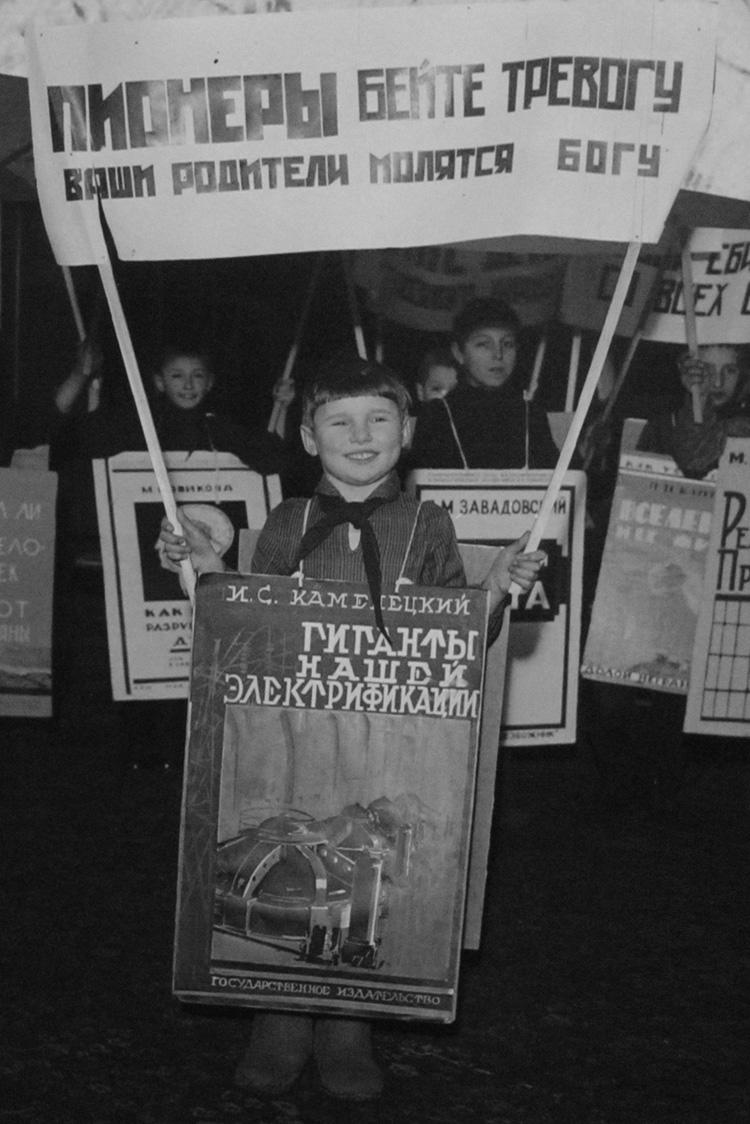
Kids during the anti-religion parade with a poster that calls to stop praying god.
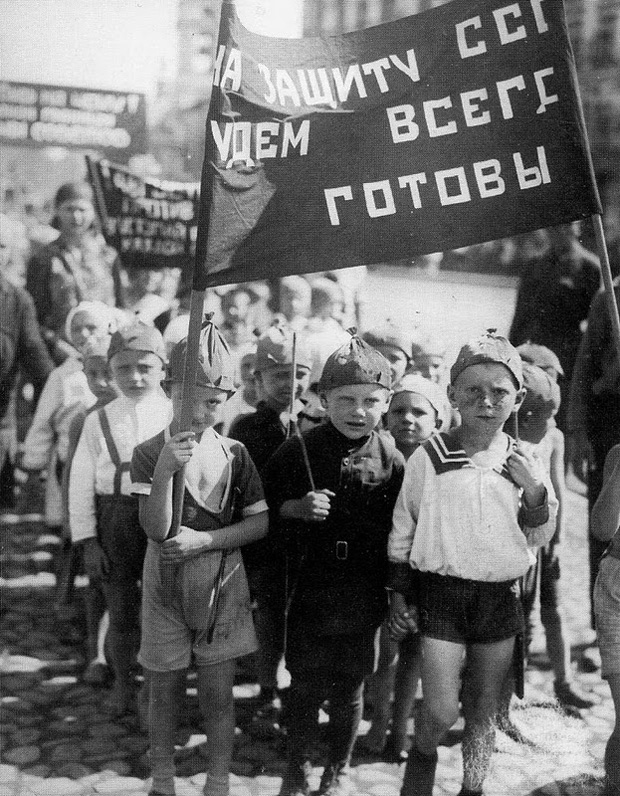
Another kid parade in the USSR.
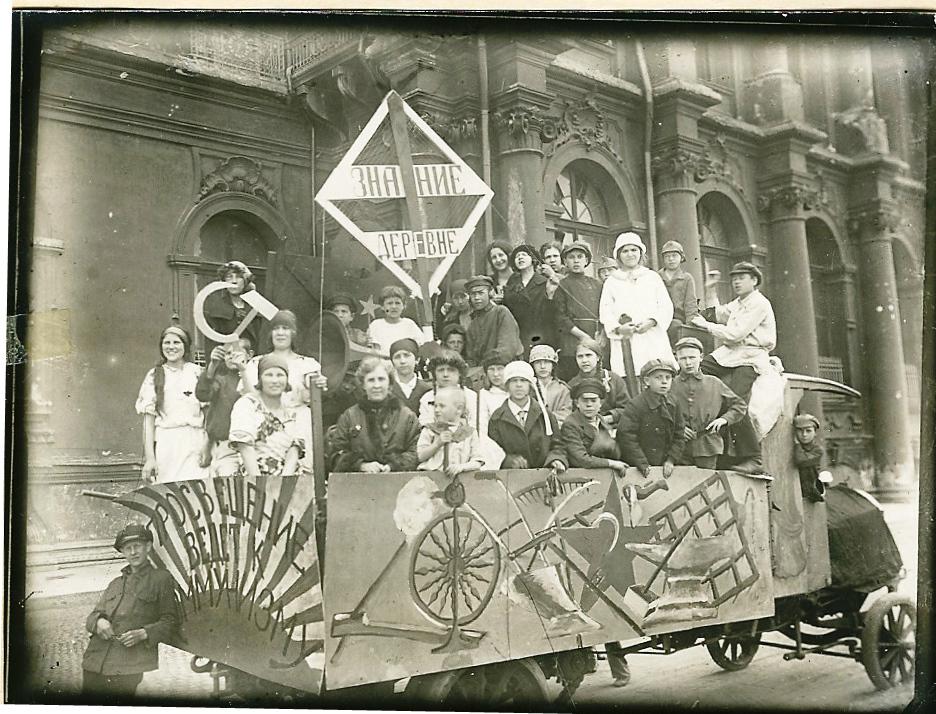
Education holiday in Soviet Russia, the 1920s.
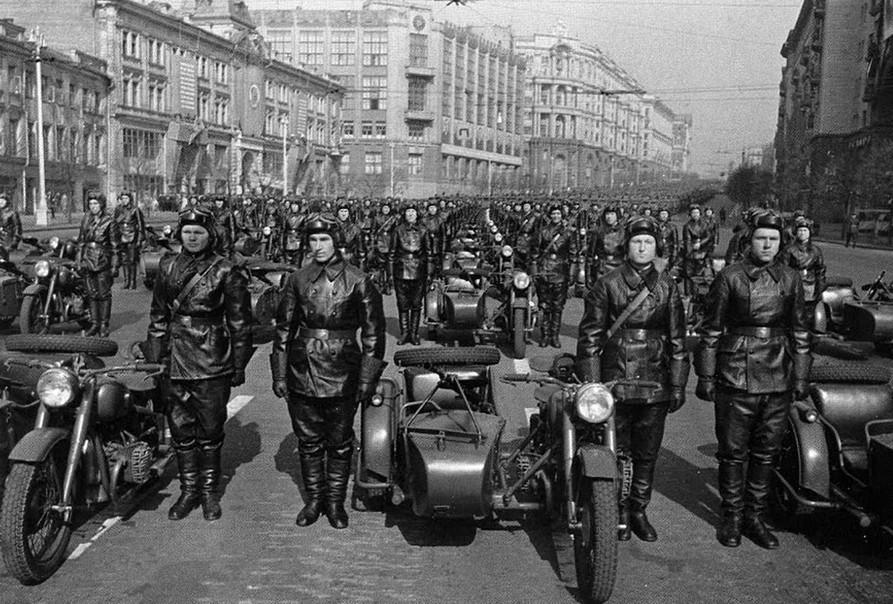
Army motorcyclists before the parade, the 1930s.
Сообщение Bizarre pictures of the soviet parade of the 1920s and 1930s появились сначала на Old Pictures.
]]>Сообщение Marguerite Lehand with 30 thousand coins collected during one day, January 1938 появились сначала на Old Pictures.
]]>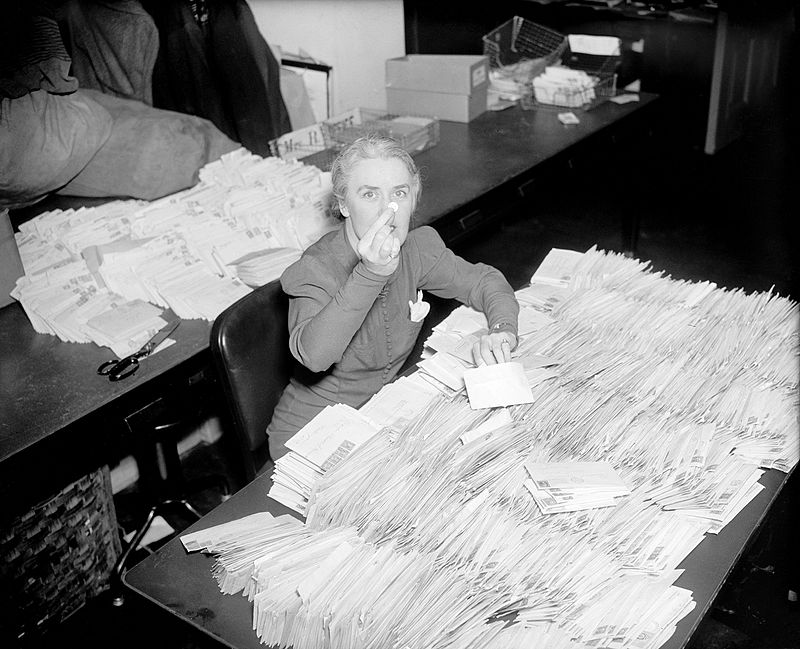 Marguerite Lehand went down in history as the most influential secretary of the President of the United States. Indeed, she was the closest confidant of Franklin Delano Roosevelt.
Marguerite Lehand went down in history as the most influential secretary of the President of the United States. Indeed, she was the closest confidant of Franklin Delano Roosevelt.
So, it was the Great Depression decade in the USA. The New Deal was everywhere, people were fighting the economic crisis, the large business was promoting Glorious American Way. The administration launched the March of Dimes campaign in January 1938. The rumor has it that this campaign’s idea belonged to Marguerite Lehand, not FDR himself. However, the idea was to help the spread of polio in the United States. The government launched the fundraising for vaccine researches.
The good thing about the campaign was that it didn’t just raise money to support sick children. The campaign targeted children all over the US to send a dime to help other, less fortunate kids. That is how tolerance and compassion are forming in childhood.
Actually, in our photo, Margaret is immortalized with the first batch of letters with coins from American children. The US Post delivered them to the White House on January 28, 1938.
Roosevelt’s affairs
The 32nd President of the United States, Franklin Delano Roosevelt, wasn’t an excellent family man. In 1918, Eleanor Roosevelt discovered his affair with a secretary.
Although the couple decided to keep the marriage, and not to harm Franklin’s political career.
Here’s how Franklin Delano Roosevelt had some romances with the prominent women of the 20th century (for example, with Princess Martha of Sweden). Even the partial paralysis that put Franklin in a wheelchair did not dampen his energy in love affairs.
Franklin also had a relationship that lasted more than twenty years. Relationship with his secretary, and later the only woman in history in the position of chief of staff of the White House – Marguerite Lehand.
Marguerite Lehand in history of the US
Historians and those who are bored with life argue about the nature of these relations. We know for sure that Franklin called his secretary by the pet name Missy (after his children, who could not pronounce “Miss Lehand”). Marguerite Lehand called the president his initials – FDR (no one else called him that).
Marguerite was Roosevelt’s chief adviser, his confidant, his medium in relations with the world. Only Marguerite had access to the secret corridors leading to the Oval Office and the president’s correspondence.
Miss Lehand handled the boss’s schedule and made appointments.
Marguerite knew about Hitler’s invasion of Poland earlier than FDR. He had already gone to bed, and she accepted the message.
Marguerite Lehand appeared on the cover of Time in December 1934 as Super Secretary.
Сообщение Marguerite Lehand with 30 thousand coins collected during one day, January 1938 появились сначала на Old Pictures.
]]>Сообщение Rare pictures of the early soviet police NKVD появились сначала на Old Pictures.
]]>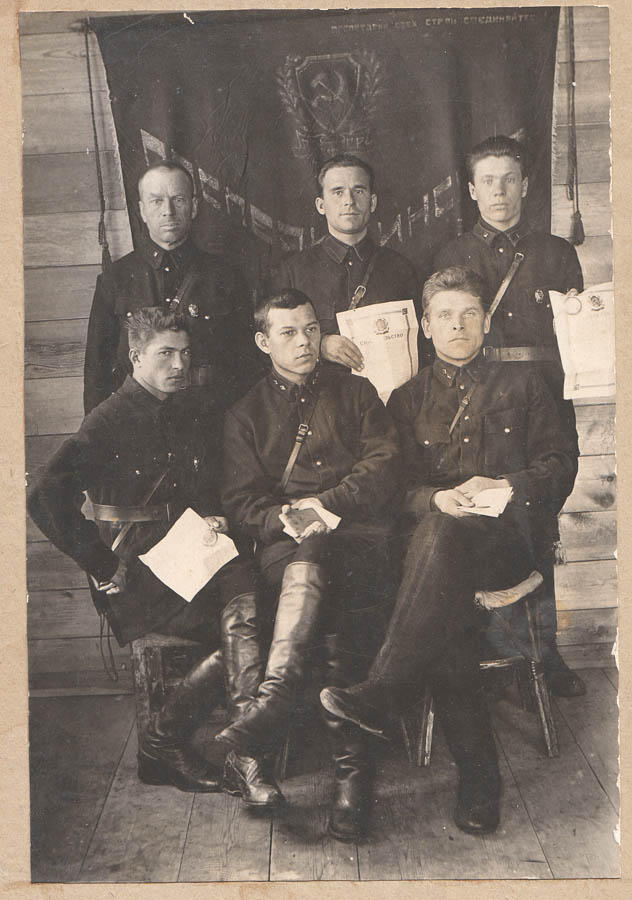
In this picture, the NKVD team with honors, 1928. Usually, NKVD members received honors for either executing people or torturing them during the short trial.
The mass repressions in the Soviet Union in the 1930s are well known. And while Joseph Stalin clearly orchestrated this process, an interesting armed unit in the Russian government executed all the death sentences. It was soviet police – NKVD. Oldpics decided to publish several noteworthy pictures of NKVD officers and interesting facts about their service.
Although NKVD was formed on July 10, 1934, it’s safe to say that this unit secured the Soviet power during its early years. Actually, NKVD had the name of OGPU before 1934. There’s no need to dig through the Russian abbreviations: it was just a police monster unit that combined regular and secret police.
There were three directors of the NKVD: Heinrich Yagoda, Nikolai Yezhov, and Lavrenty Beria. All of them were sentenced to death.
NKVD controlled regular police, the penitentiary system, foreign intelligence, border troops, counterintelligence in the army, and navy units. It covered the political investigations and had the right to execute sentences without court trials.
The formation of the NKVD in the Soviet Union started the so-called “Great Terror of the 1930s”. However, people’s commissars also made a significant contribution to the organization of political repression.
Take a look at these rare pictures of the NKVD officers.
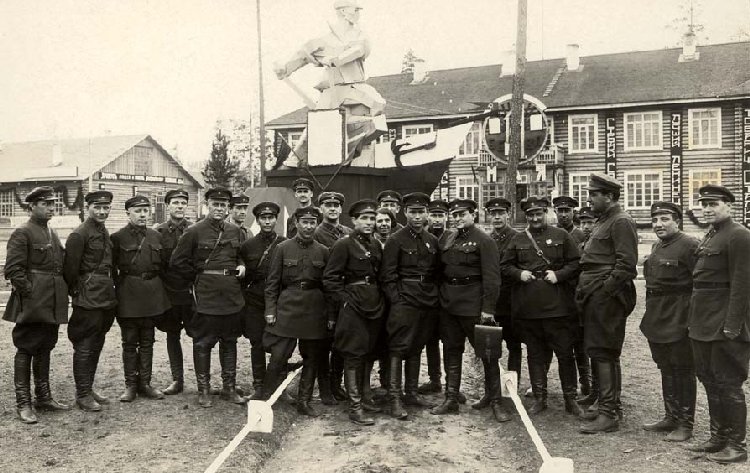
The important part of NKVD: All directors of the concentration GULAG camps in one photo, 1934.
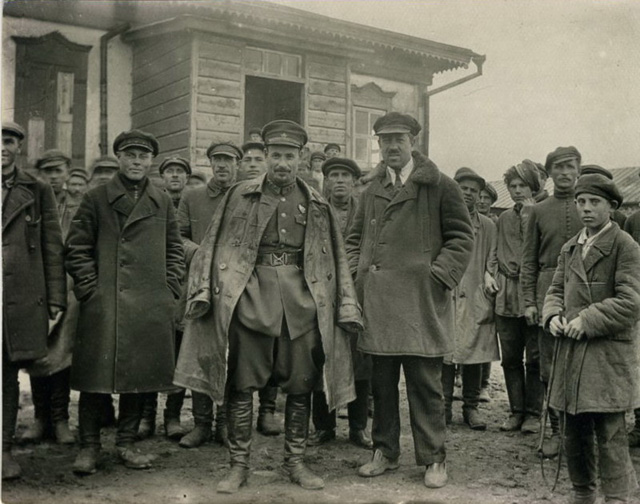
NKVD team during the expropriation of food in the countryside.
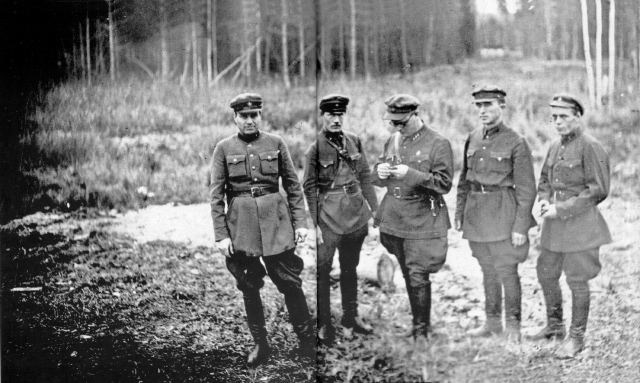
The pictures of the shooting squad of NKVD. These people executed the death sentence.

It’s hard to believe, but the NKVD crew participated in the public works between the arrests and executions.
Сообщение Rare pictures of the early soviet police NKVD появились сначала на Old Pictures.
]]>Сообщение Sleeping on a rope in London, 1930s появились сначала на Old Pictures.
]]>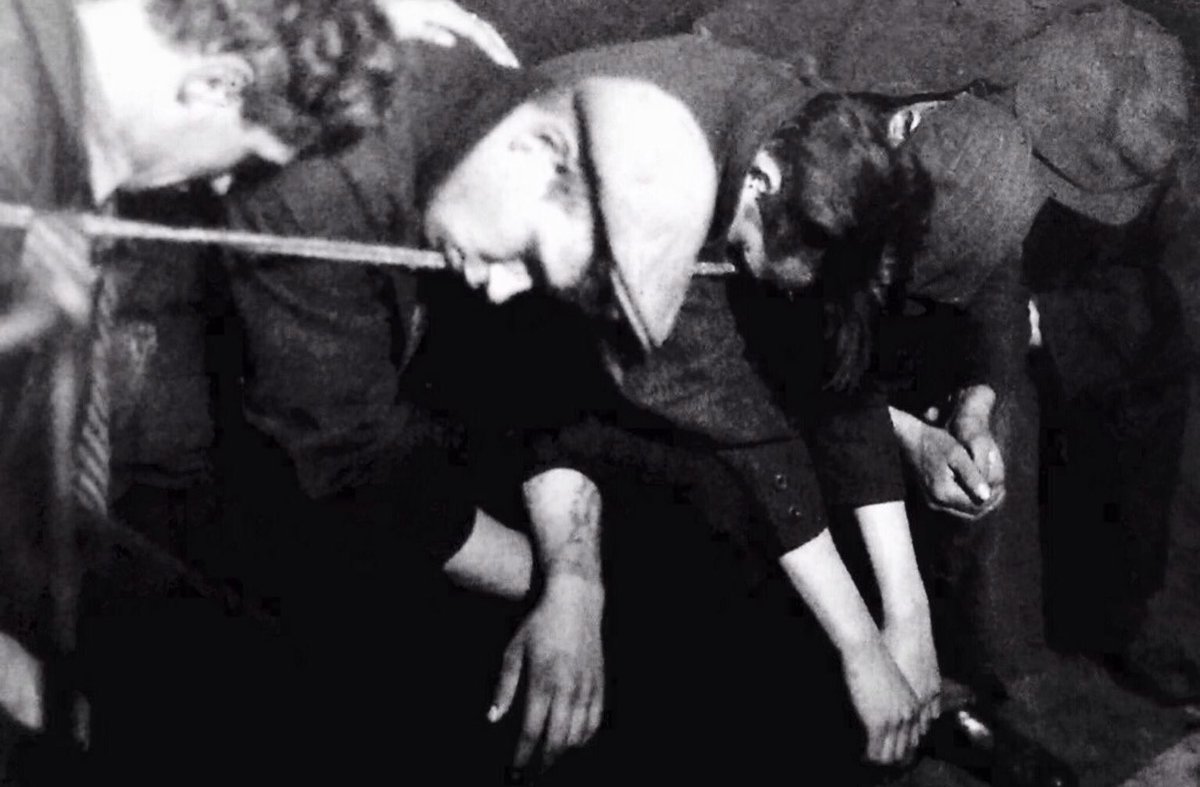 Sleeping on the rope was the cheapest option in the flophouses of London in the 1930s.
Sleeping on the rope was the cheapest option in the flophouses of London in the 1930s.
Look at this photo every time your own mattress feels too hard for you.
People who like to lament about what terrible time we live in, what terrible air we breathe, and what disgusting GMO we eat, obviously, have little idea of how our ancestors lived.
We thought that these eye-grabbing pictures belong to the Victorian era. People often did some bizarre things during this period. Everything looked weird: the way people swam in the sea, visited dentists, or even smiled.
But here’s a surprise, this photograph was taken in London in the 1930s. The scene is pretty clear: people are sleeping, hanging on ropes.
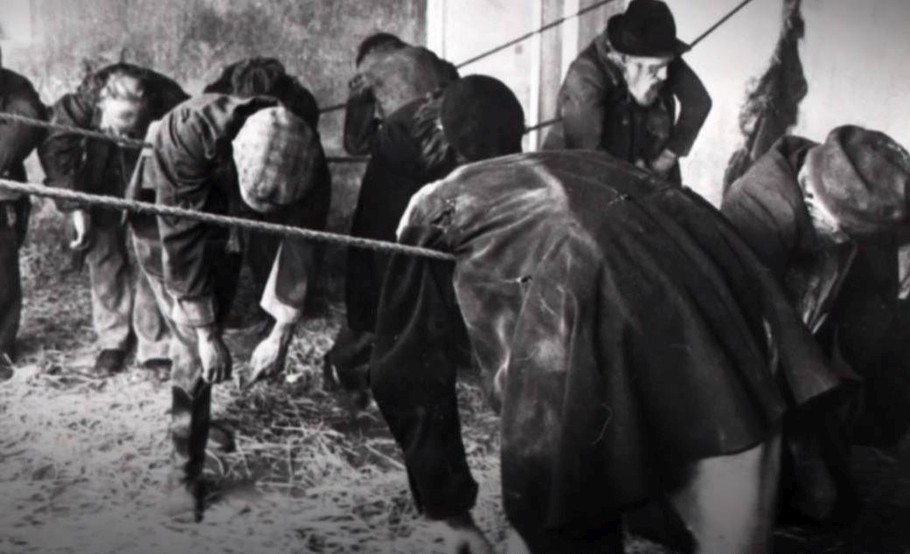
Sleeping on a rope cost 2 pence
Sleeping on the rope was a challenge
This comfort cost 2 pence and was called “twopenny suspension” among the townspeople. Orwell described it in detail in his book “Pounds of Dashing in Paris and London.”
“Overnight stay in a class slightly higher than the street class. In a two-penny hanger, clients are seated on a long bench with a rope stretched in front of them, which holds the sleepers like a transverse rail of a sloping rotten hedge. At five in the morning, a man mockingly called a valet removes the rope. I myself have not been in suspensions, but Chumar spent the night there often, and when asked if it was possible to sleep in such a position at all, he replied that it’s not so bad as weaklings ringing about it – it’s better than on a bare floor. There is a similar type of refuge in Paris, only there are not two pence, but twenty-five centimes (half a penny)”.
But if you were a lucky owner of four pence you, could afford to settle in one of the hard boxes covered with tarpaulin. A solid luxury option when compared with a “two-penny suspension.”
Read more: 100 most important pictures in history
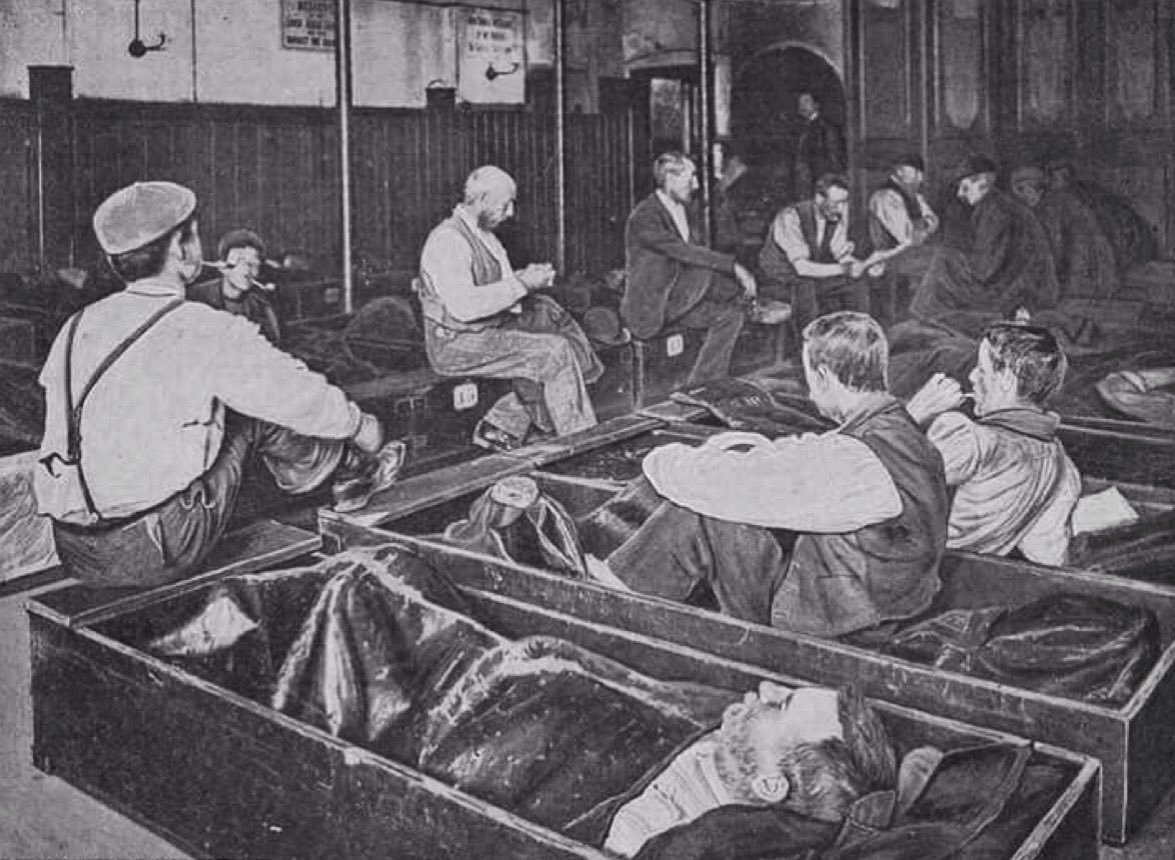
These Sleeping boxes were a more luxurious option in the 1930s.
Сообщение Sleeping on a rope in London, 1930s появились сначала на Old Pictures.
]]>Сообщение Schienenzeppelin: the Rail Zeppelin, June 1931 появились сначала на Old Pictures.
]]>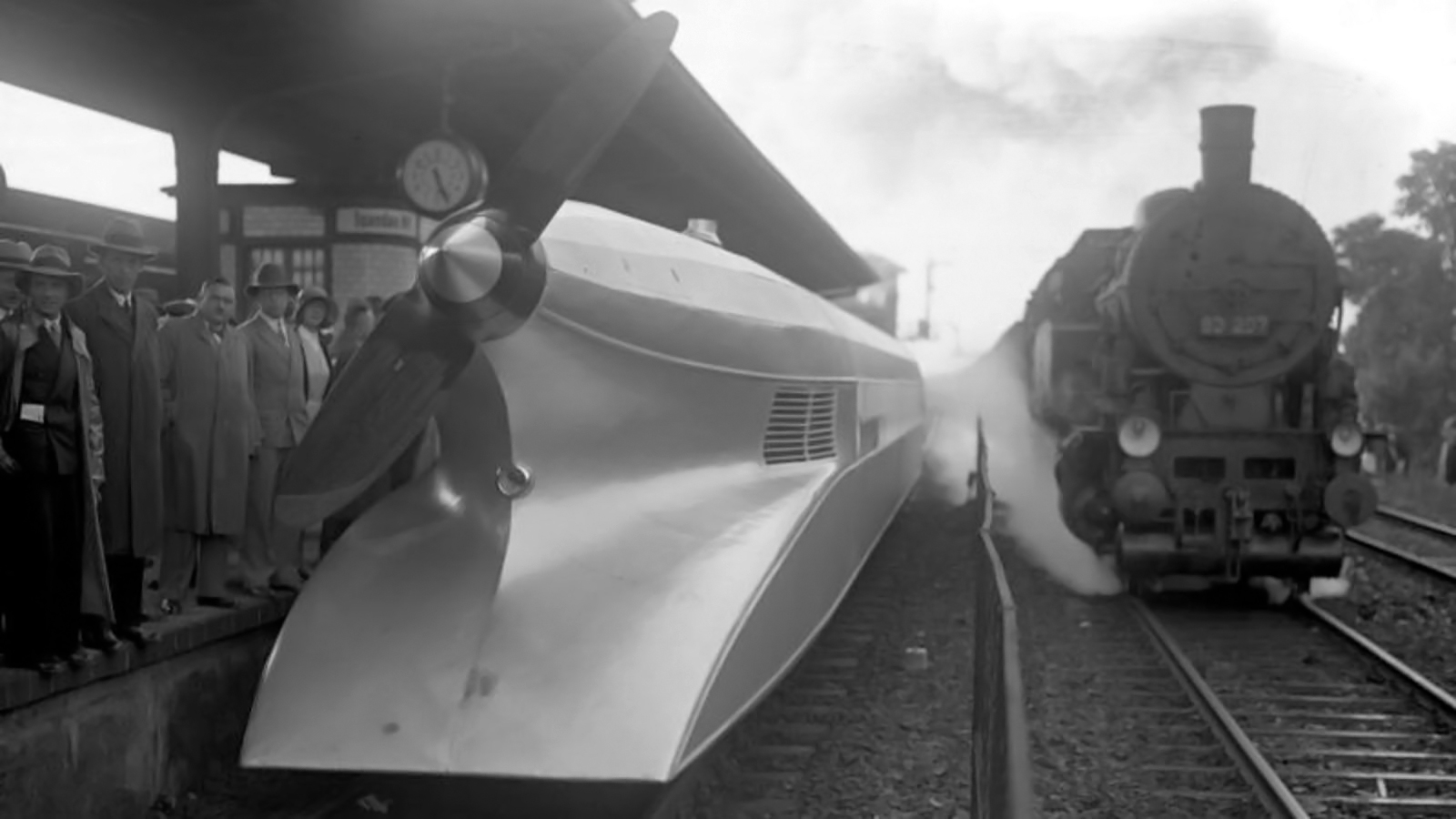 Germans called Schienenzeppelin the ‘Cigar on the rails.’ This device set the world record speed for railroads, although Count Zeppelin, the inventor of rigid airships, had nothing to do with the project.
Germans called Schienenzeppelin the ‘Cigar on the rails.’ This device set the world record speed for railroads, although Count Zeppelin, the inventor of rigid airships, had nothing to do with the project.
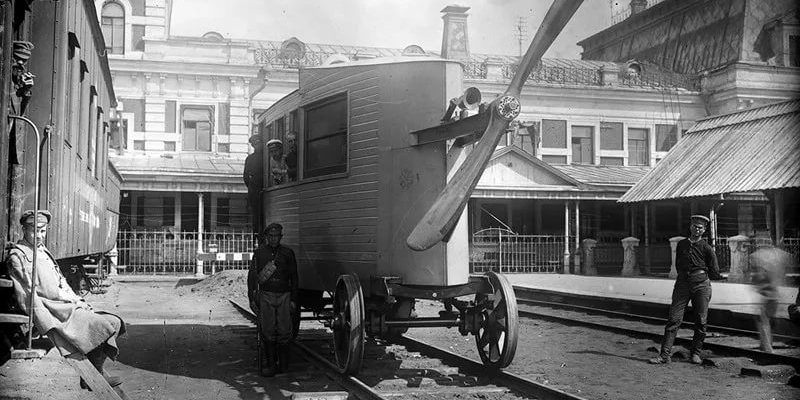
The Russian predecessor of the Schienenzeppelin, designed by Abakovskiy 1922.
A Russian start
Interestingly, the history of the Schienenzeppelin starts in Russia. A local engineer Abakovskiy completed the construction of a railroad car with an aircraft propeller in 1921. He named it originally “an aircar.” This Russian railroad car even made several trips and tragically crashed, taking seven people to the grave, including the inventor.
The Germans still found potential in this tragic story. Thus, engineer Franz Krukenberg created a 26-meter air locomotive with a design in the then fashionable Zeppelin style.
Read more: 100 most important pictures in history
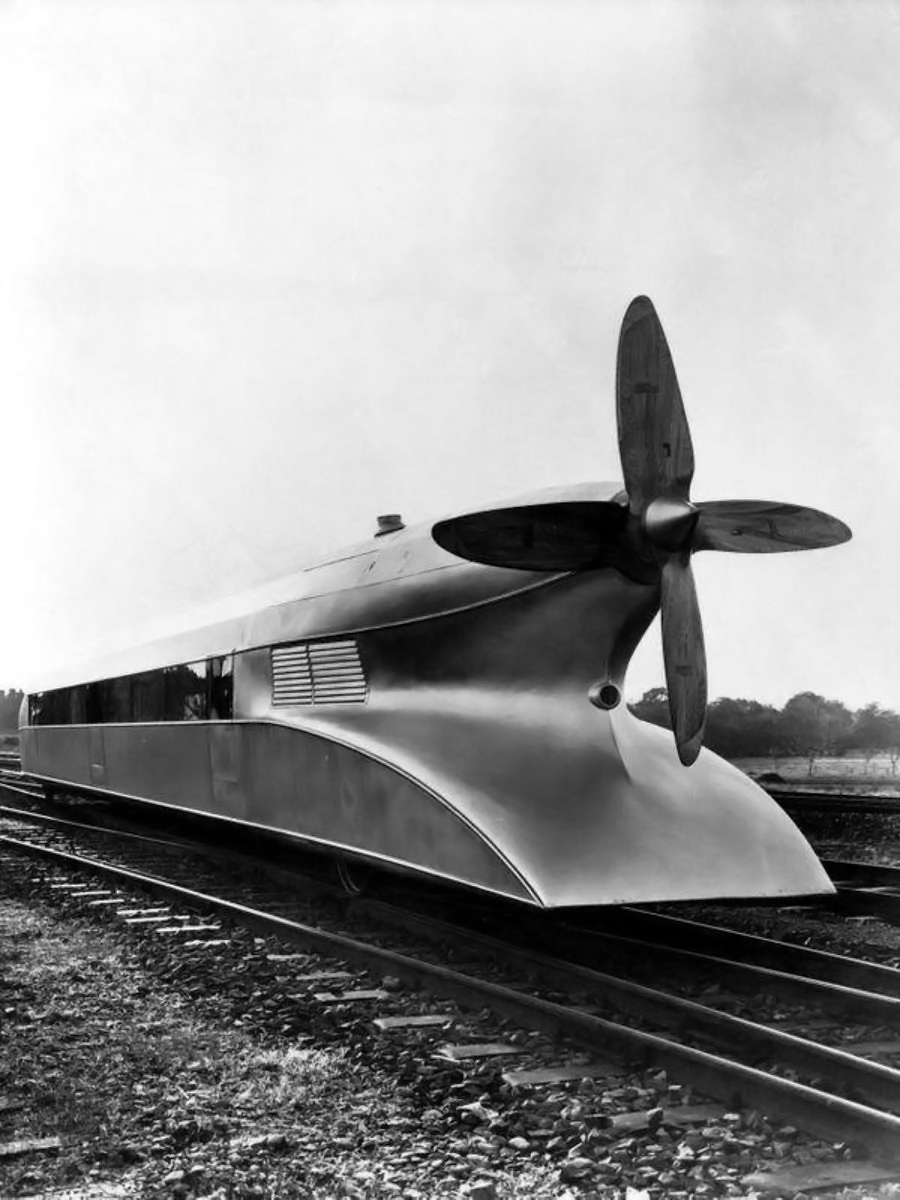
Schienenzeppelin had an extremely futuristic design
The speed records of the Schienenzeppelin
On May 10, 1931, this Schienenzeppelin recorded a speed of 200 kilometers per hour. It was made of aluminum. Its lightweight allowed it to hit the world speed records. The futuristic beauty beat its own record a few months later, hitting 230 kph. Yes, the German industry is good at setting speed records. After that, they began to roll this modernist invention all over Germany in order to demonstrate to the public. The Germans could not believe what they saw.
The Schienenzeppelin could carry up to 40 passengers, but not in luxury. The interior design was kept to a minimum, also due to weight concerns.
Read more: All Pulitzer Prize photos (1942-1967)
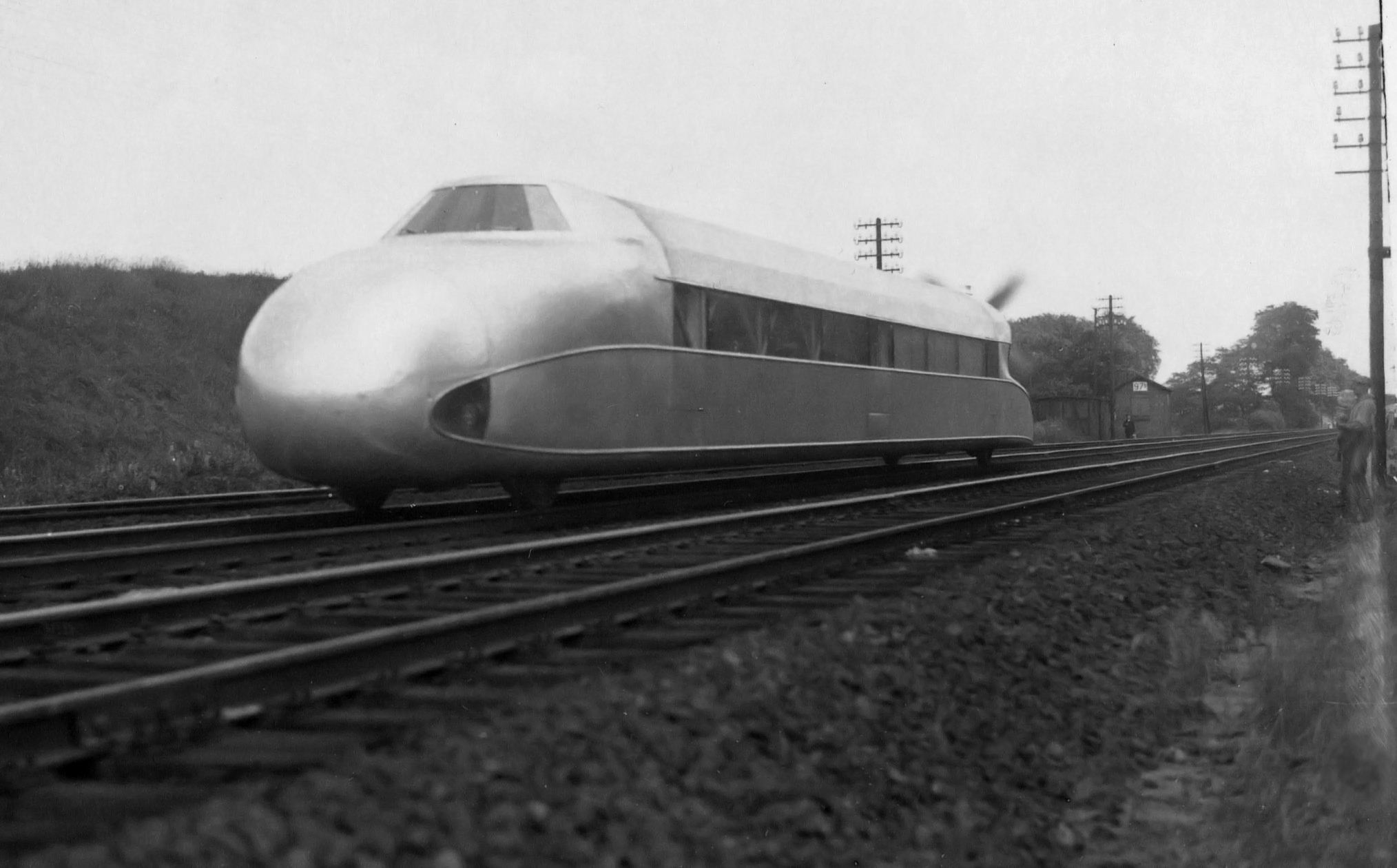
The vehicle was made of aluminum, and it was very light and fast.
Schienenzeppelin was impractical
However, the Schienenzeppelin turned out to be not very practical. The propeller was behind the zeppelin, so it was not possible to attach other cars to it. Schienenzeppelin could only stay as an autonomous and independent car. The trips were expensive and impractical. Aircar did not climb hills well and did not have a reverse gear.
Many believed that the rotating propeller was very dangerous for passengers. The express created powerful air currents when passing by at high speed. Rail Zeppelin was a pretty noisy beast. And the railroad pavements themselves weren’t perfect enough to handle ultra-high speeds.
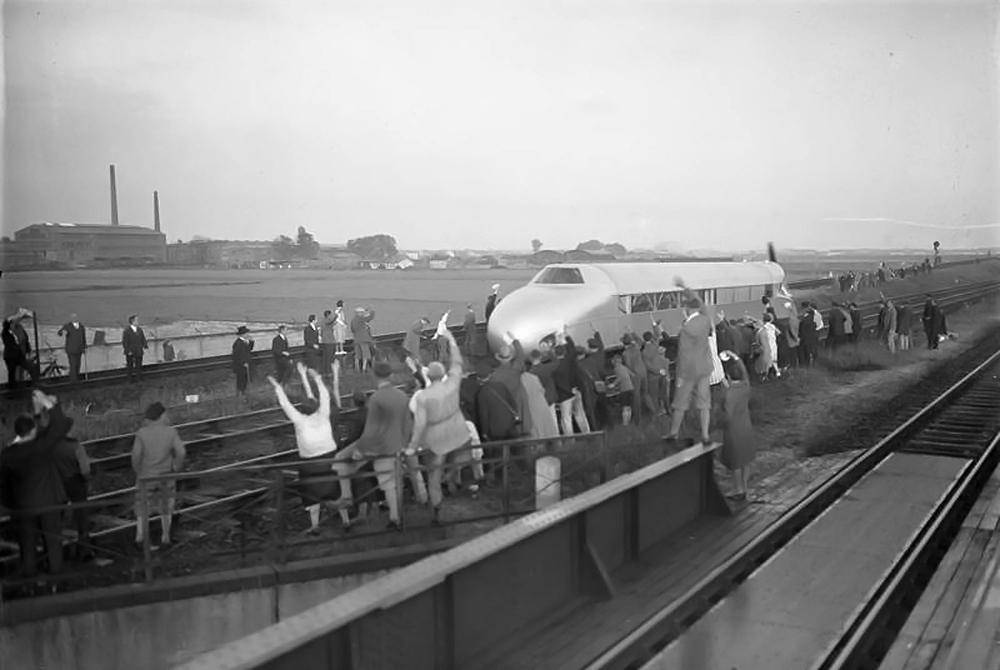
Nazis used Rail Zeppelin to demonstrate German tech superiority.
The last trip of the Schienenzeppelin
In short, operational shortcomings outweighed the beauty of the engineering idea. In 1939, the Germans disassembled the Rail Zeppelin. Schienenzeppelin completed its last trip on April 4, 1939. All the materials filled the needs of the German military industry during WWII.
Franz Kruckenberg continued to design trains for railways and died in 1965 at the age of 82.
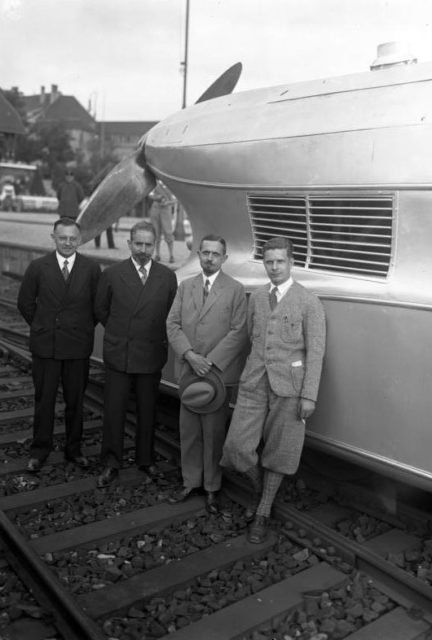
Rail Zeppelin team. Herr Kruckenberg is second from the left
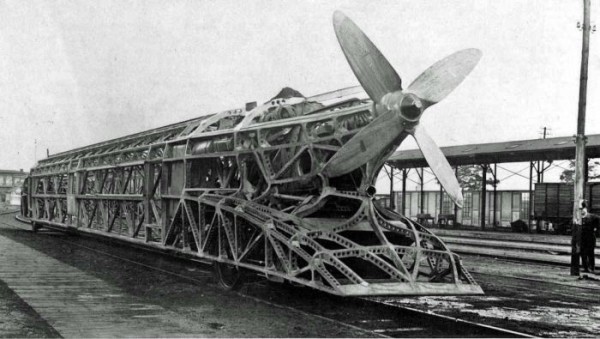
The construction phase, 1931
Сообщение Schienenzeppelin: the Rail Zeppelin, June 1931 появились сначала на Old Pictures.
]]>Сообщение Vintage photo of football in London fog, 1937 появились сначала на Old Pictures.
]]>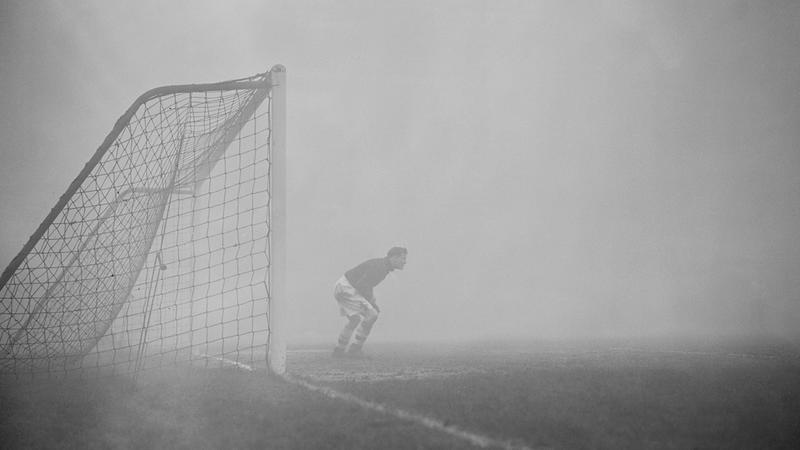 This vintage photo is nothing special: a goalkeeper is playing football during a heavy fog. Nevertheless, there is a funny story behind this picture.
This vintage photo is nothing special: a goalkeeper is playing football during a heavy fog. Nevertheless, there is a funny story behind this picture.
Famous London’s fog
Football life in the 1930s was pretty bright and bizarre. The game was only gaining its popularity, and even World Cup required an extra promotion. At the same time, football players could greet the public with the Nazi salute. Sometimes the weather caused the Black Swan effect.
In 1937, the Charlton Athletic and Chelsea teams played at Stamford Bridge Football Stadium in Fulham, London. Everything went wrong from the very beginning, for both players and the fans. The football players could barely see each other due to the heavy fog. The referee stopped the game, but a few minutes later, he resumed again. He decided that the London fog was not an obstacle for an English football player.
And the game continued. At least that’s what Charlton Athletic goalkeeper Sam Bartram thought. He honestly guarded the goal, peering into the fog. The tried to find figures of the players with the ball. He tried to find opponents as a goalkeeper needed to defend his net. But the figures did not appear in any way. The field was unusually quiet. So he stood with maximum concentration and tension for about 15 minutes. Someone took this vintage football photo during this quarter of an hour.
A weird football situation
Bartram recalled later in his autobiography: “A long time passed, and then a figure emerged from the fog. It was a policeman who looked at me: ” What are you doing here? – he asked. – The game has been canceled for a quarter of an hour. There is nobody on the field.”
It turned out that the referee decided to interrupt the game after a short resumption. Disappointed spectators dispersed to their homes, and the players streamed to the dressing rooms. And no one bothered to warn Charlton Athletic goalkeeper. He was at the opposite end of the field during the match cancellation. Bartram caught his luck when a policeman found him. Otherwise, Sam could guard the gate until the next match.
Сообщение Vintage photo of football in London fog, 1937 появились сначала на Old Pictures.
]]>